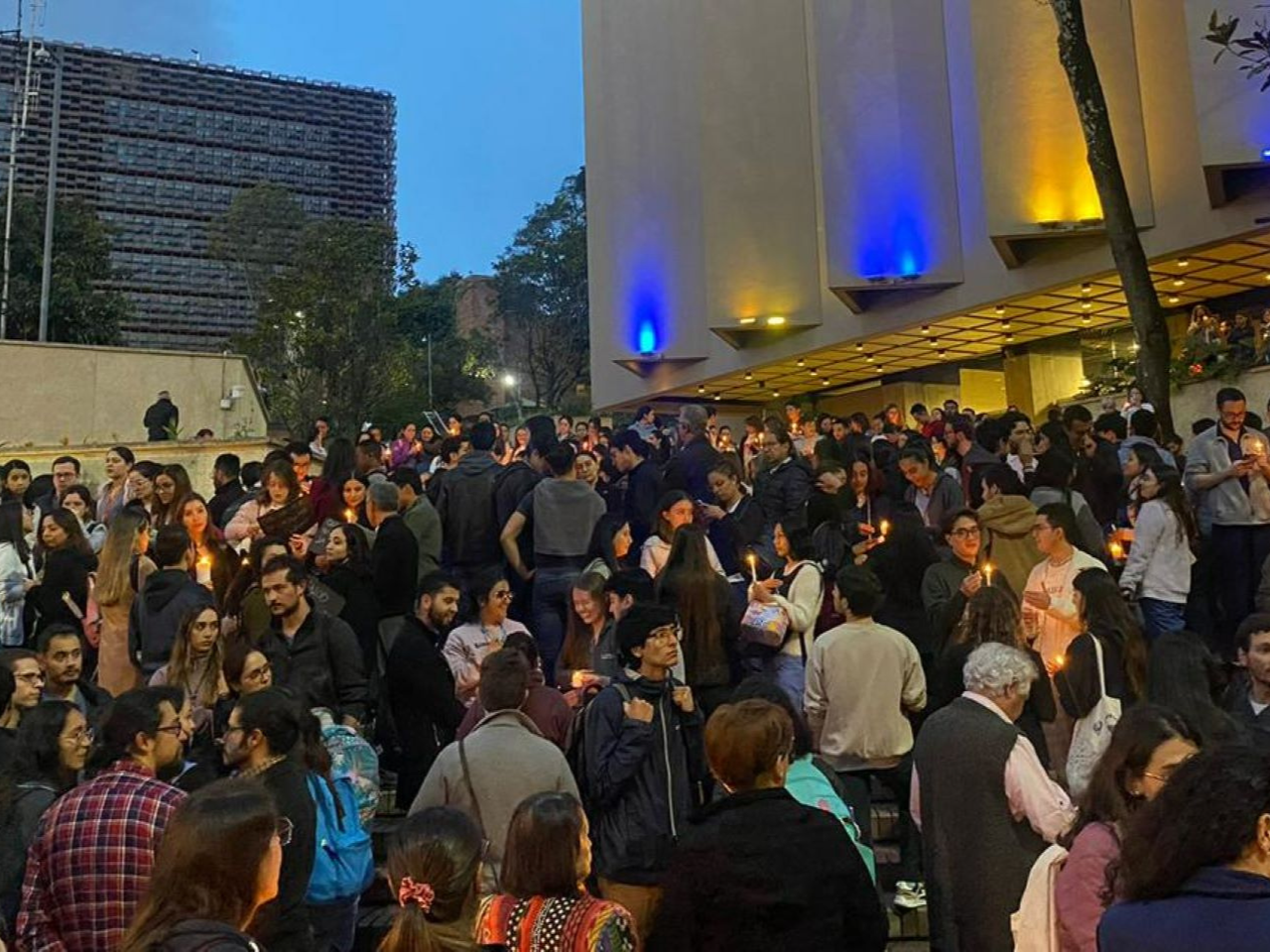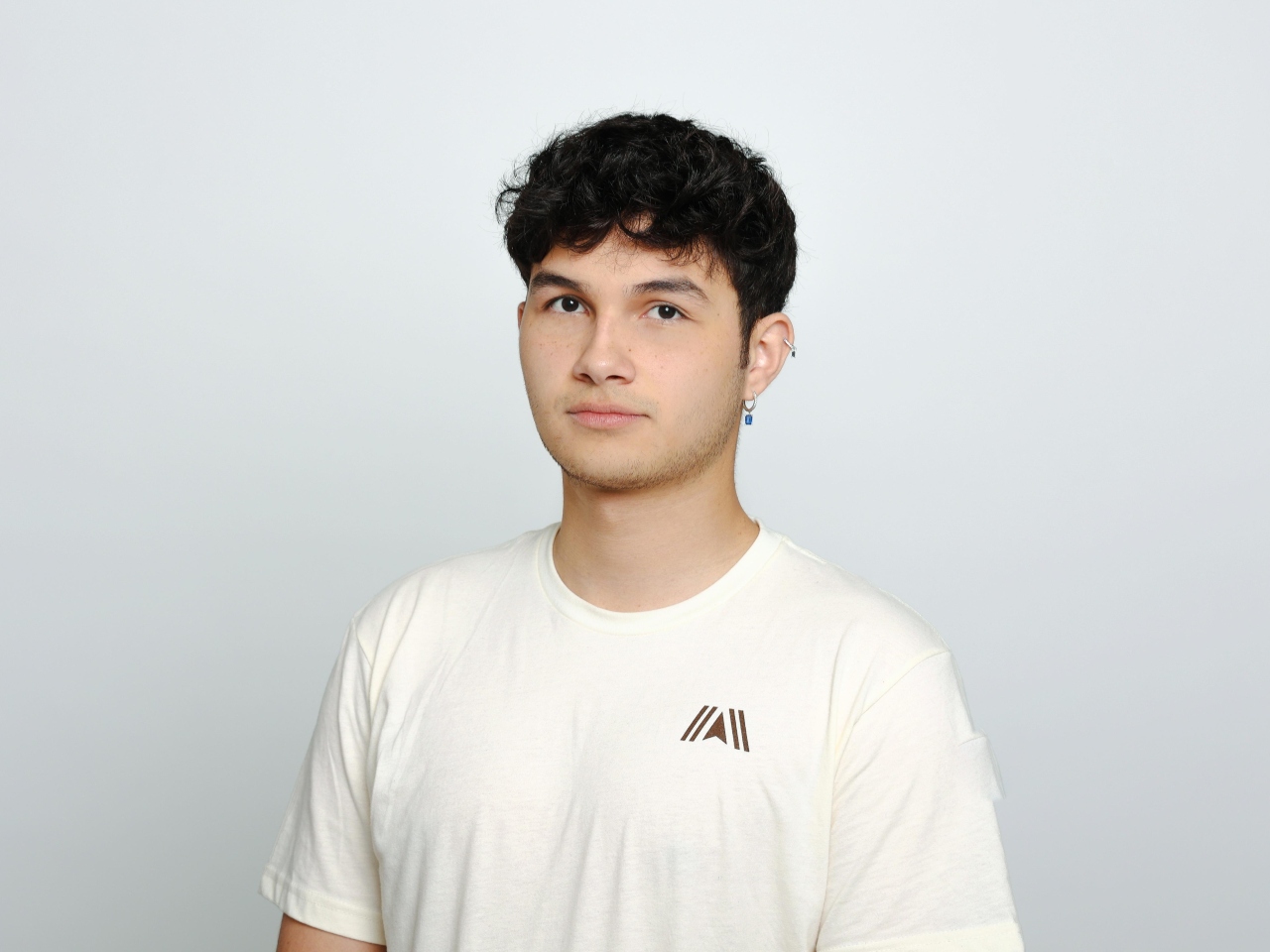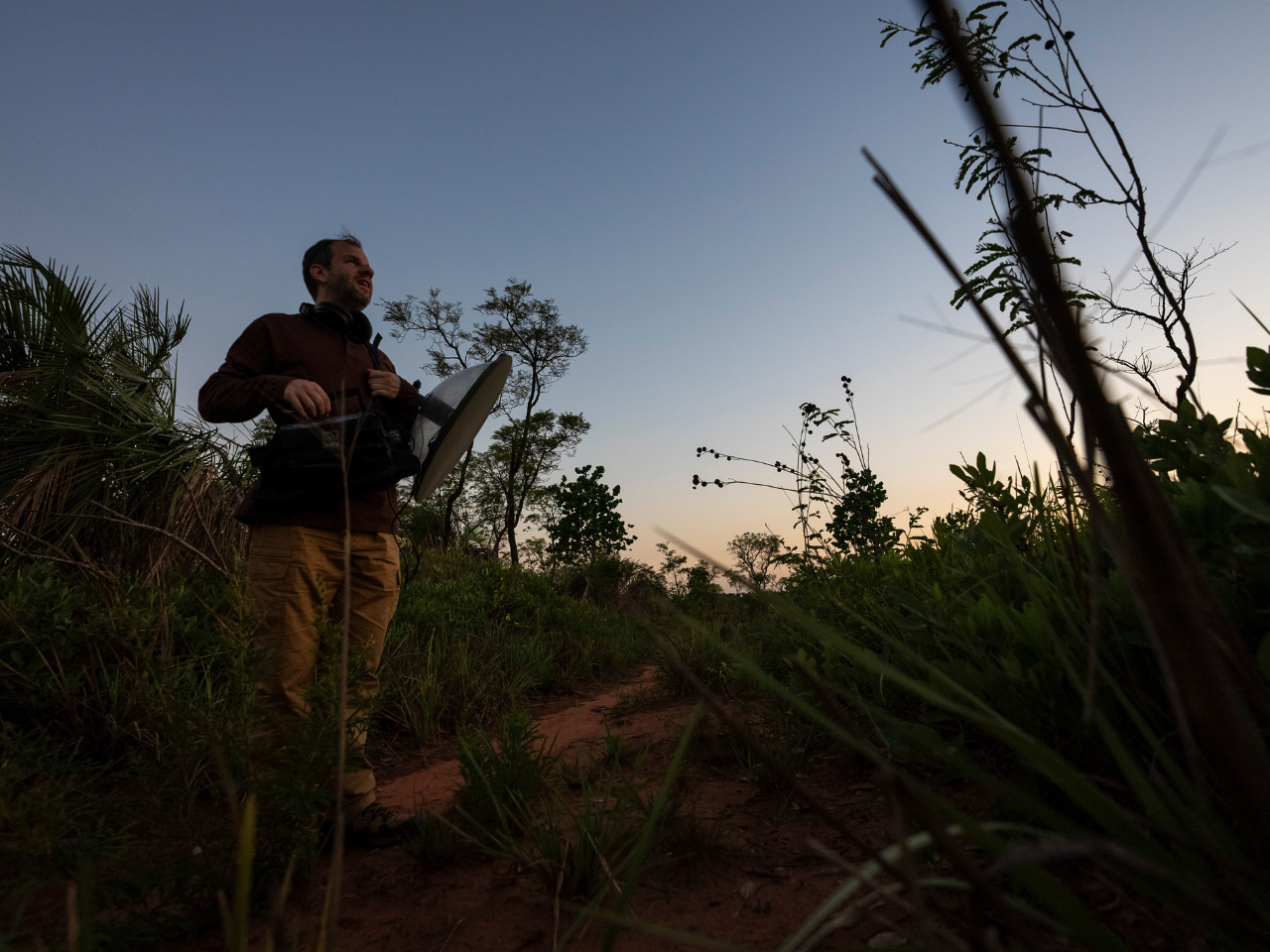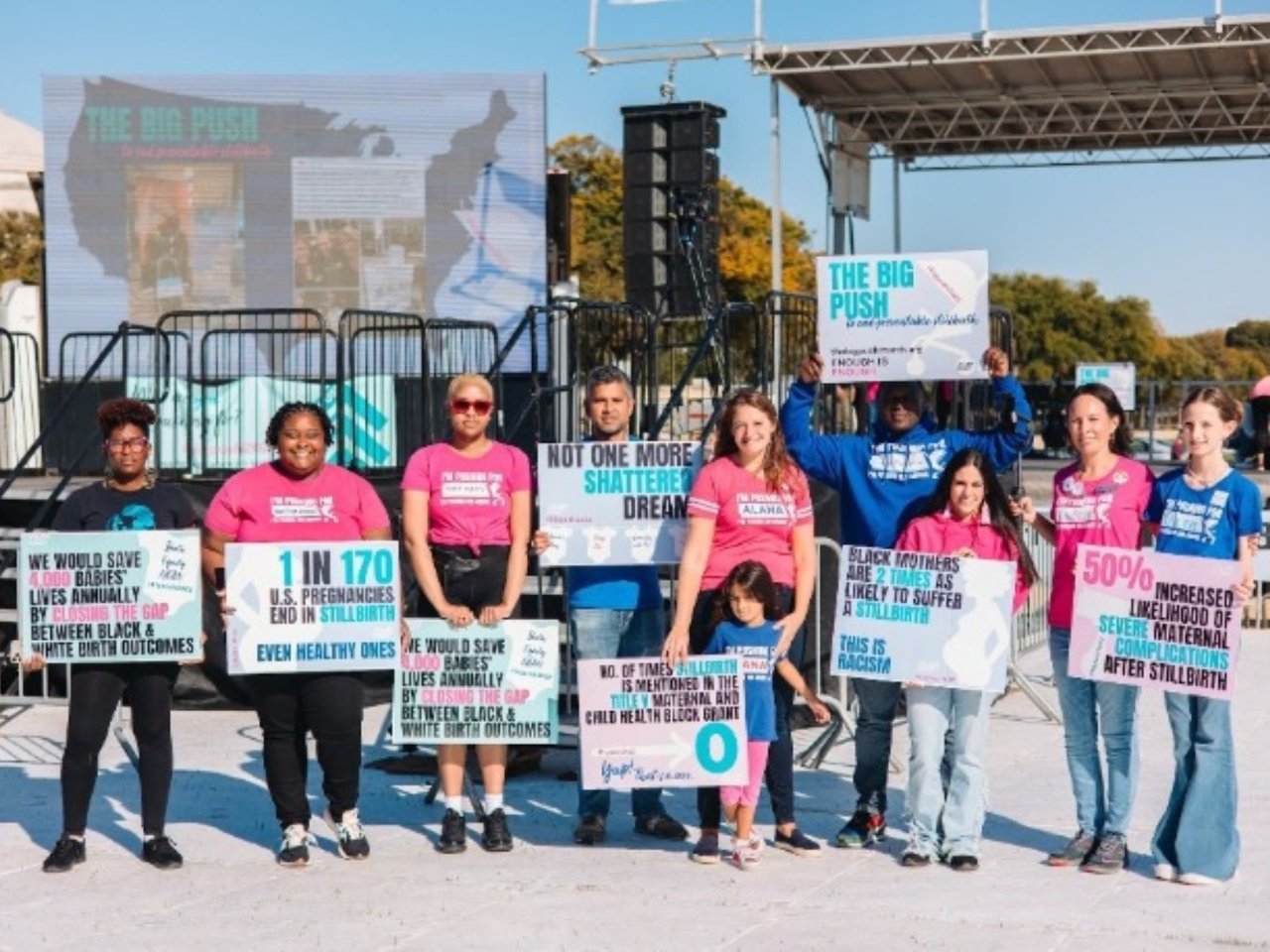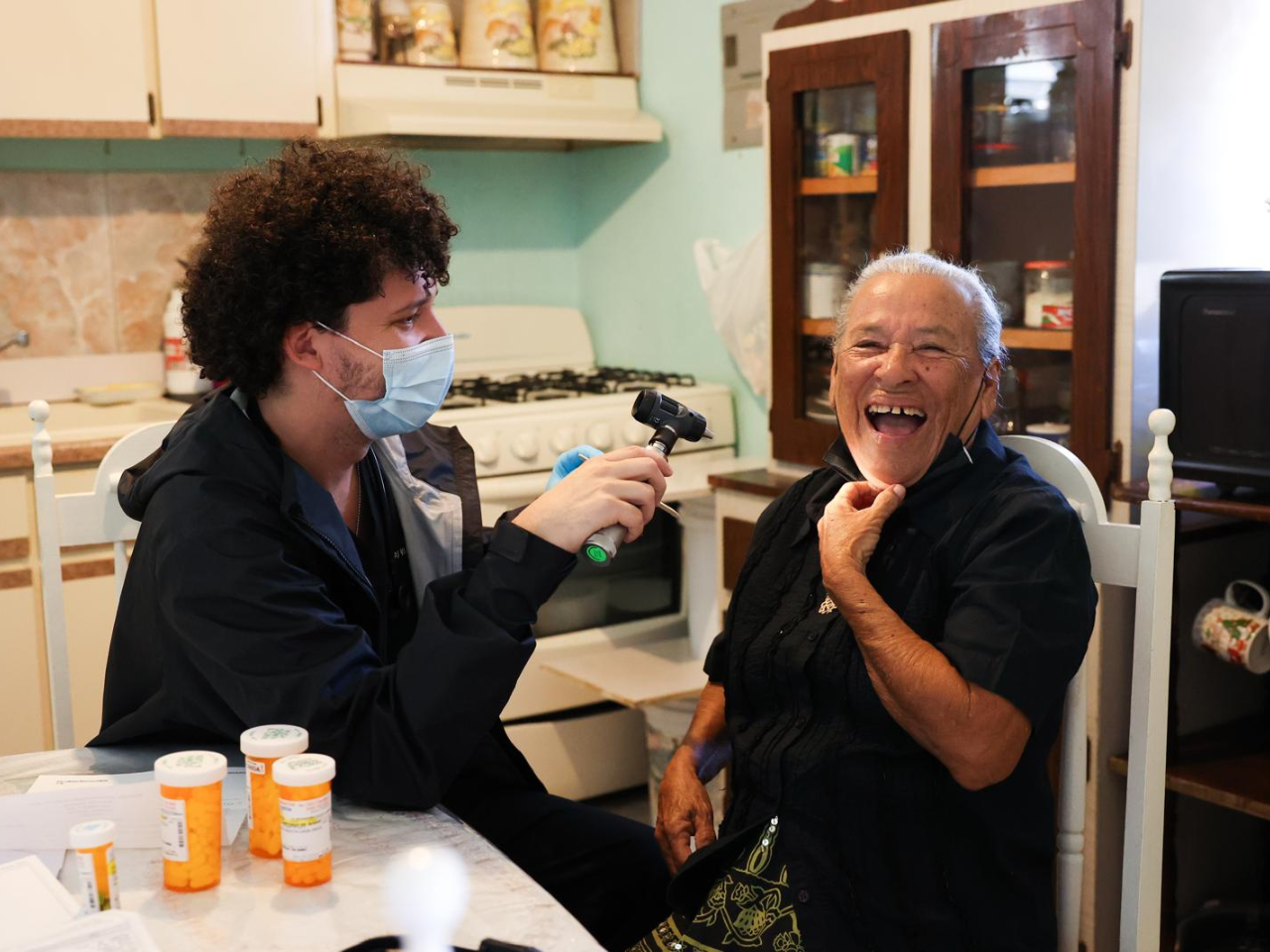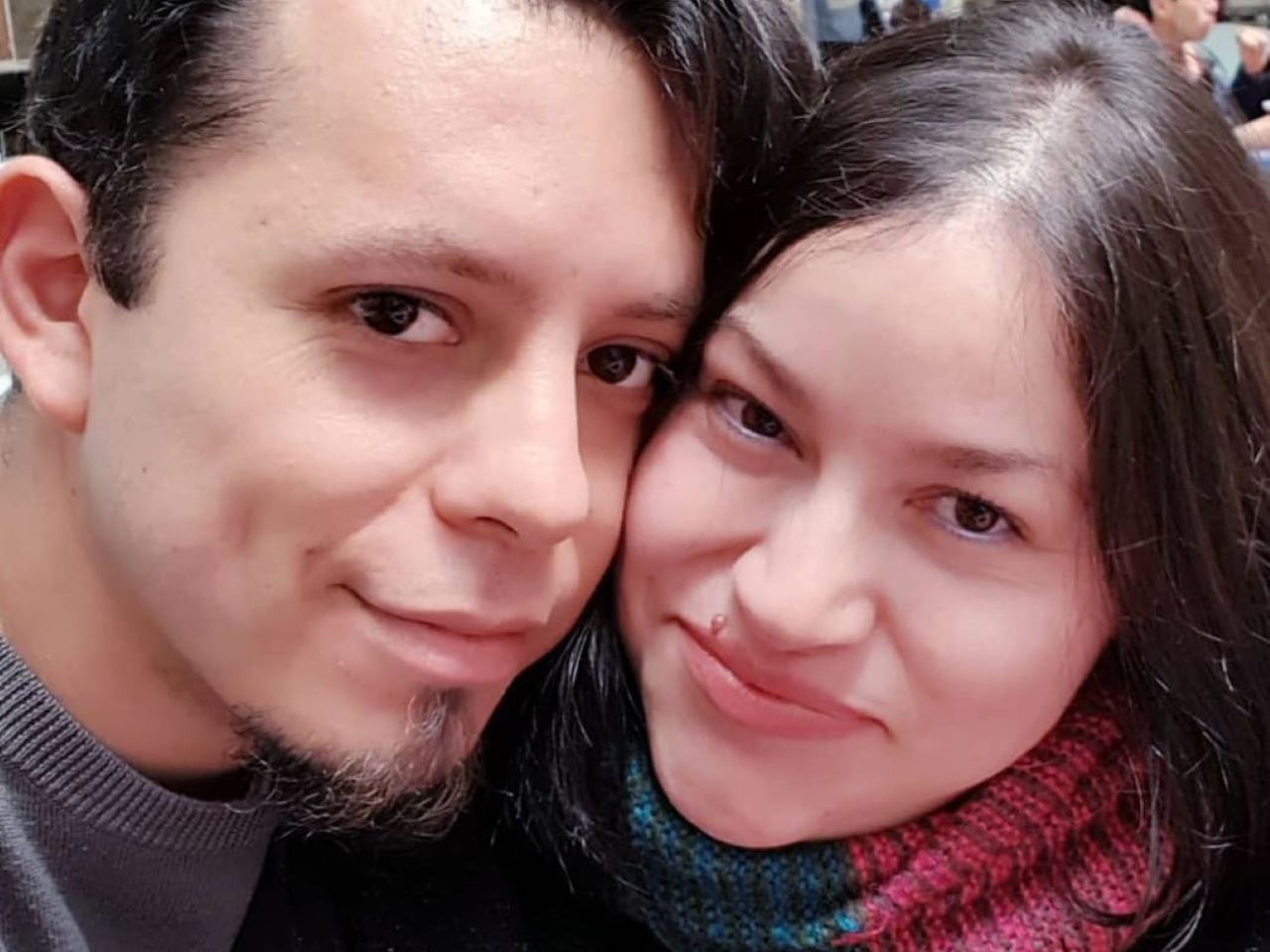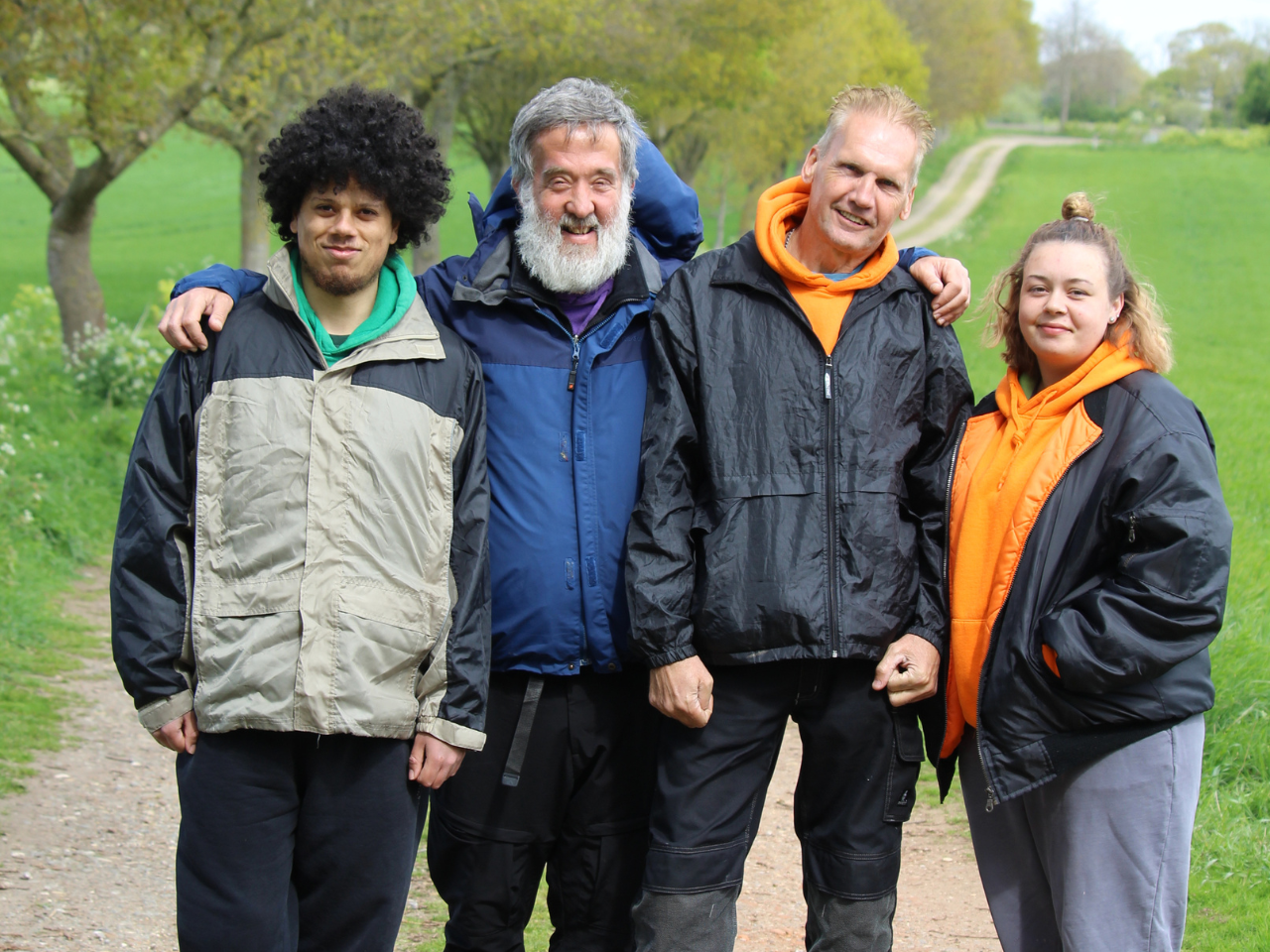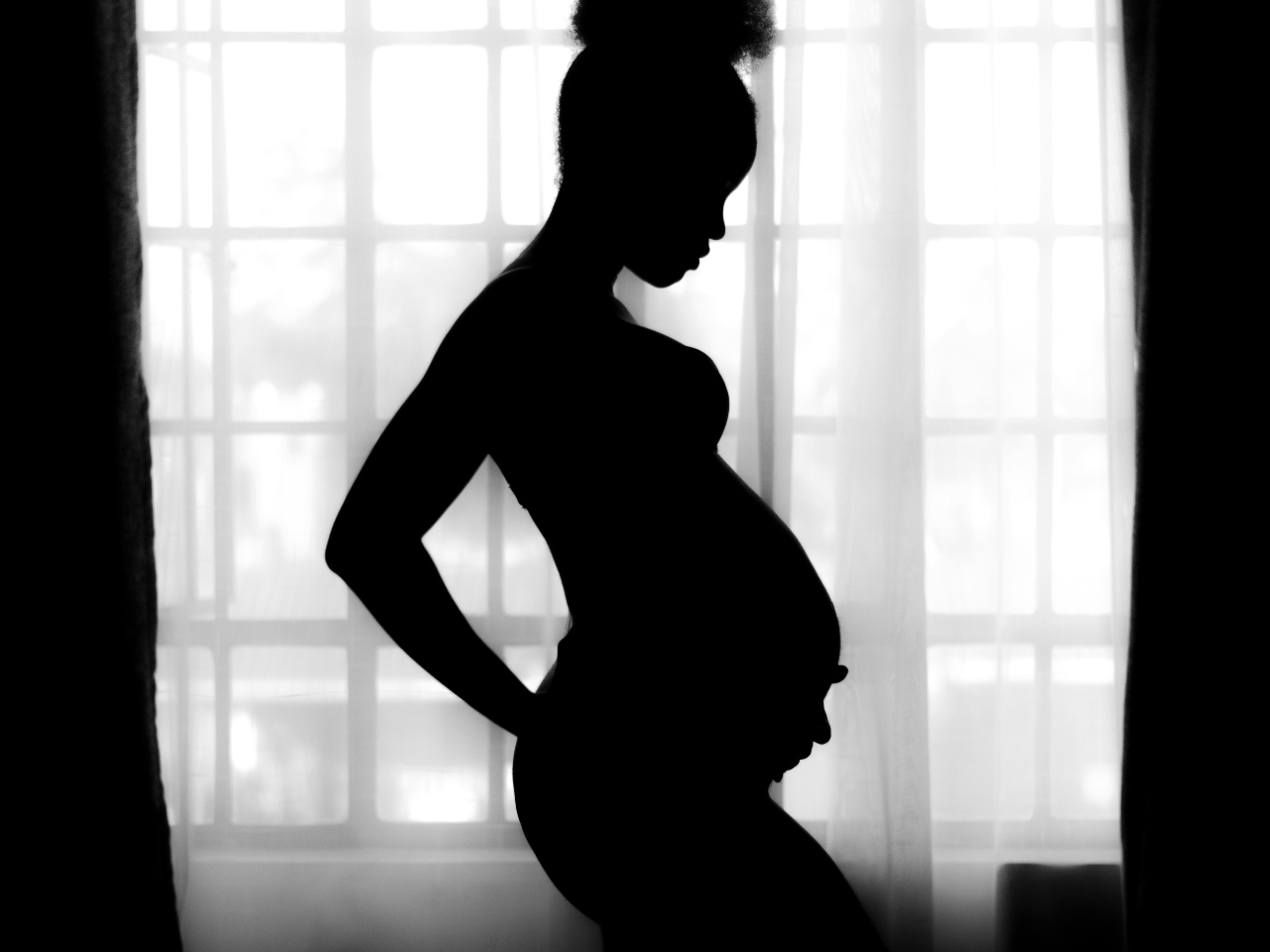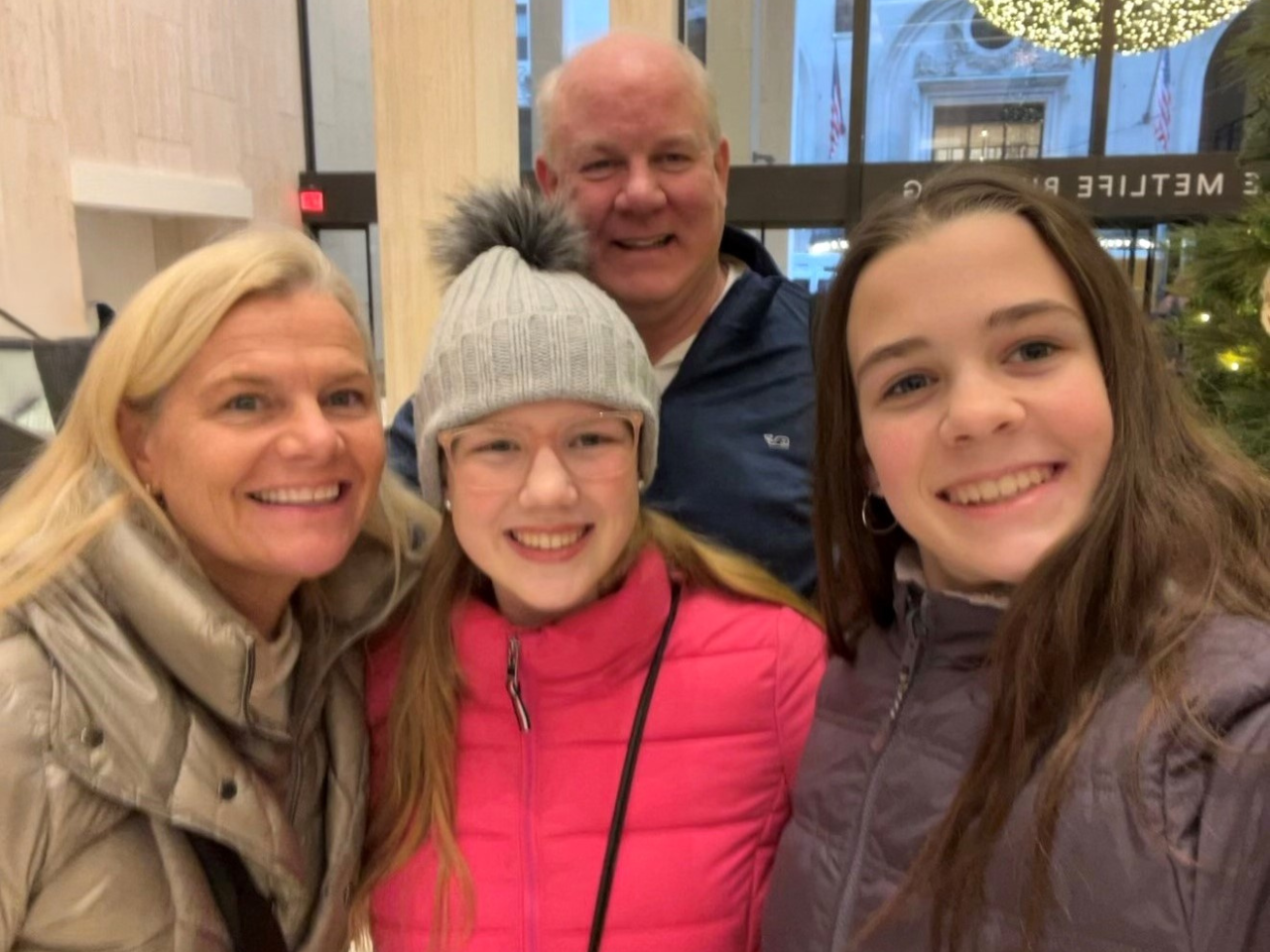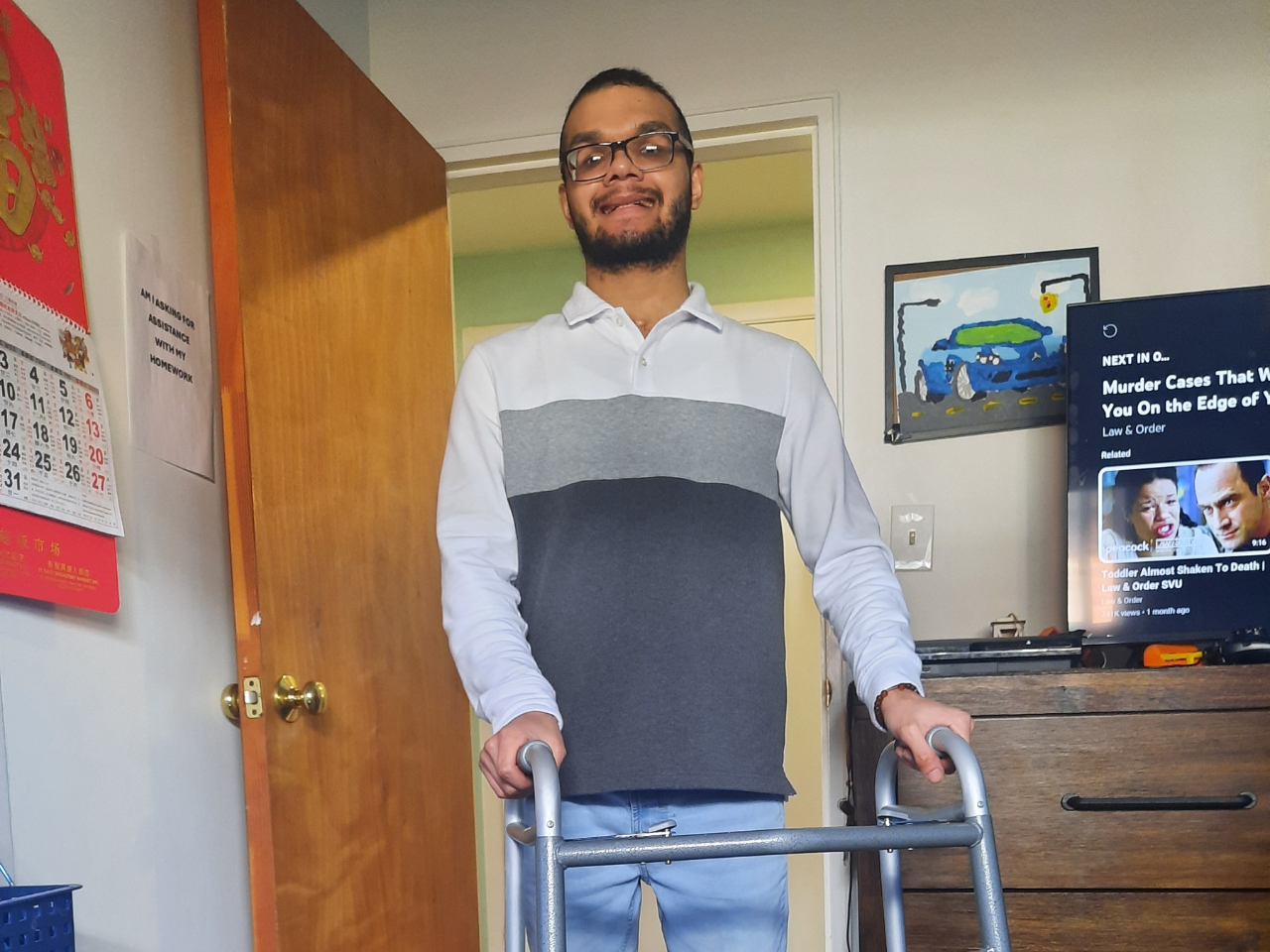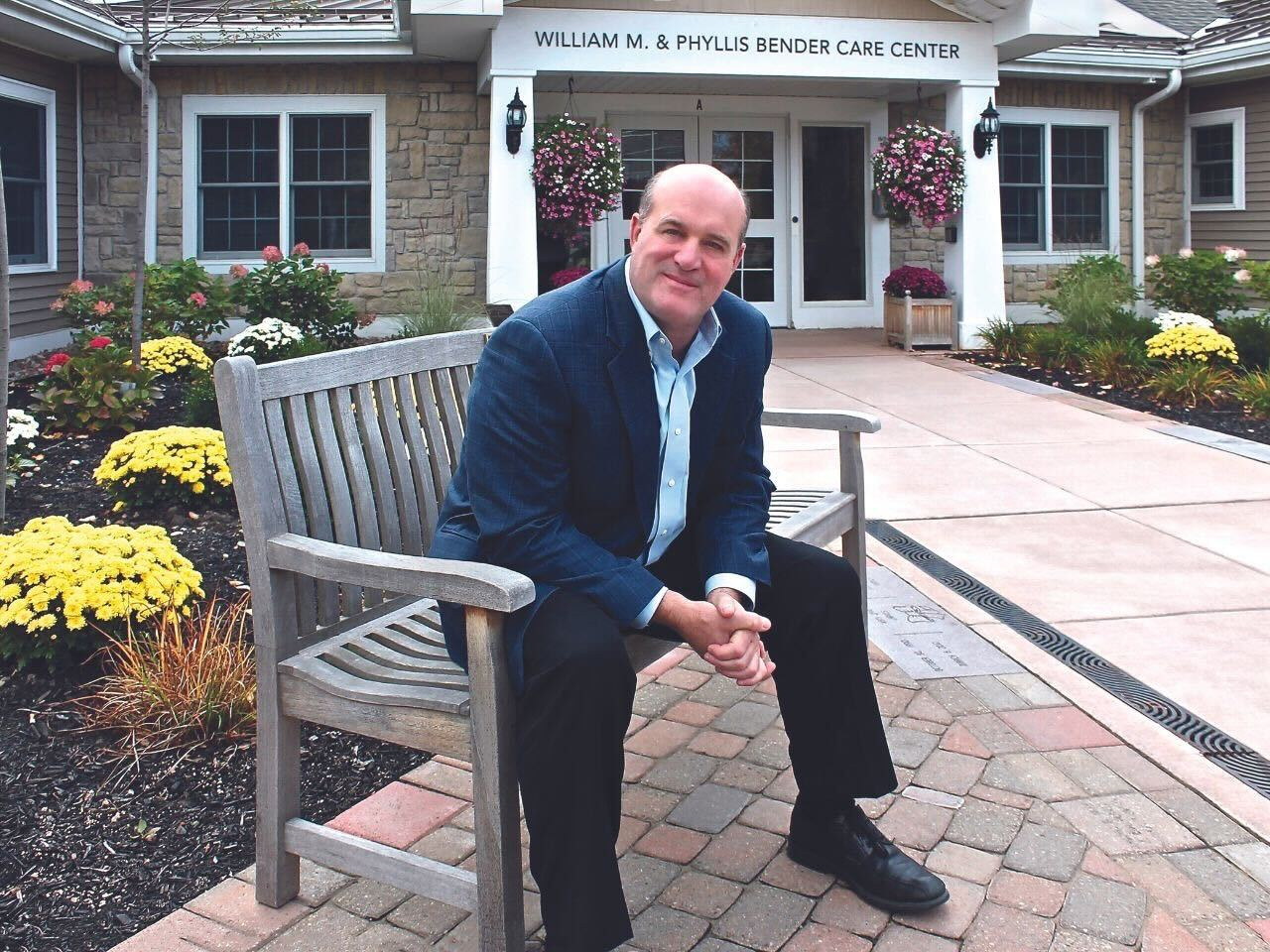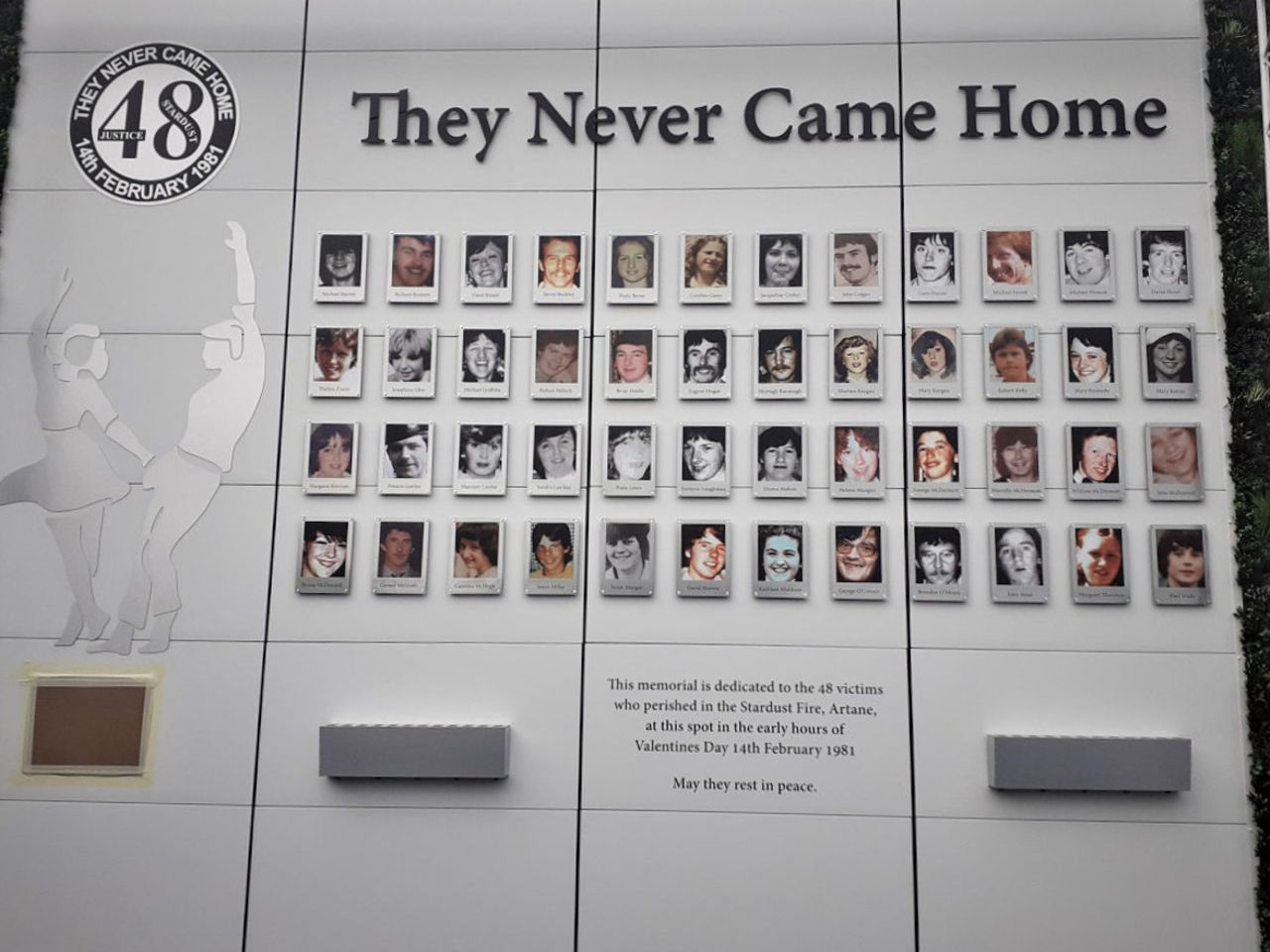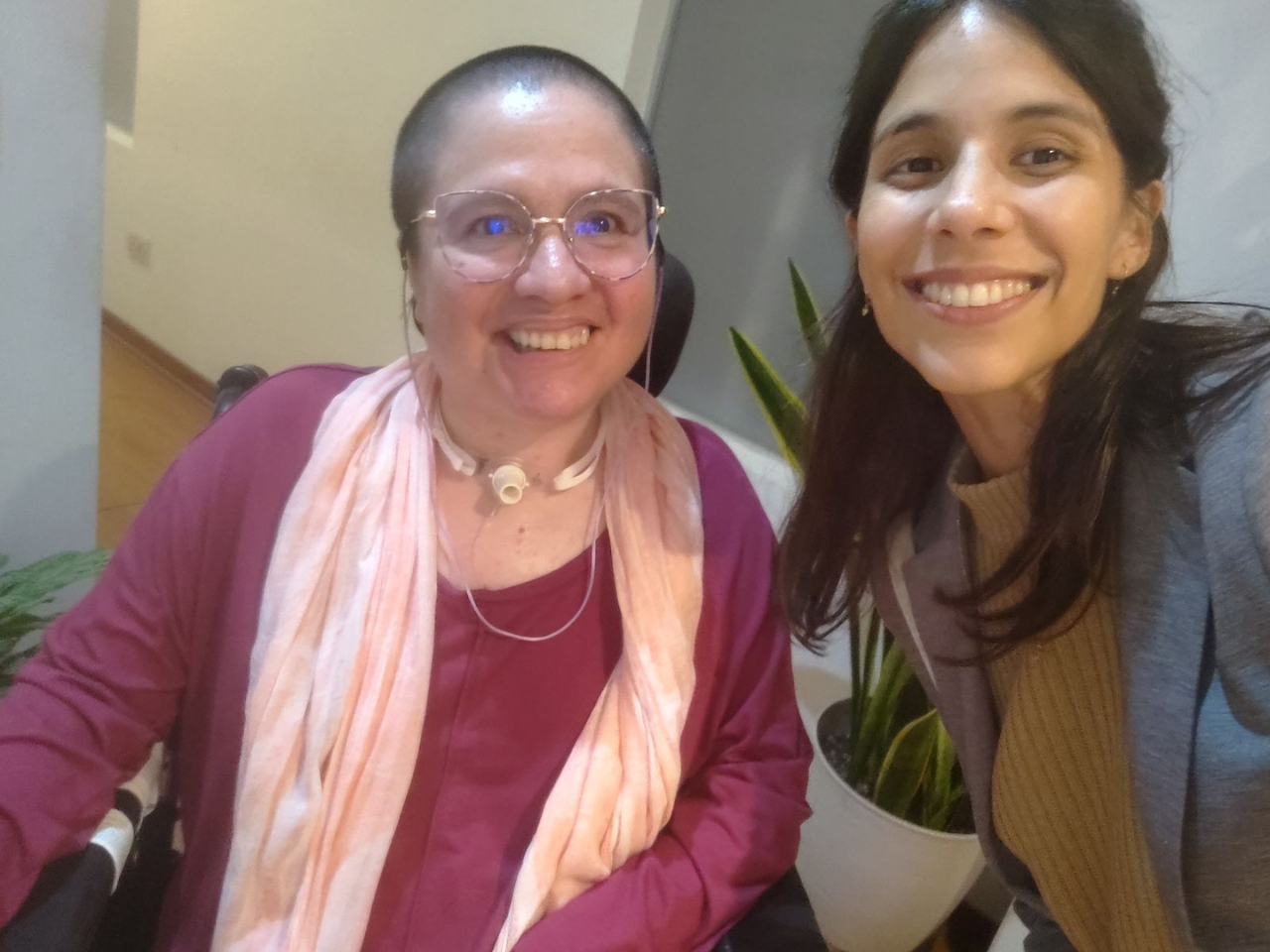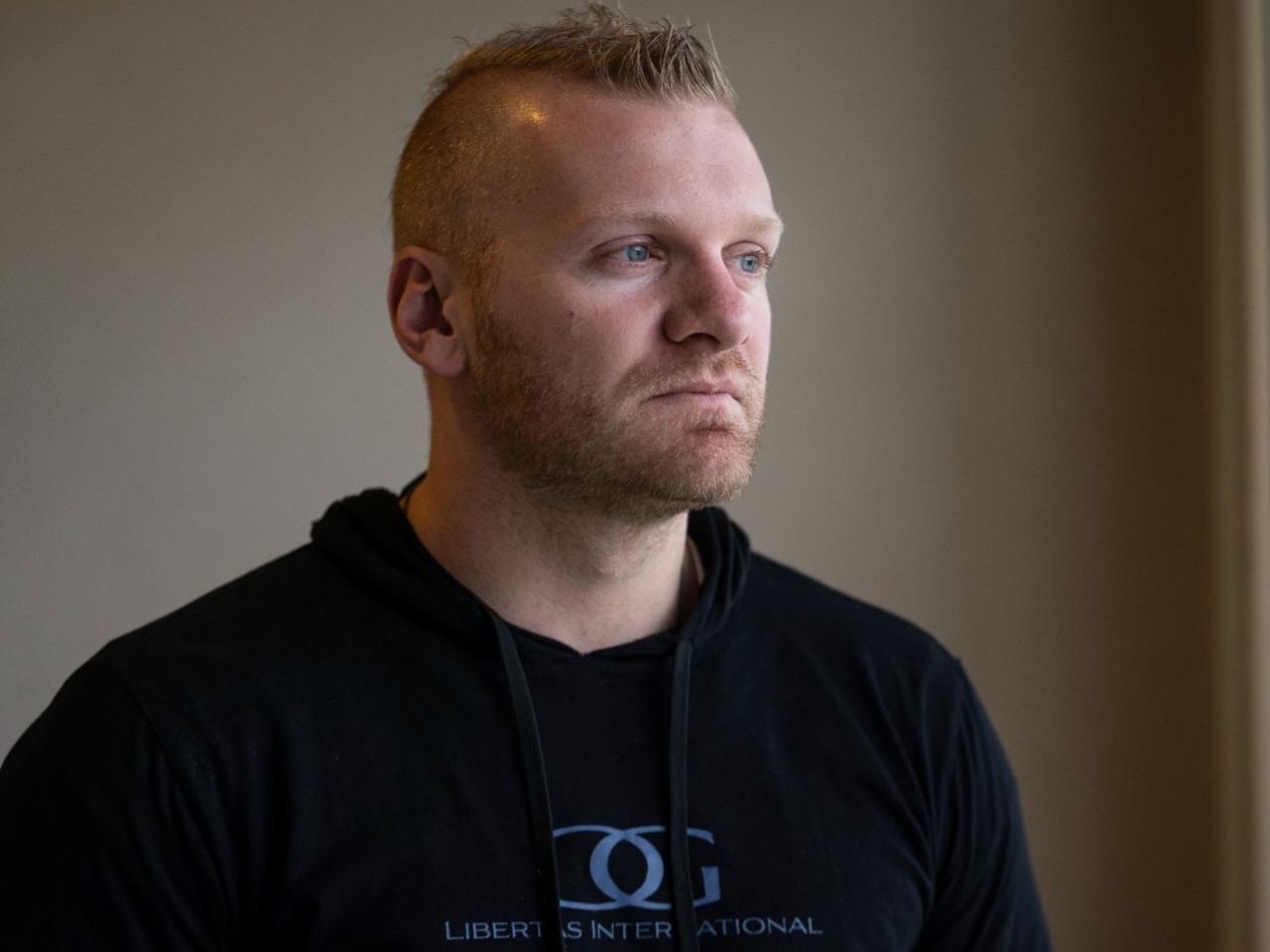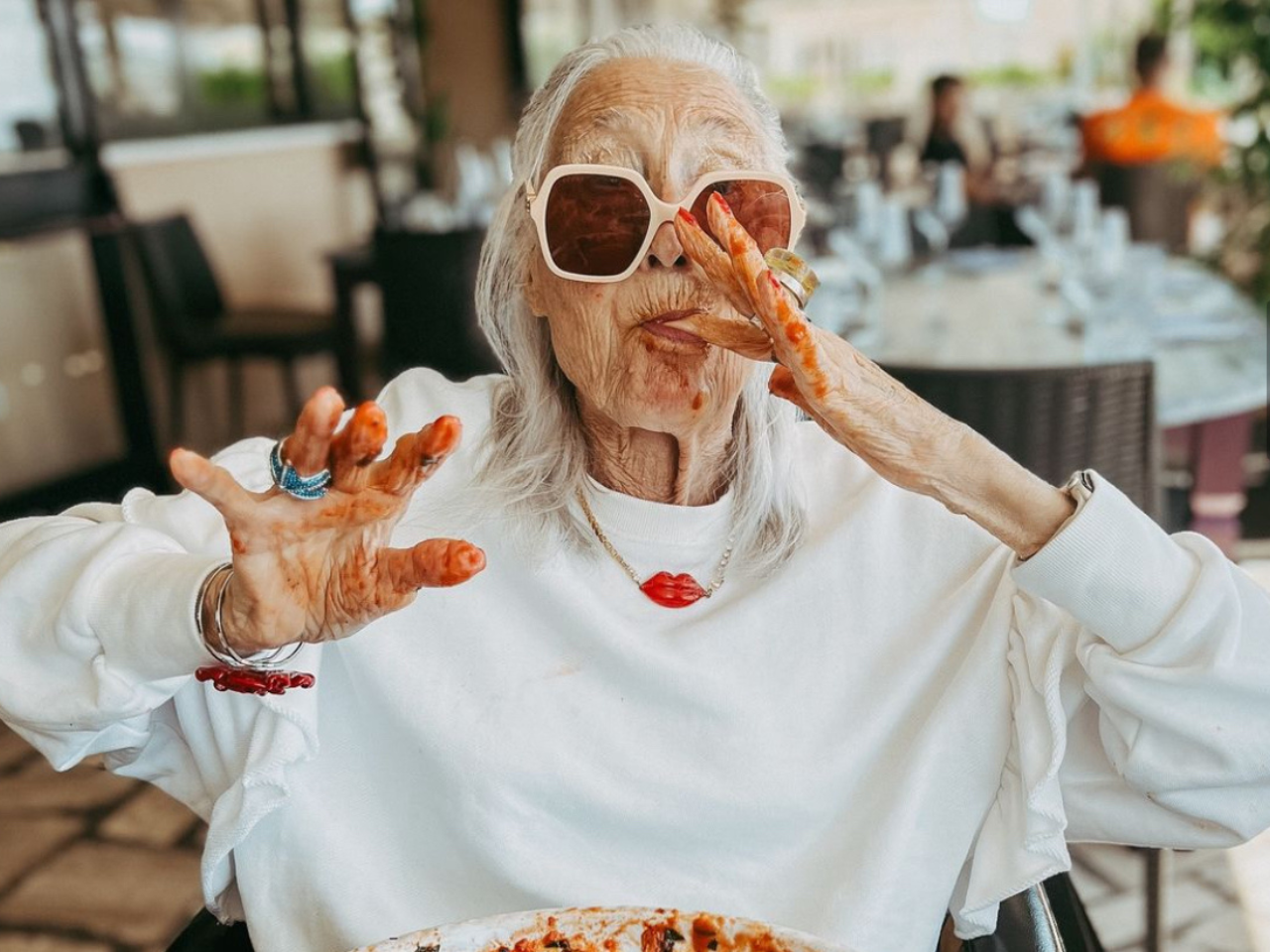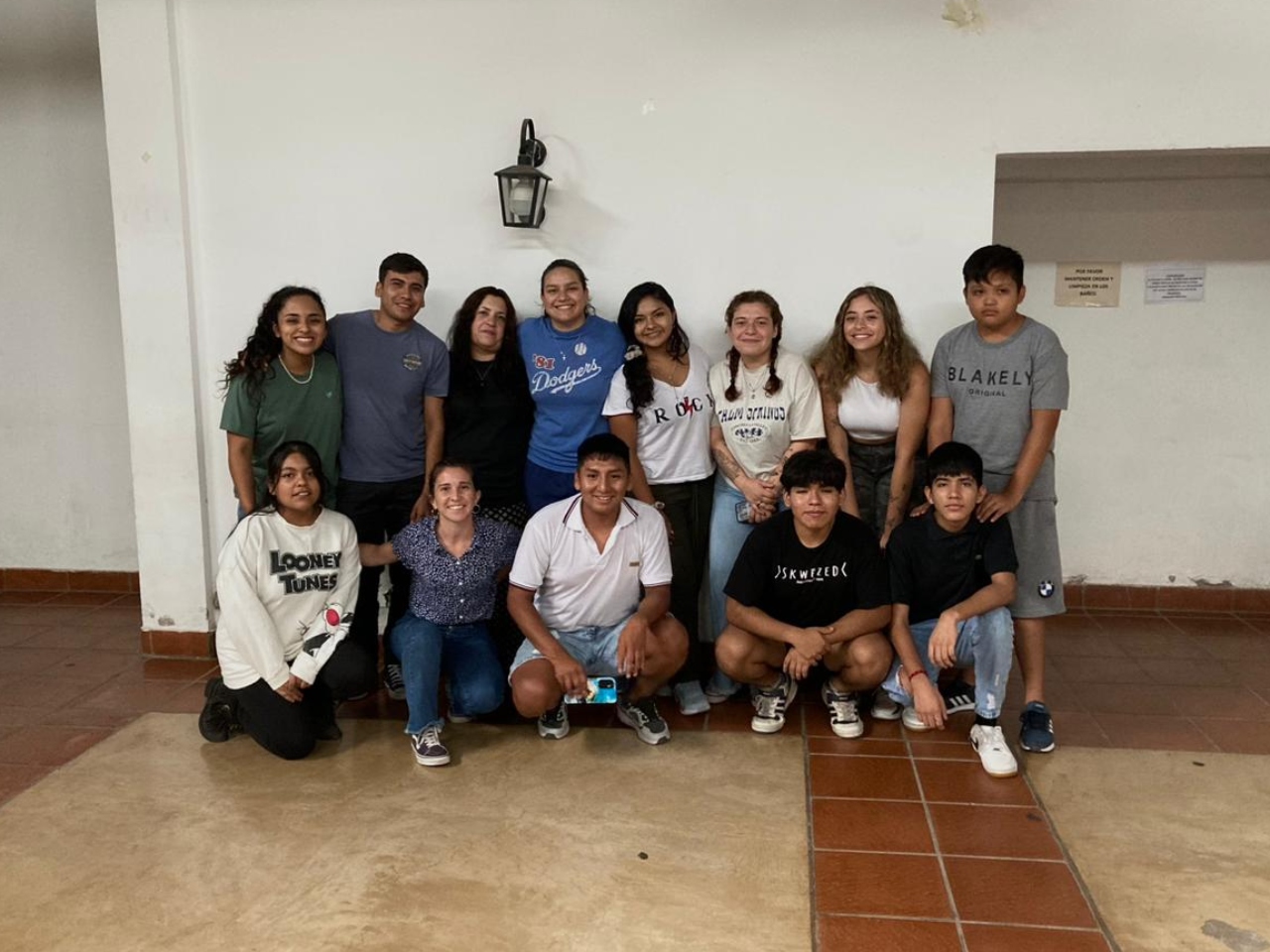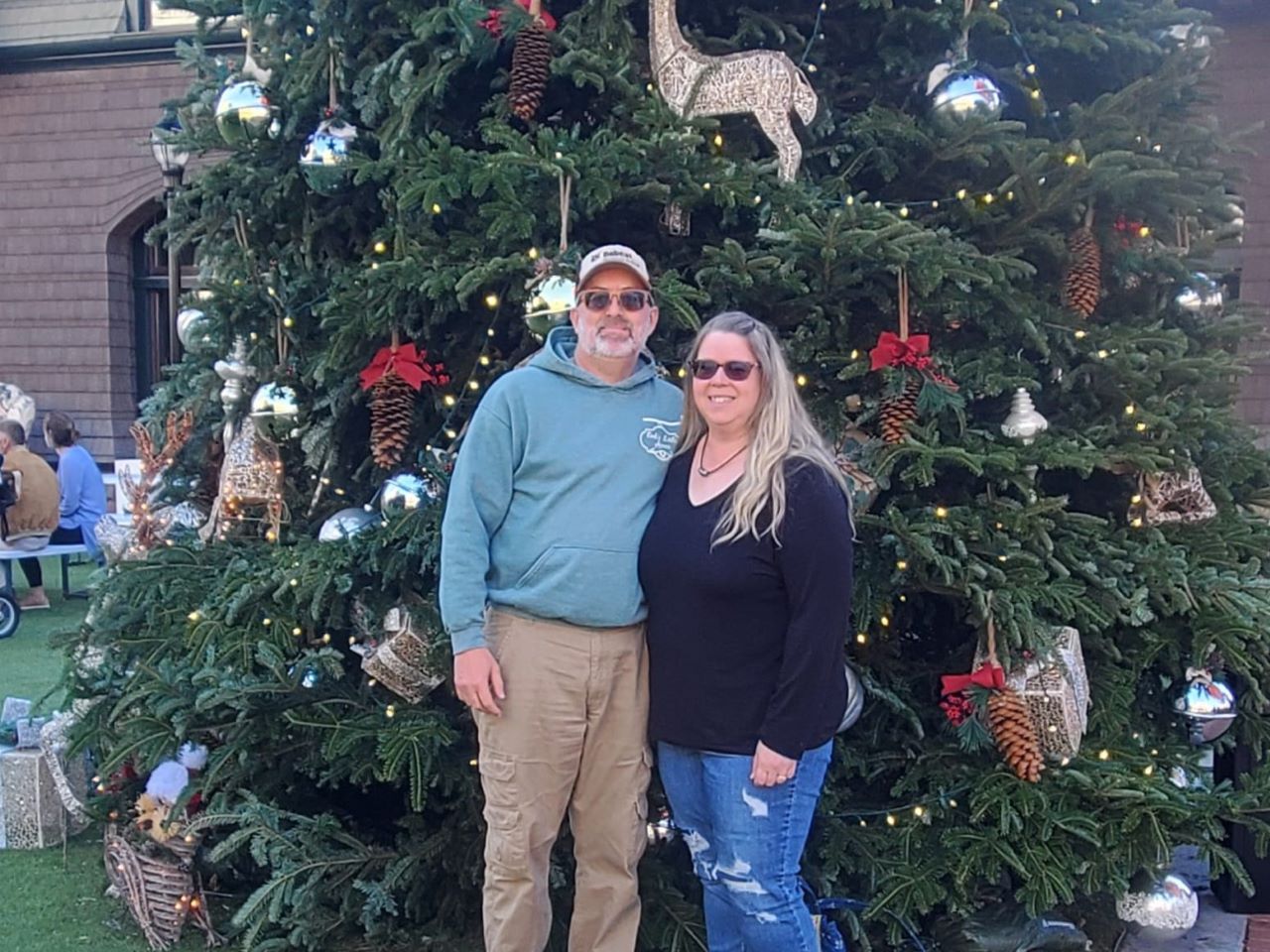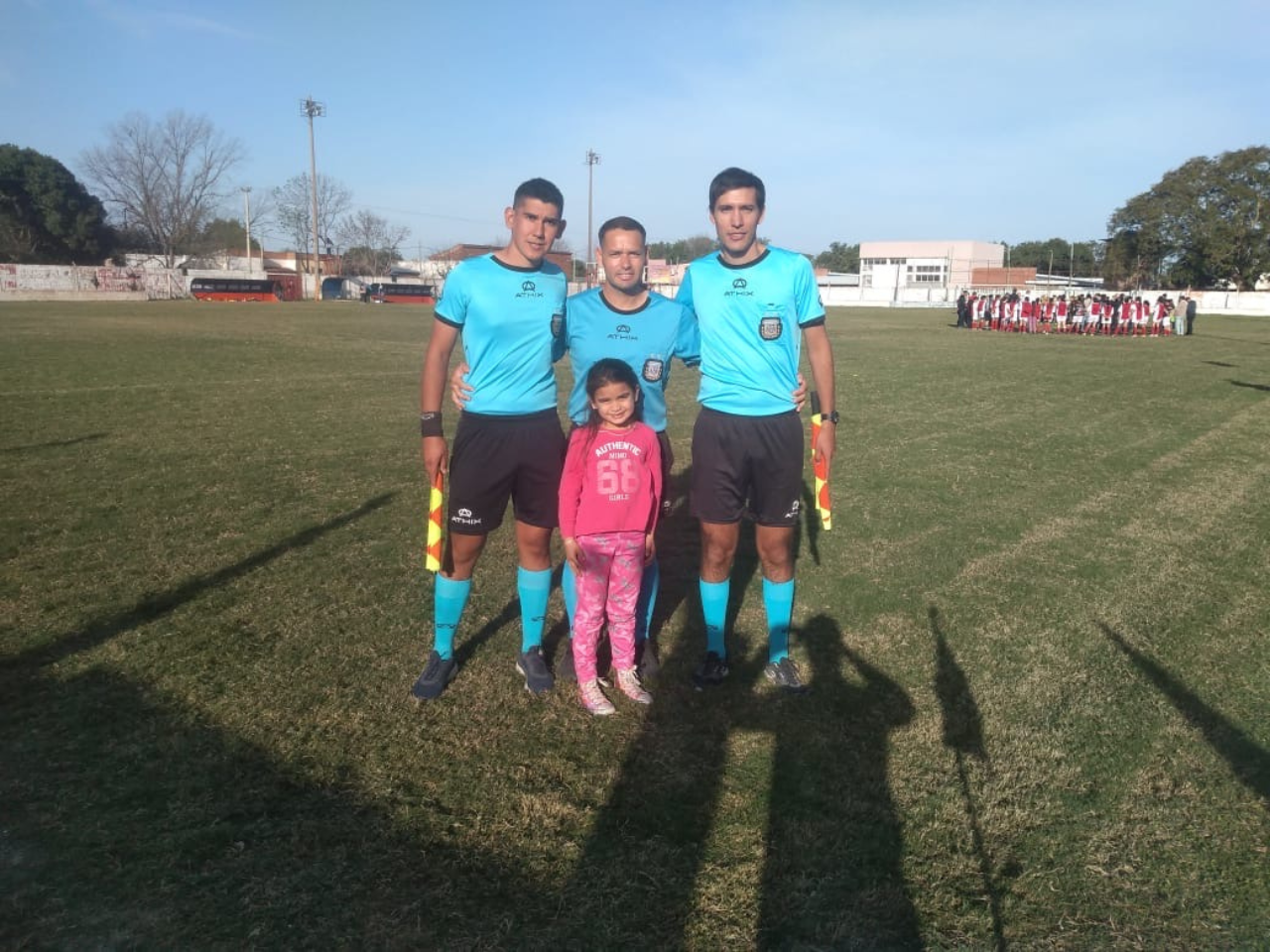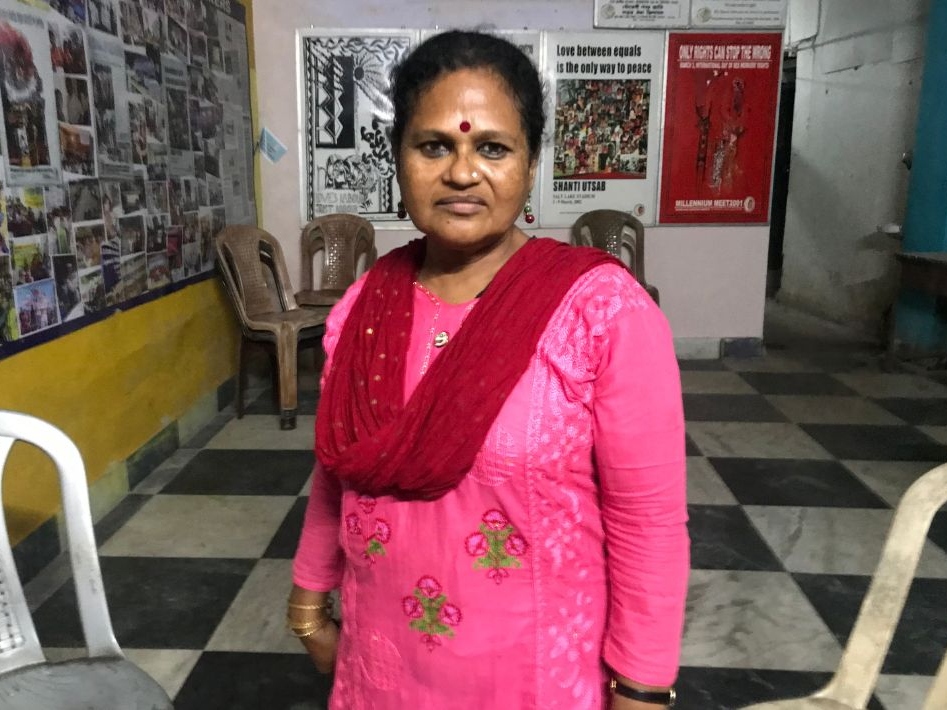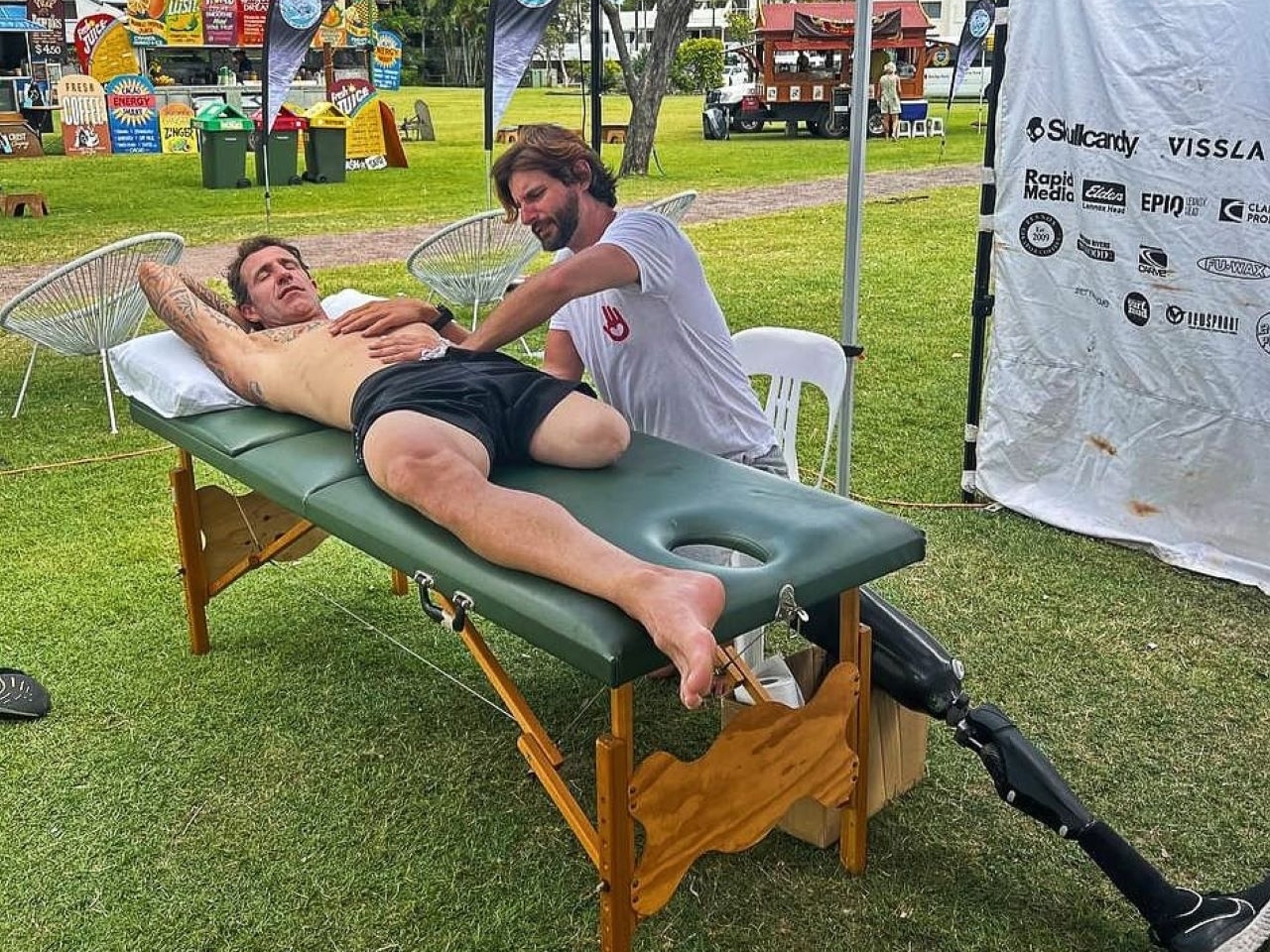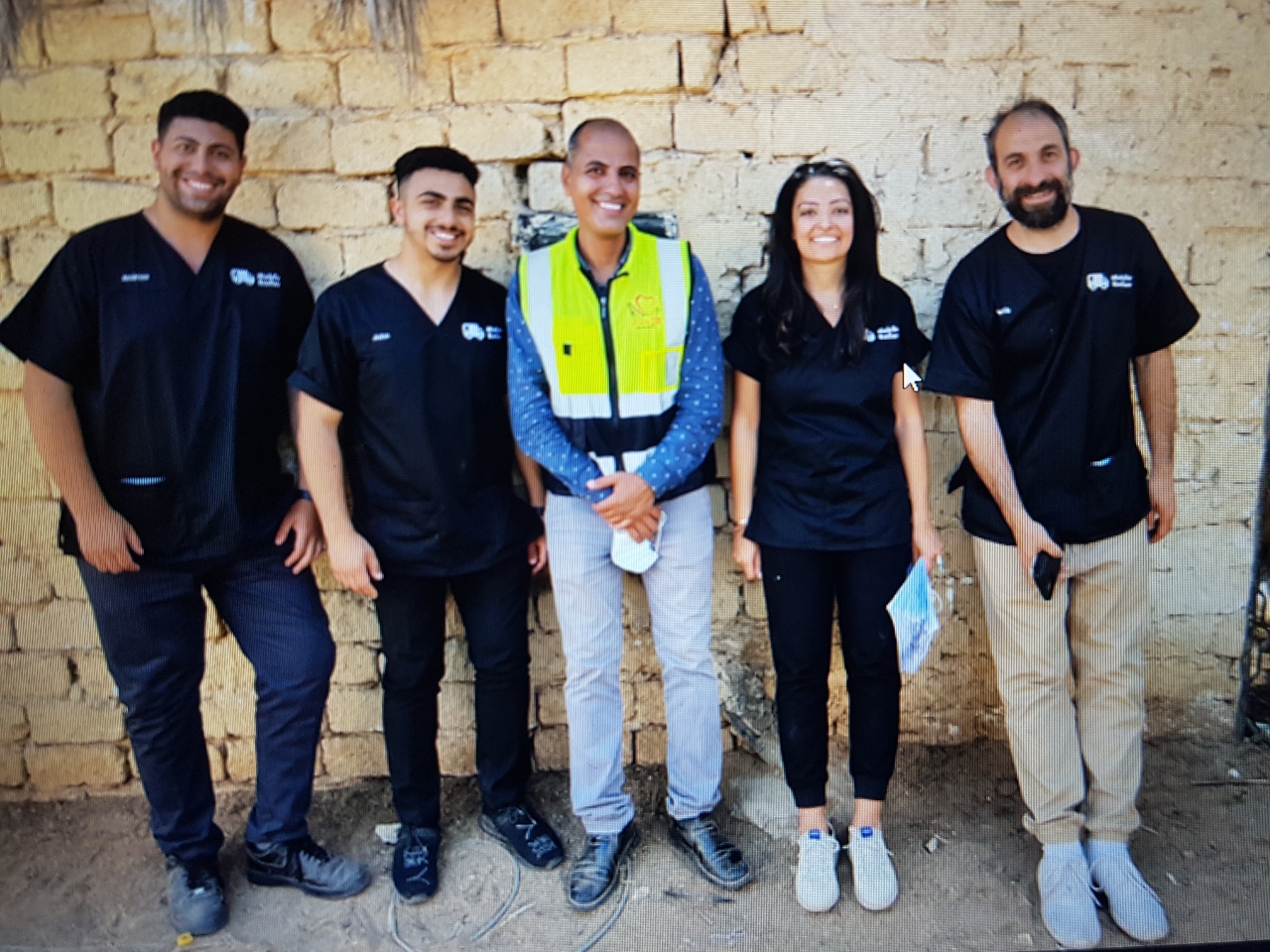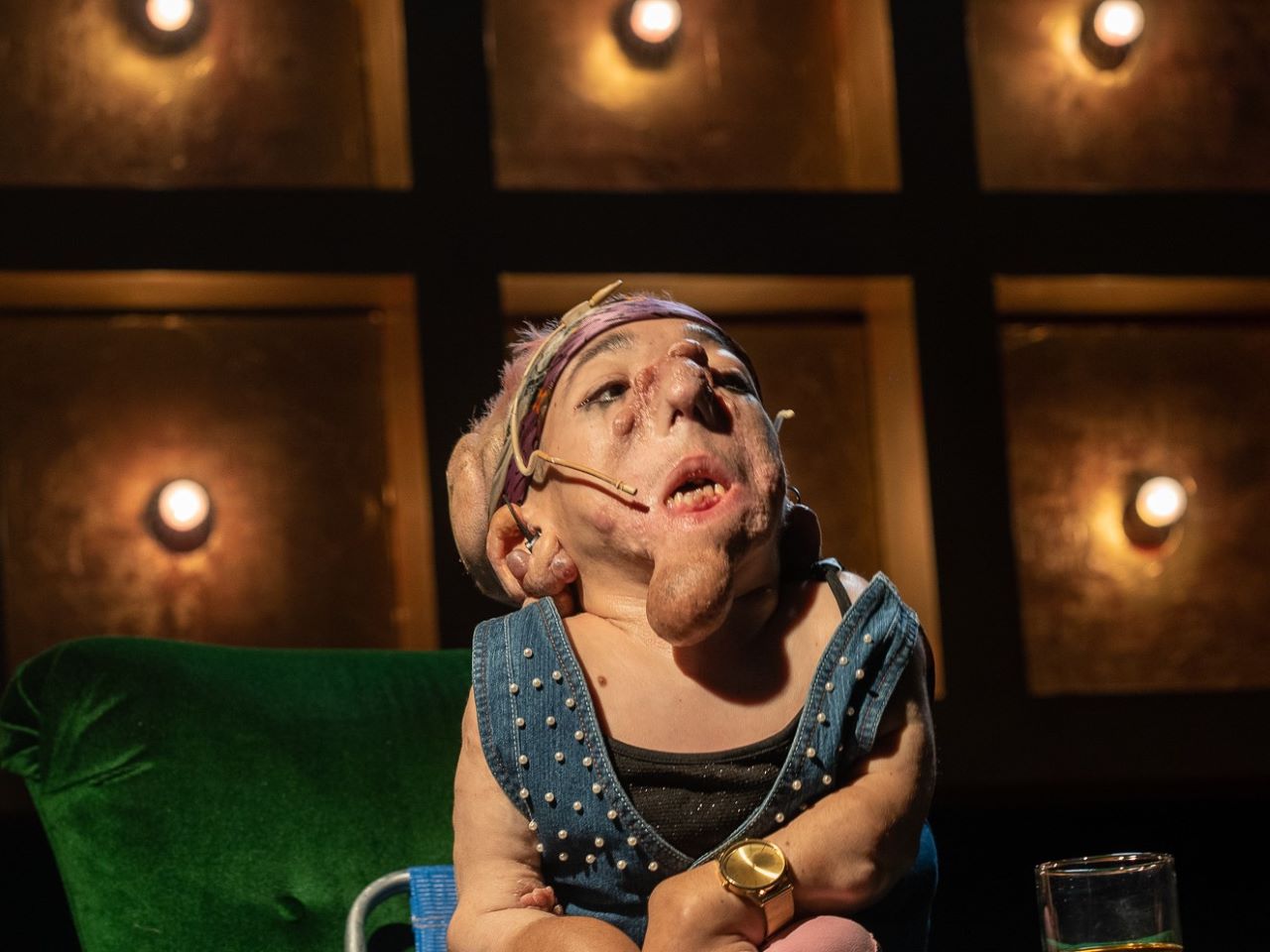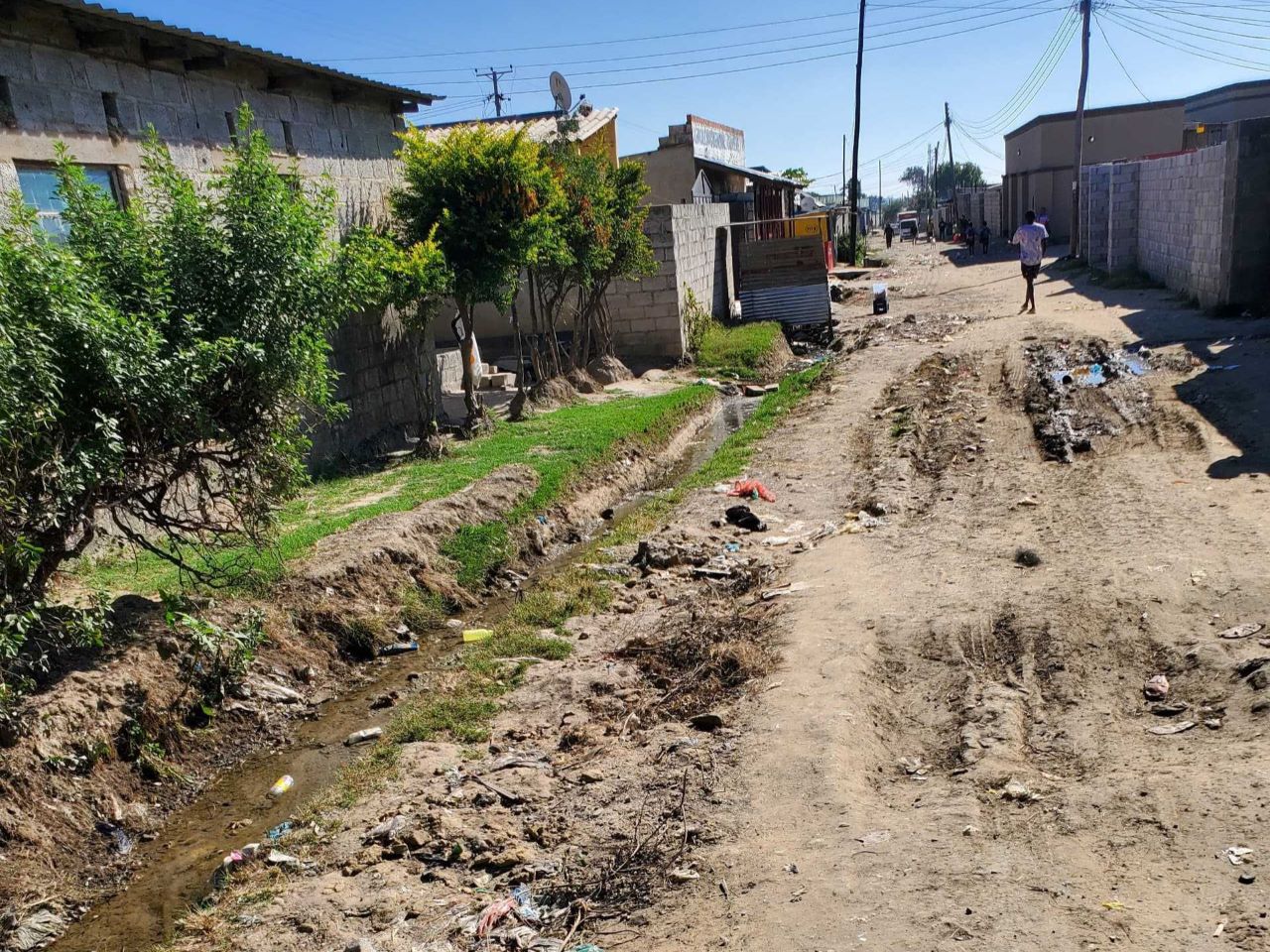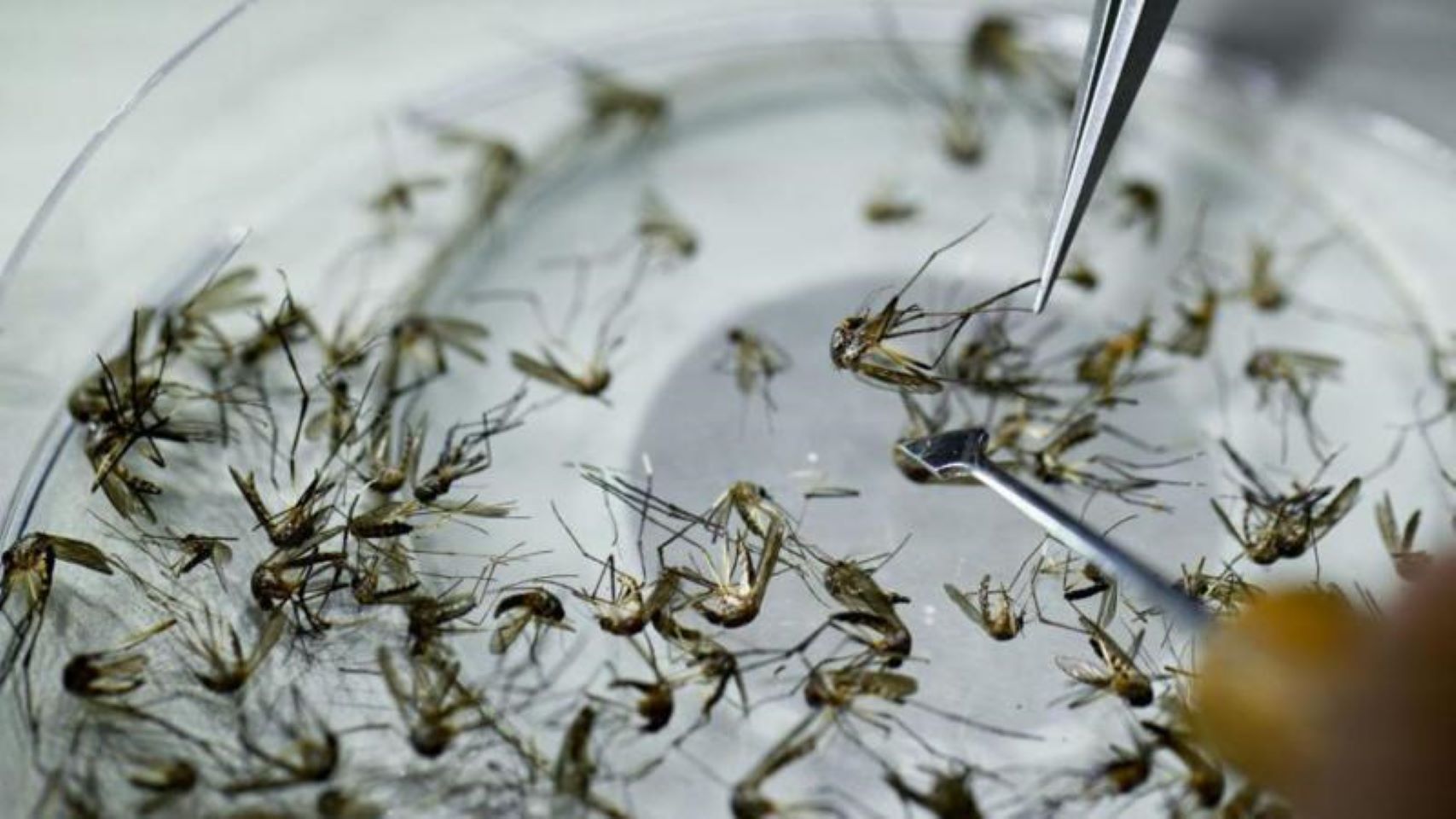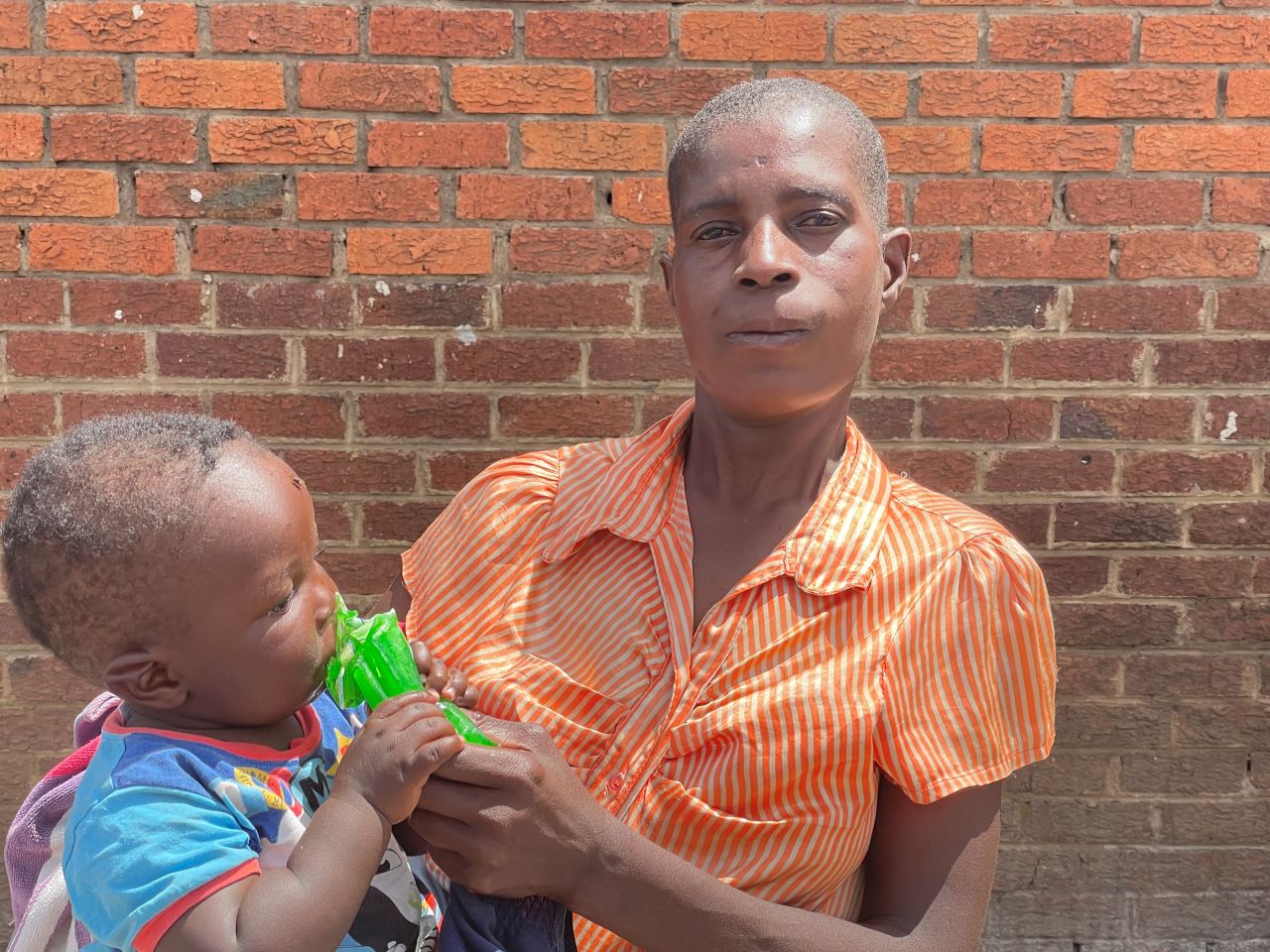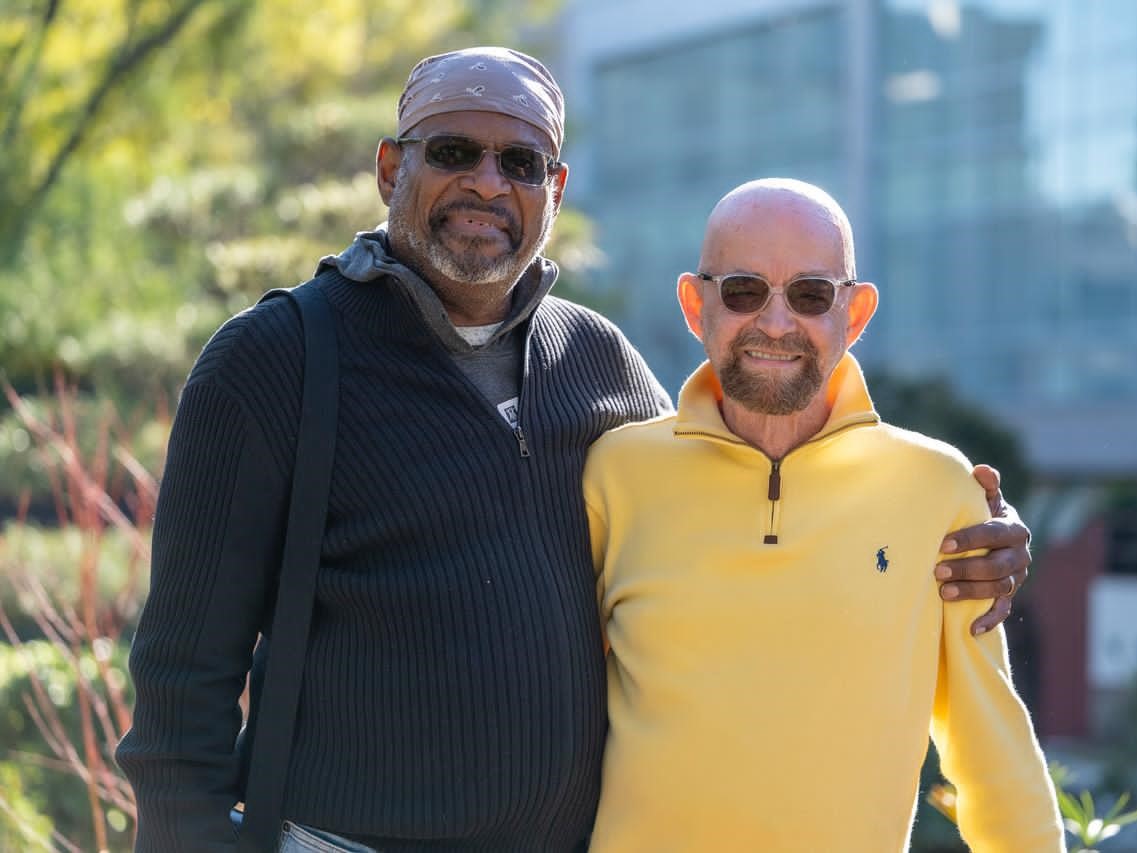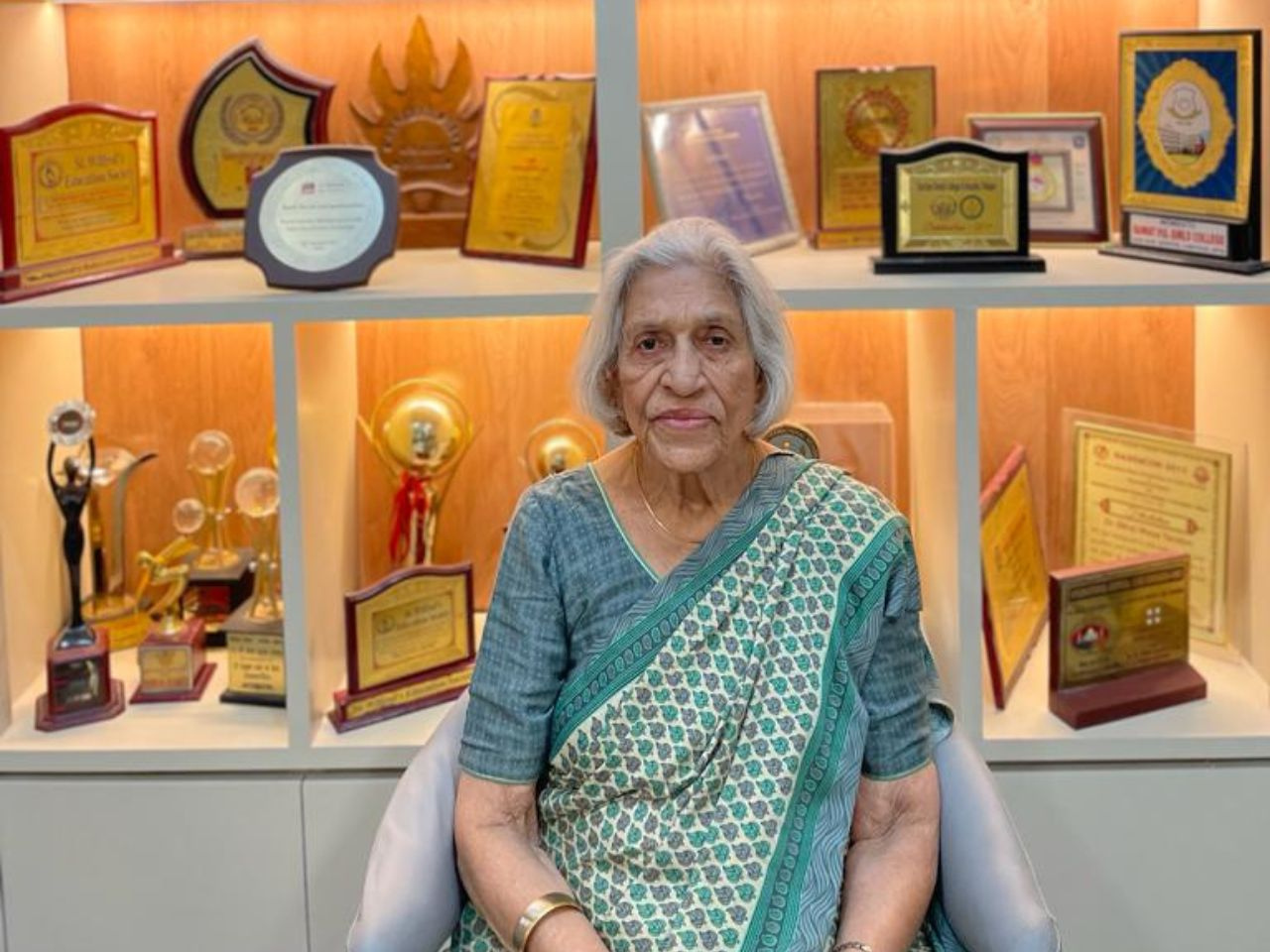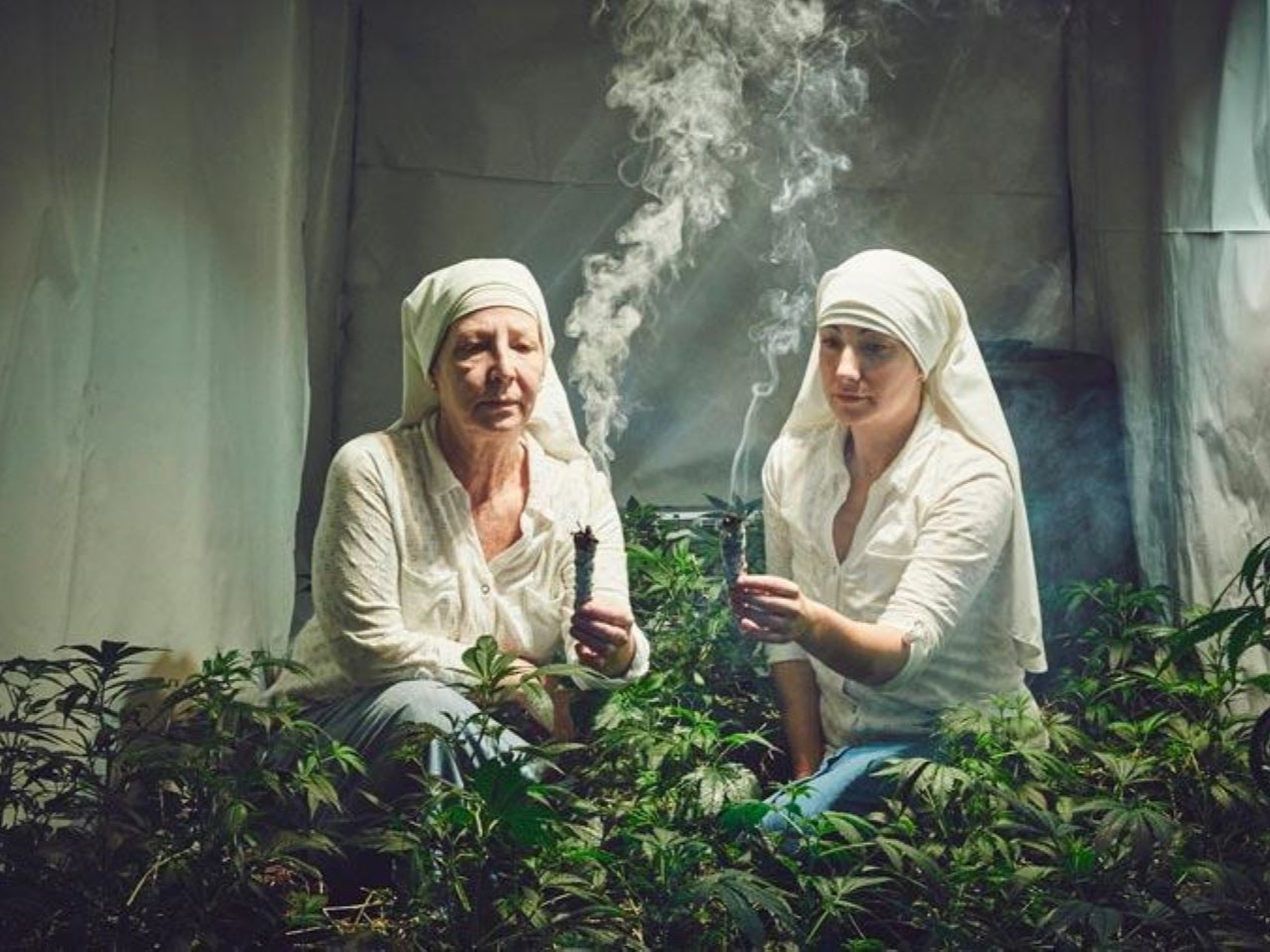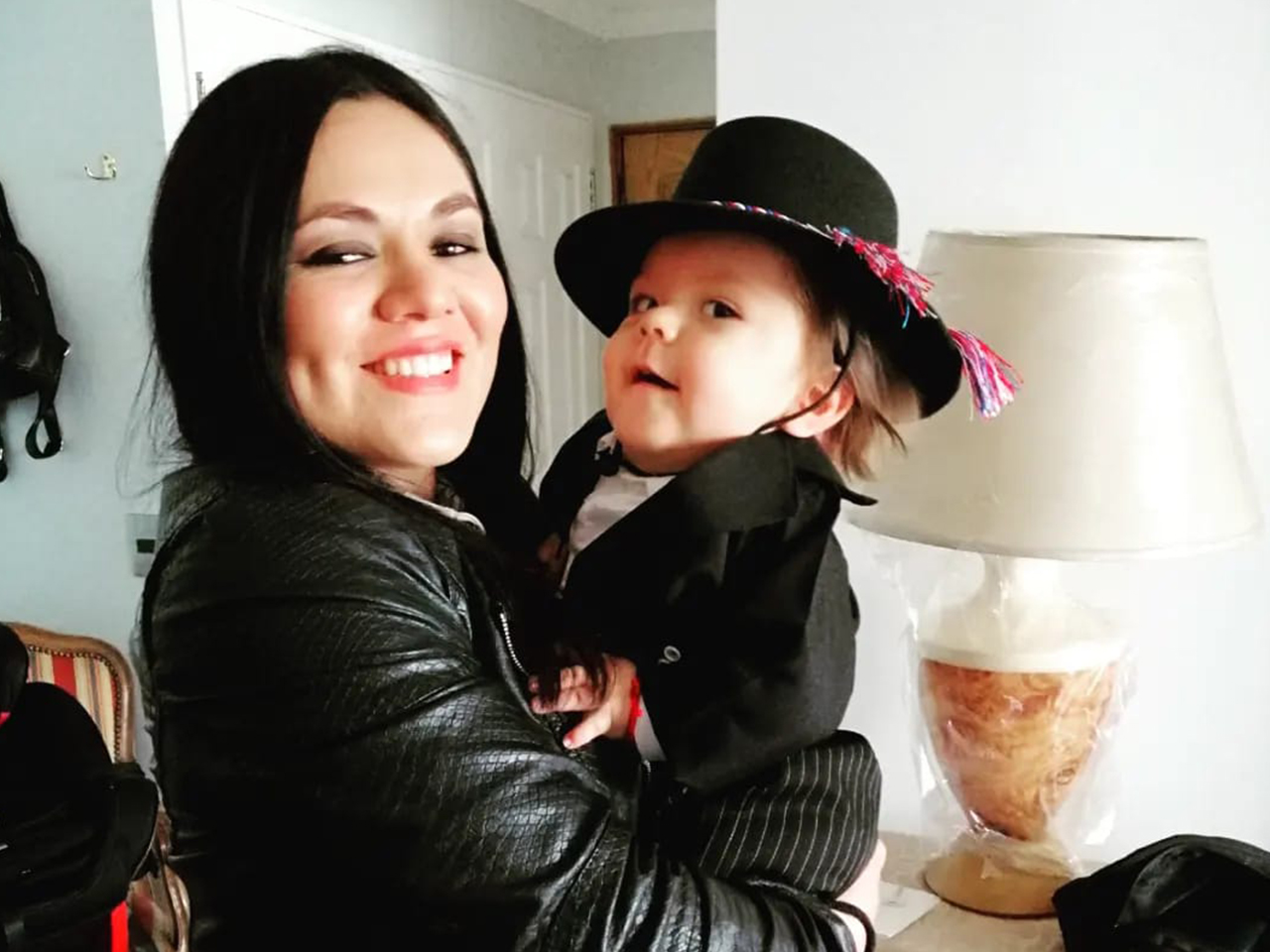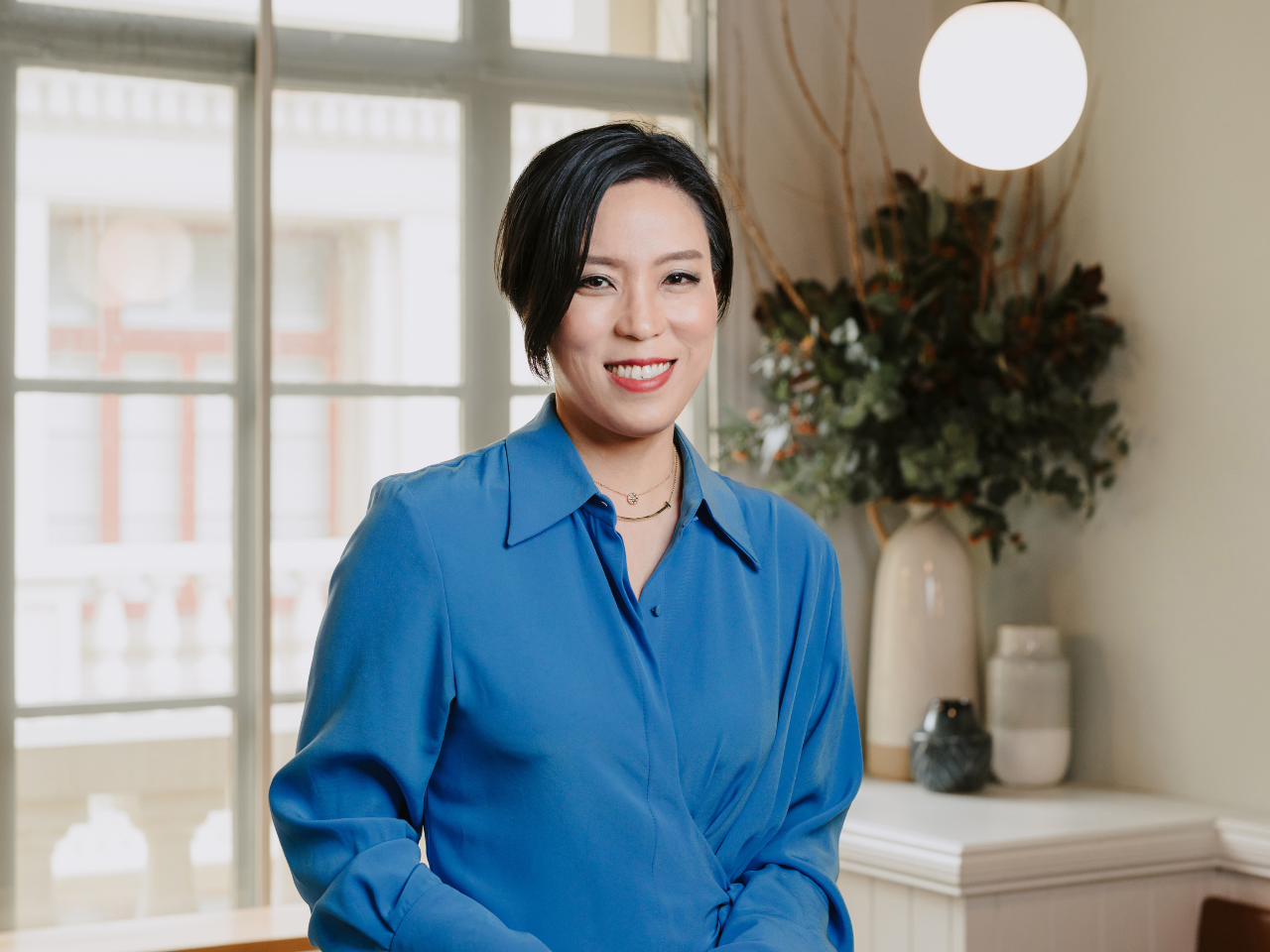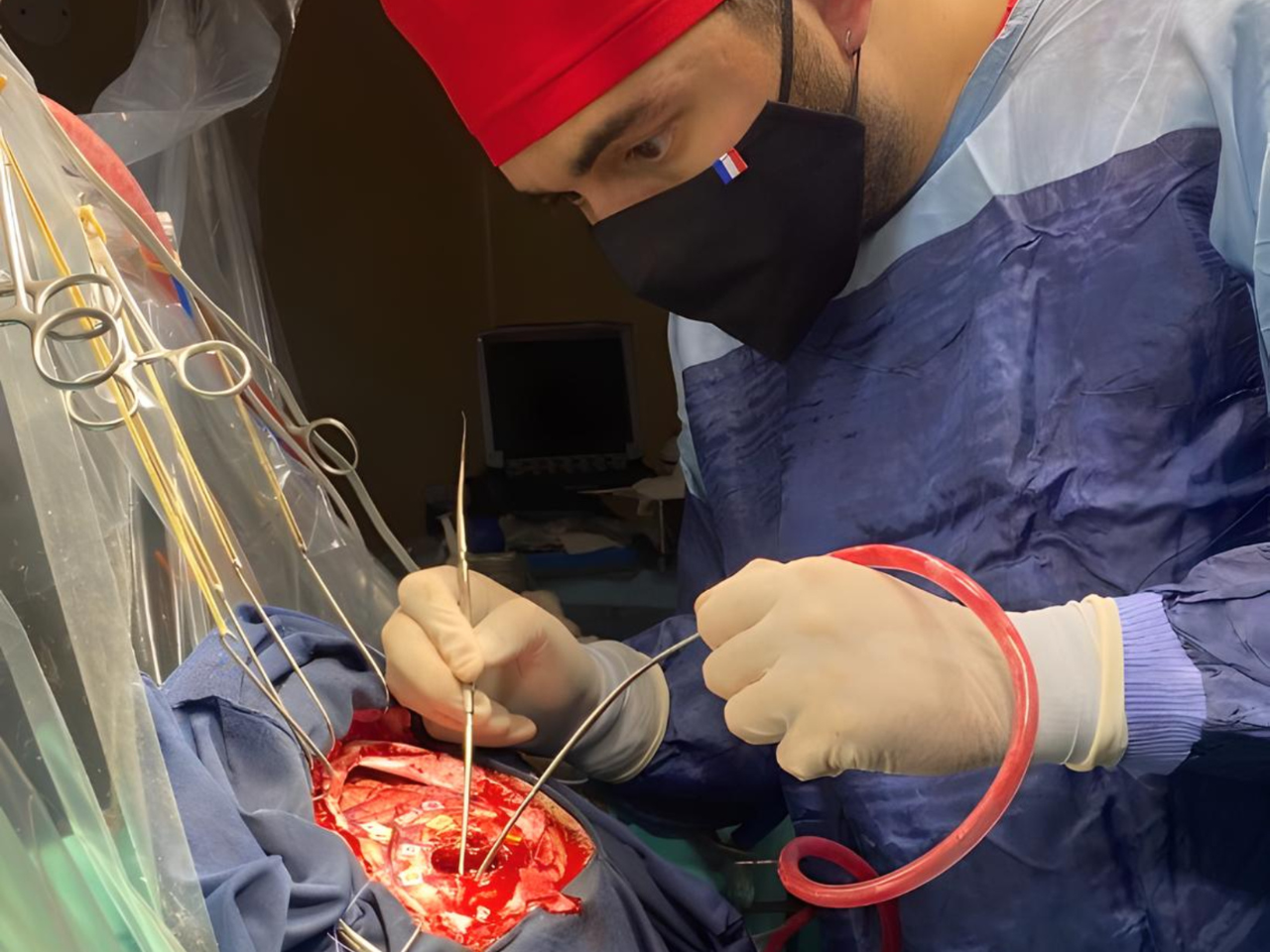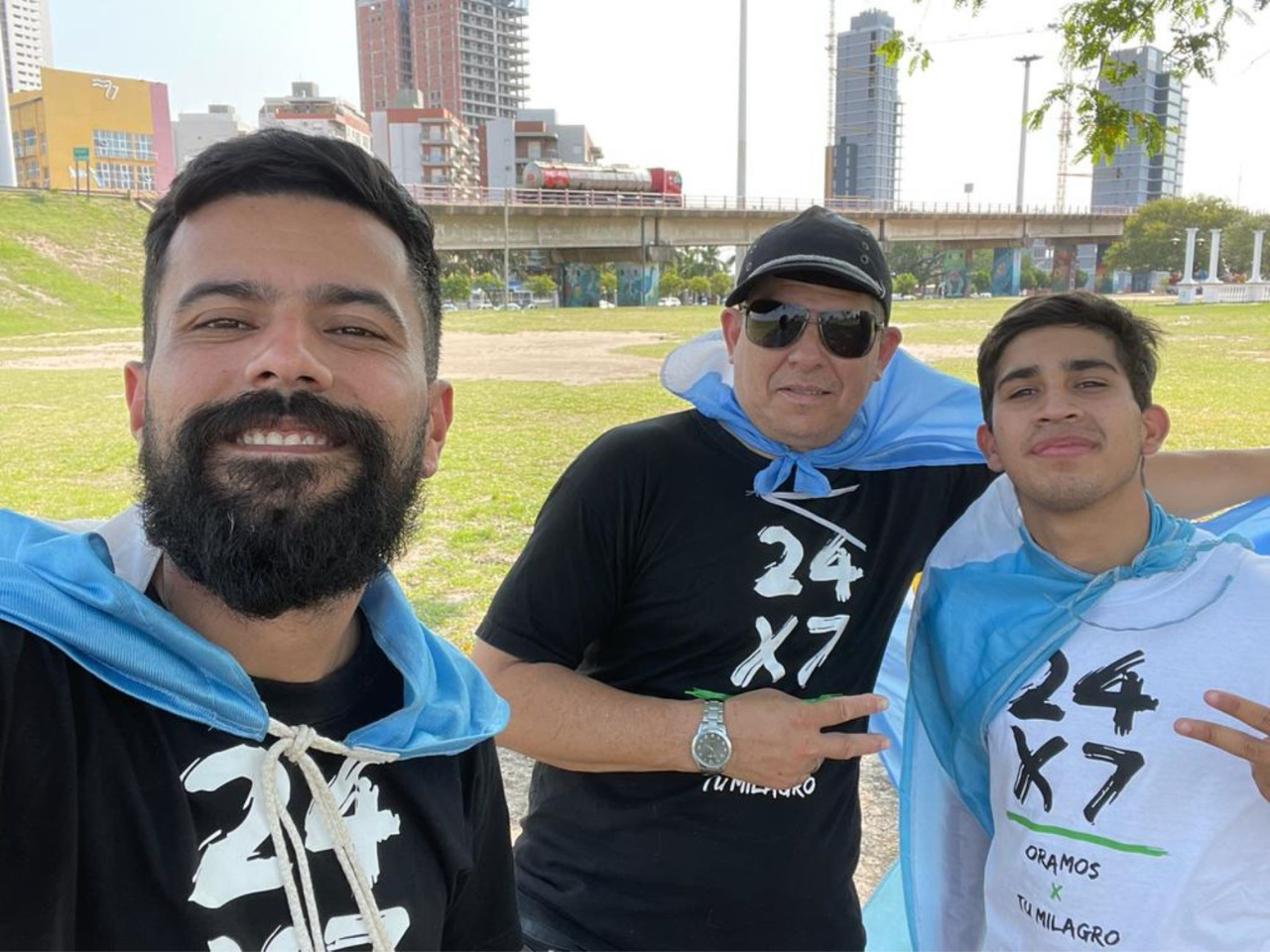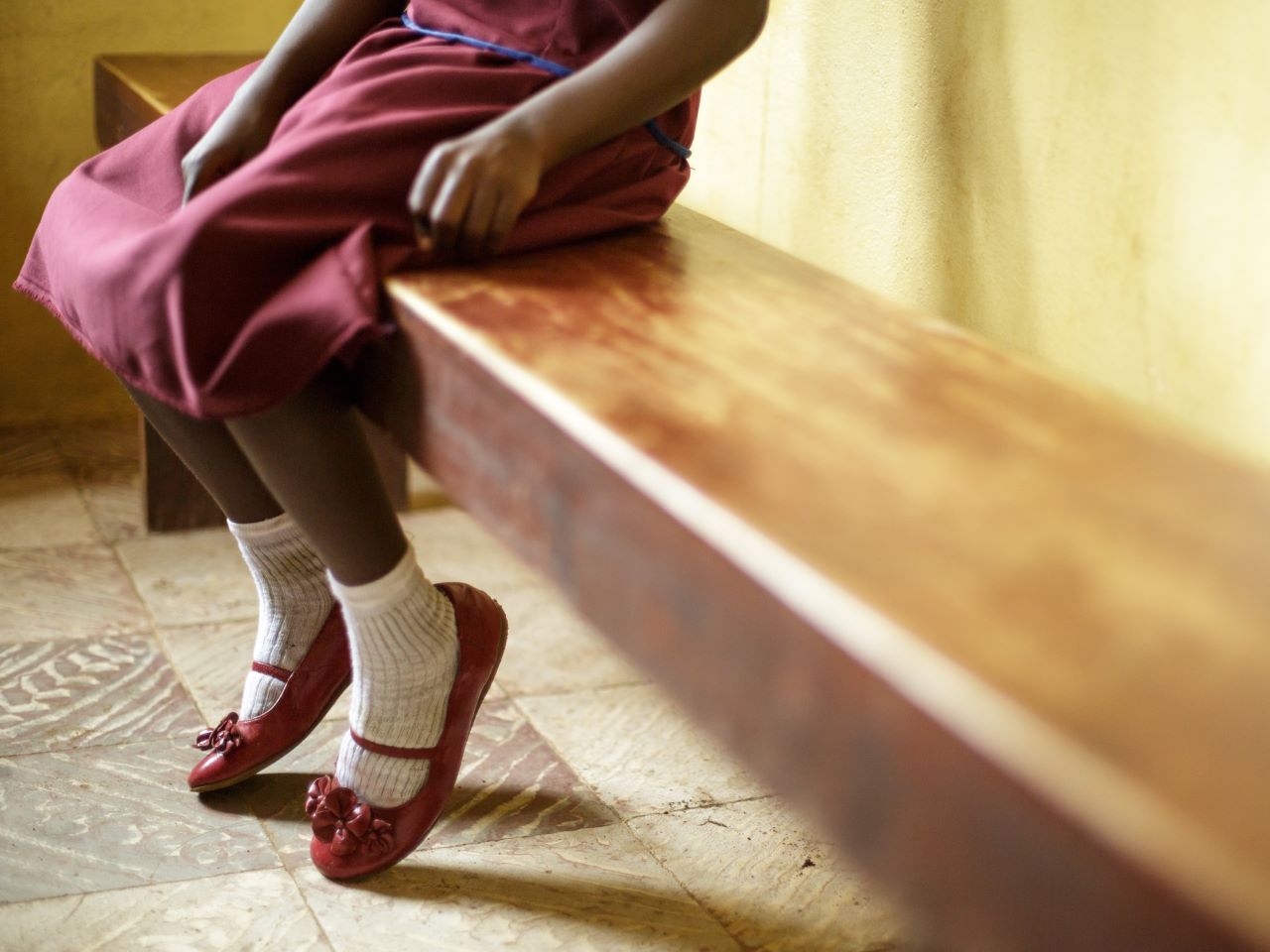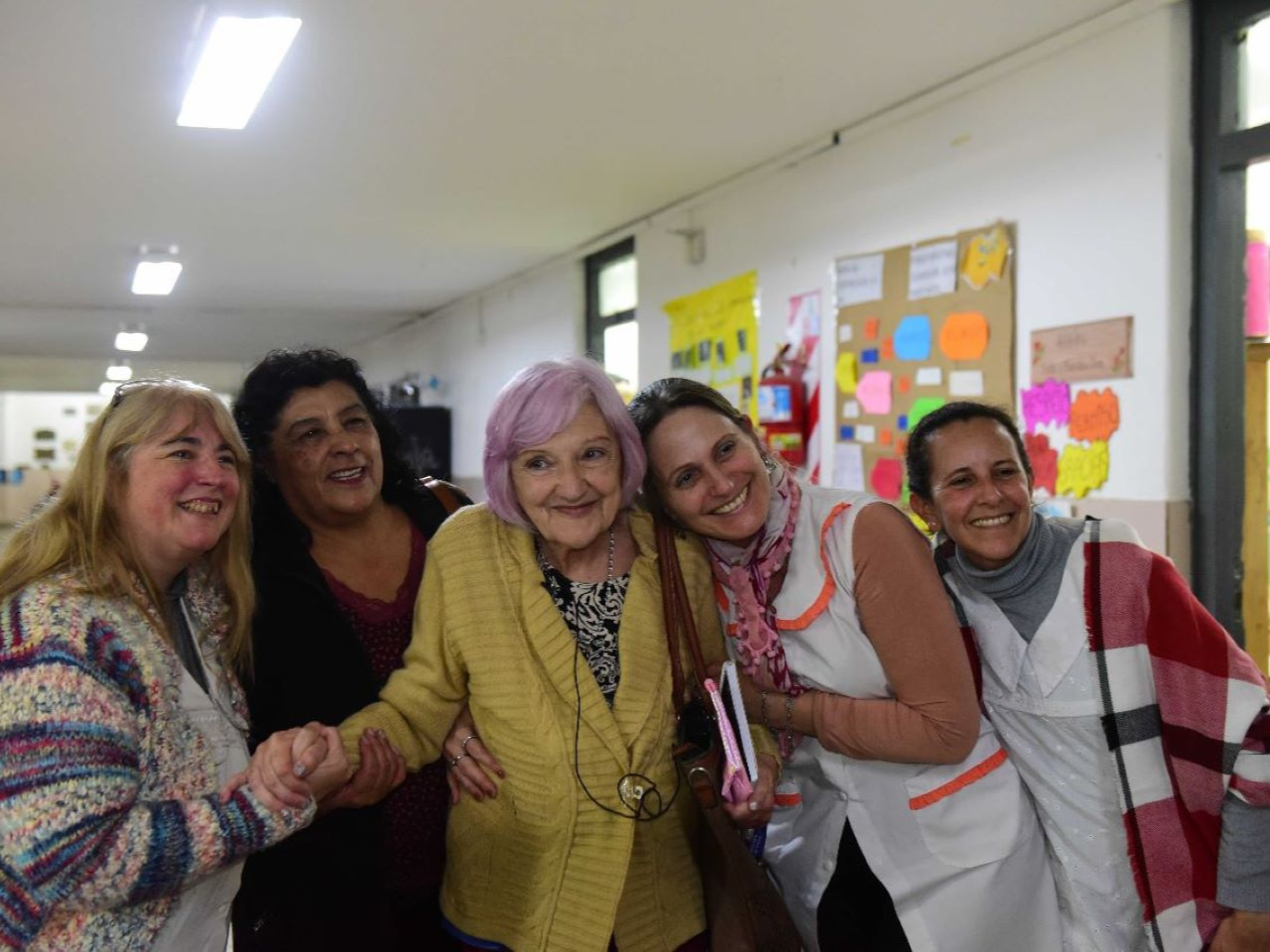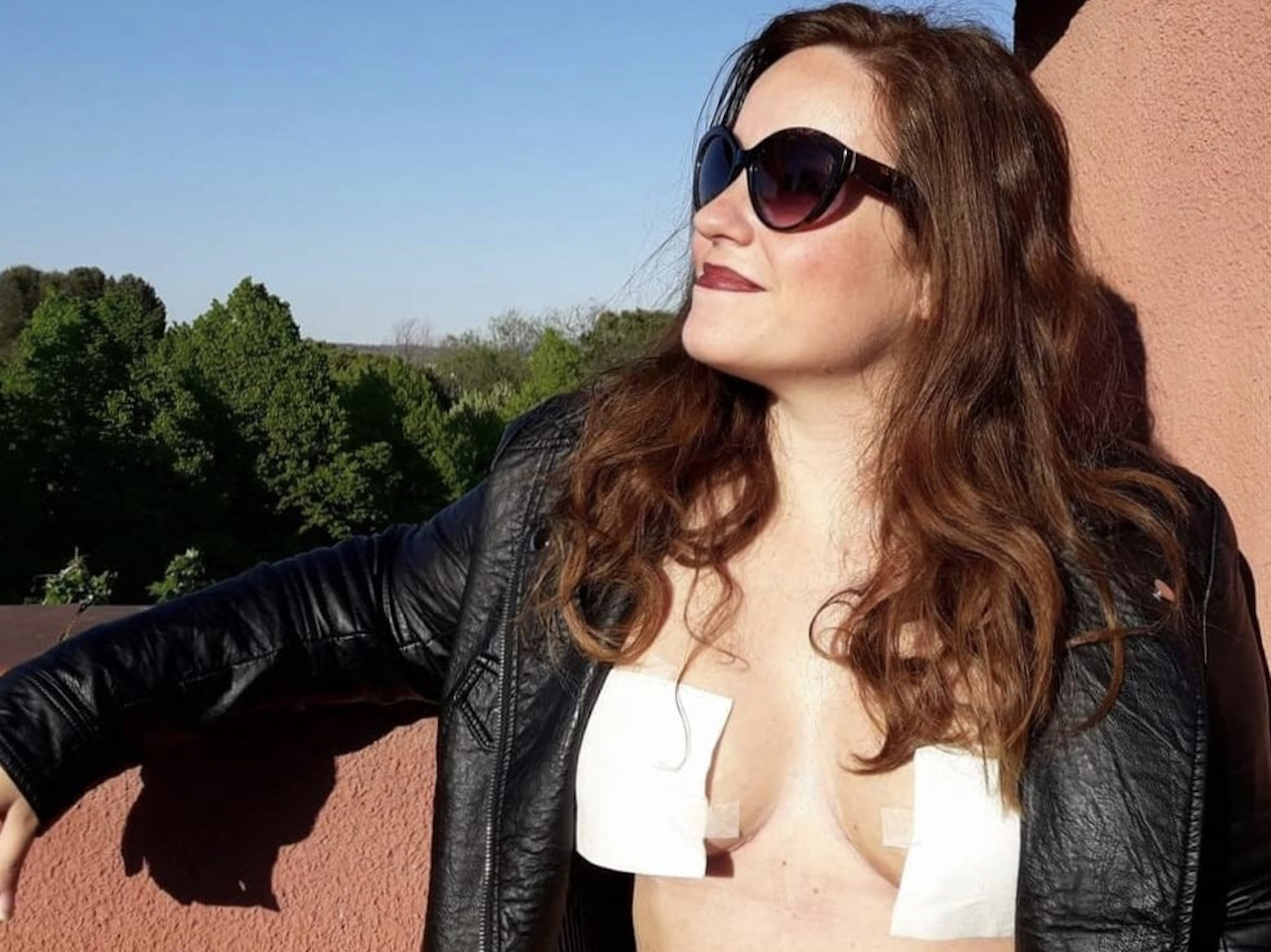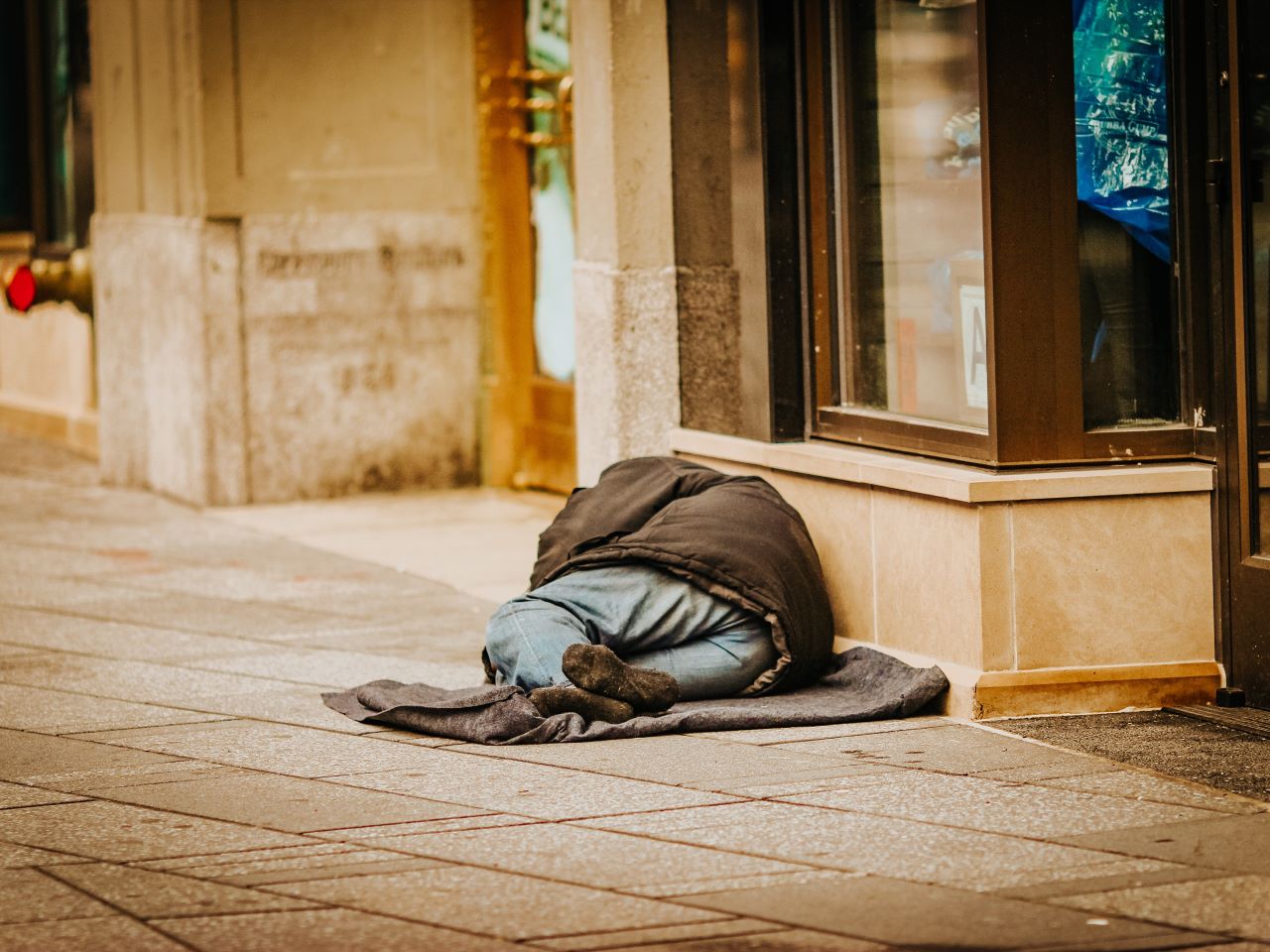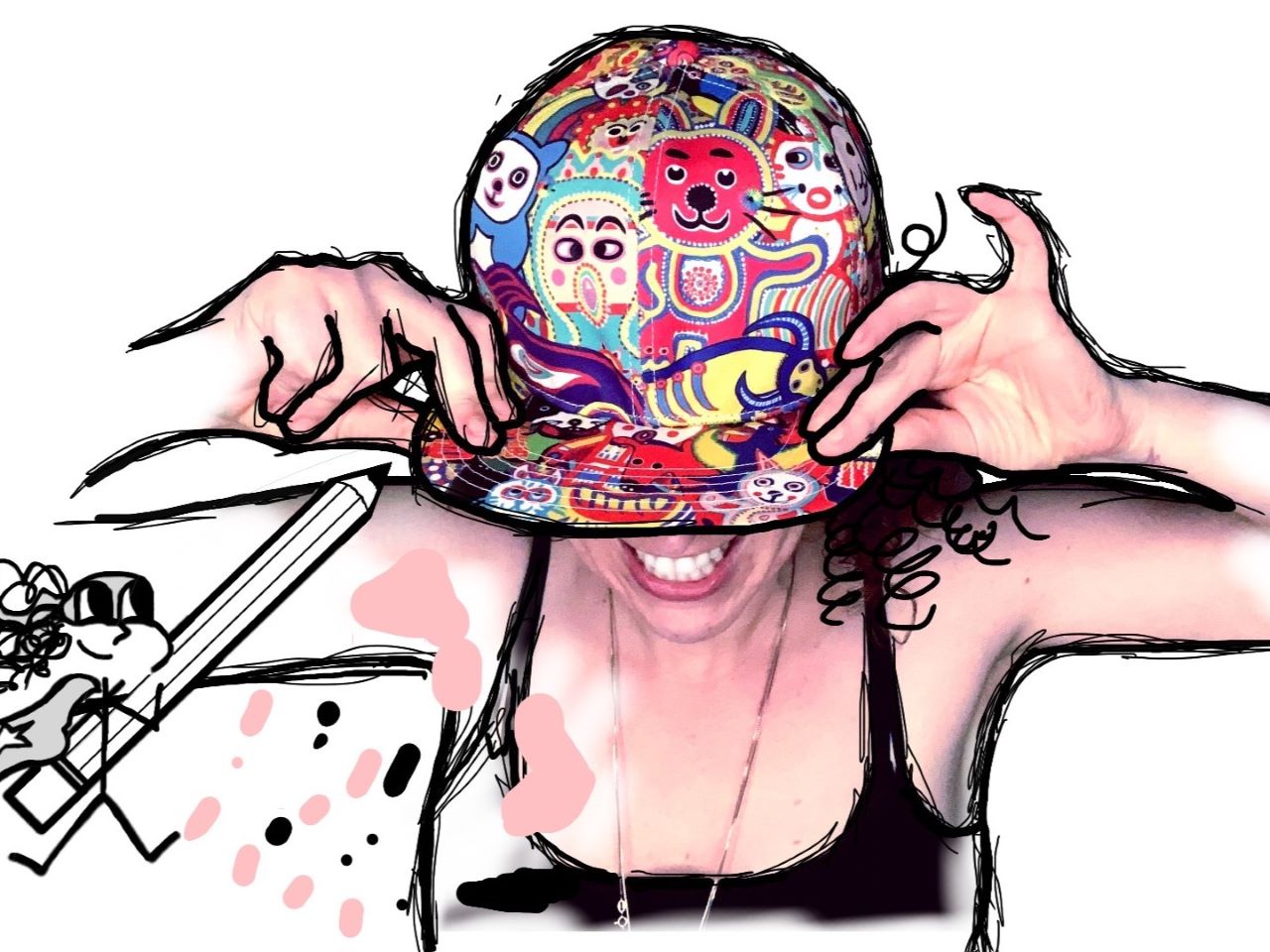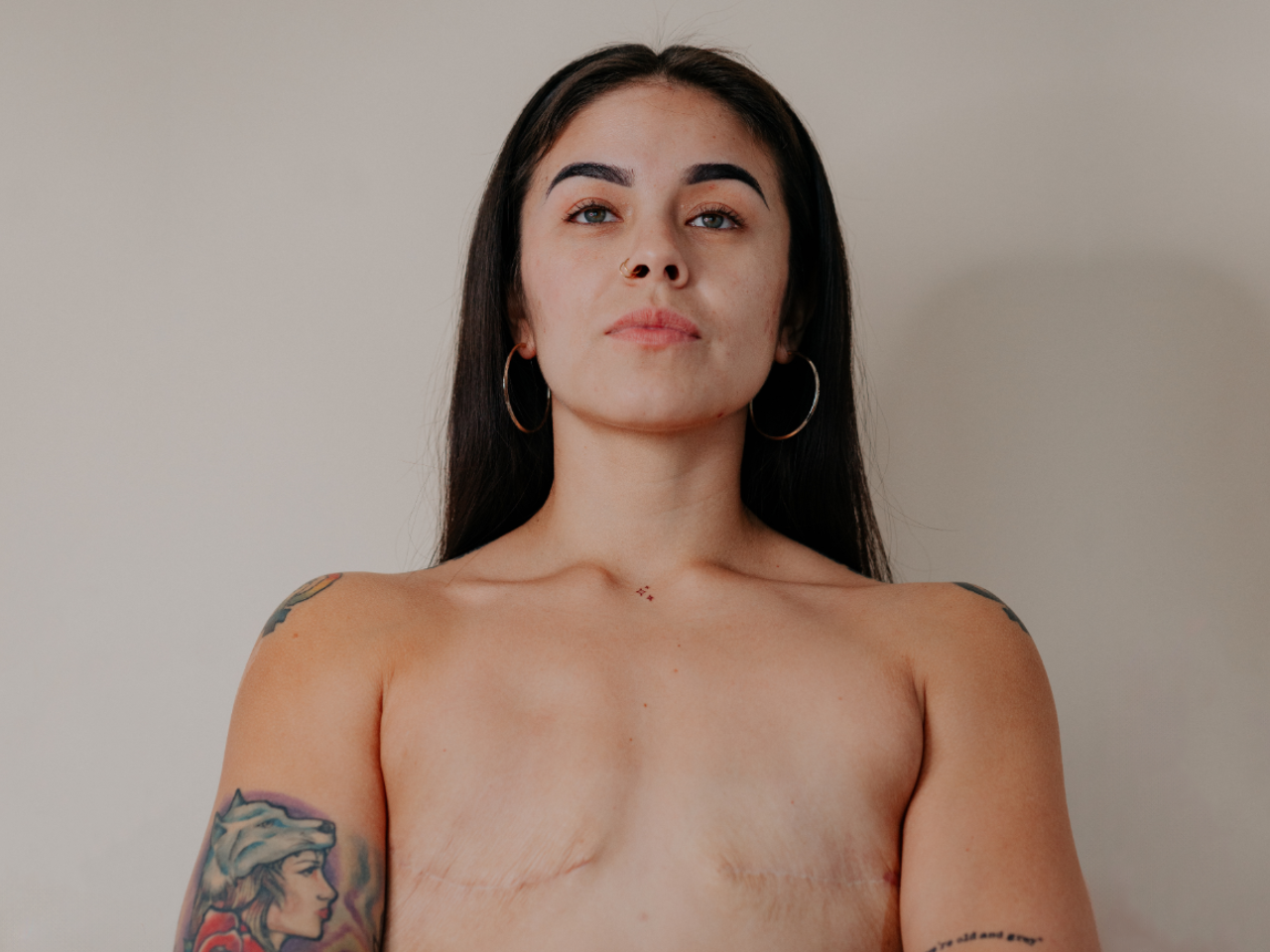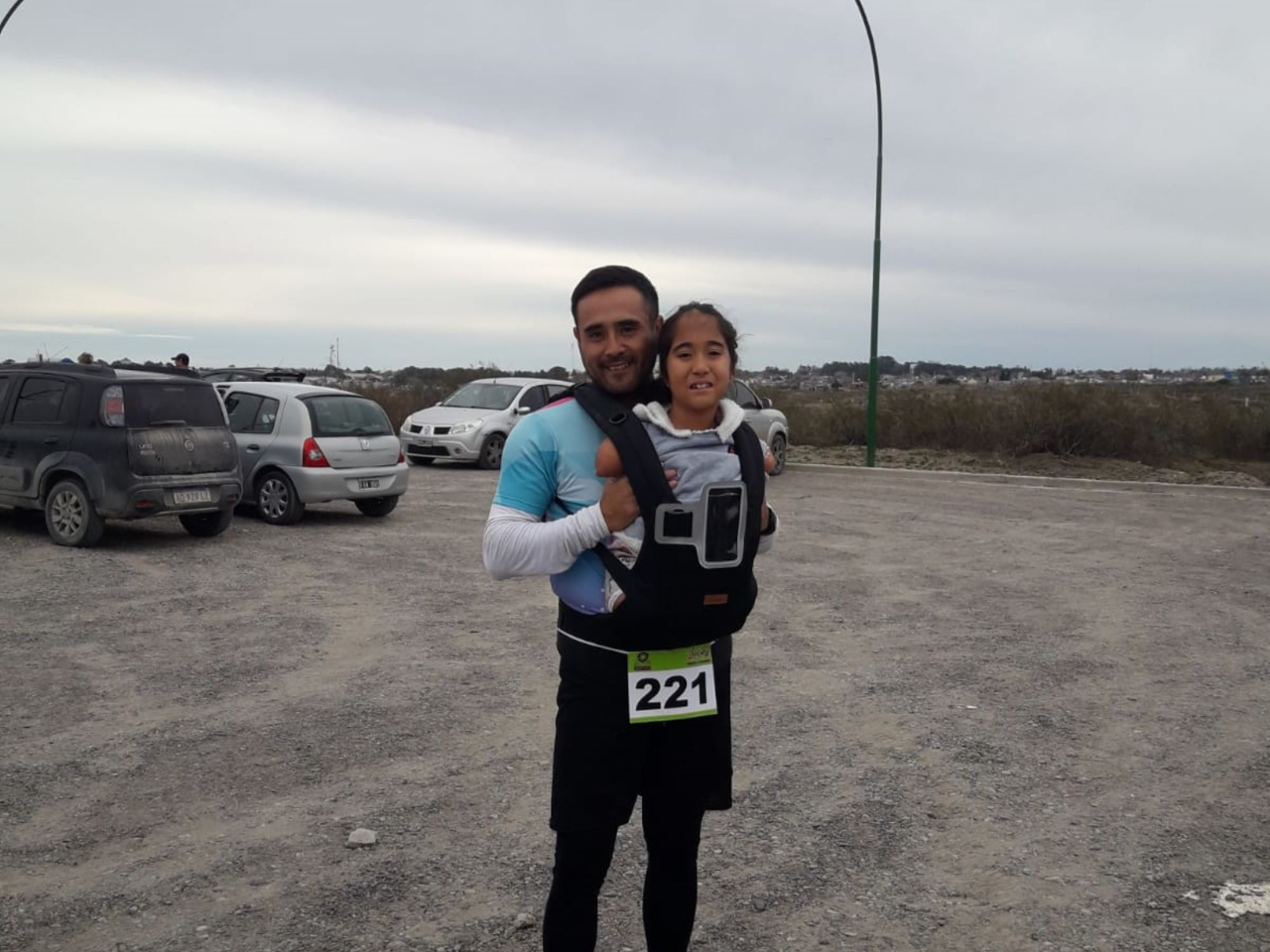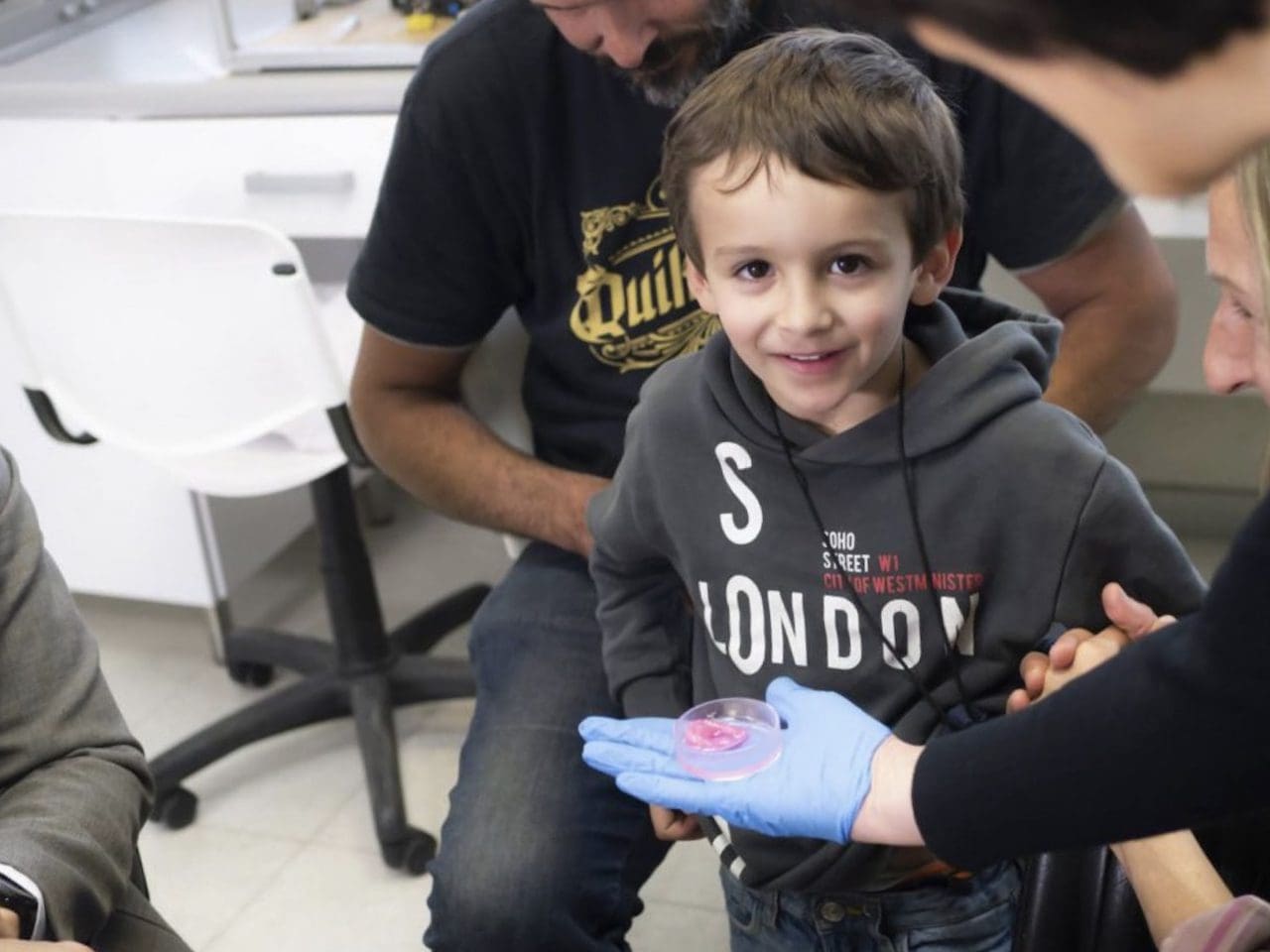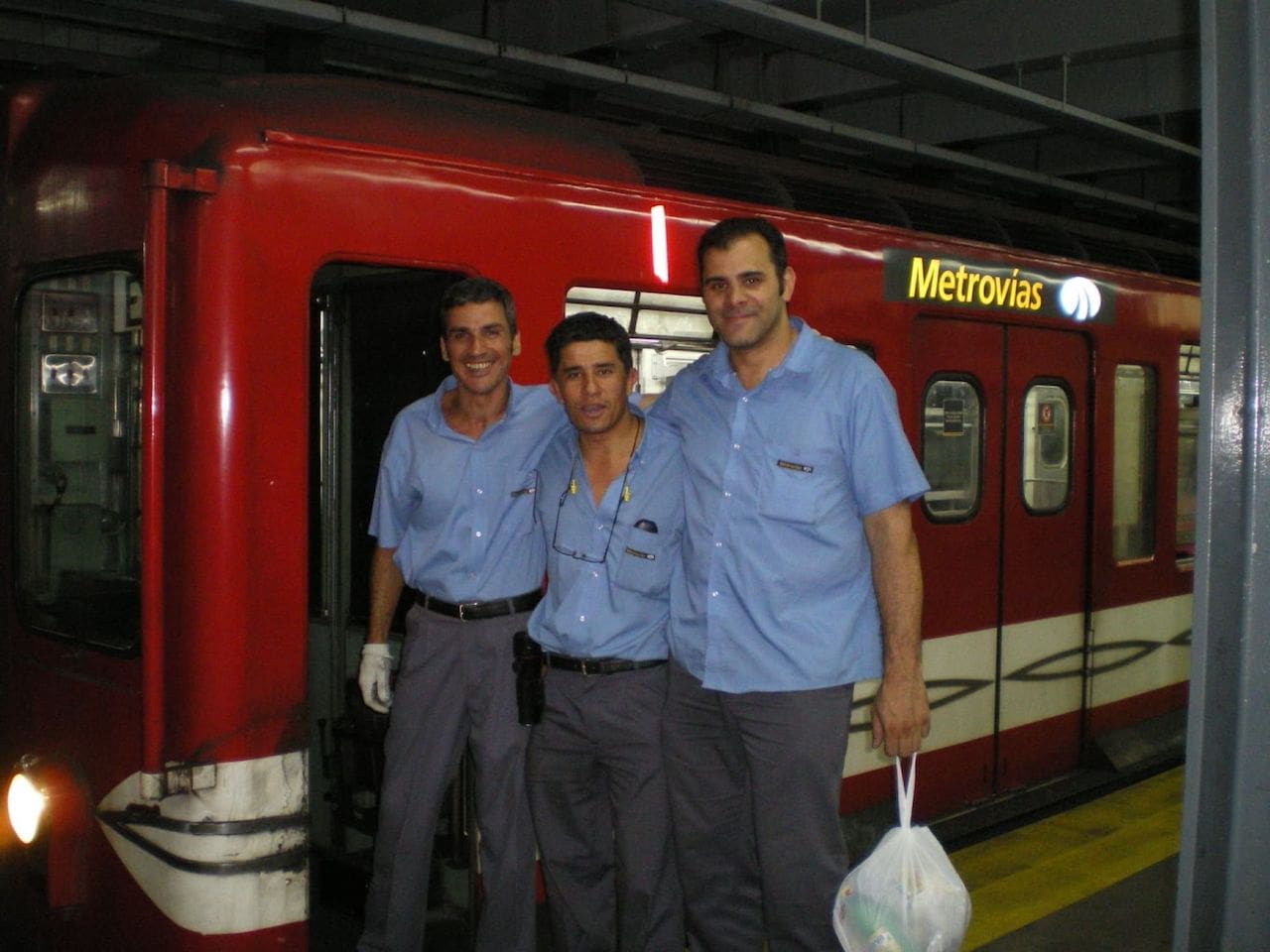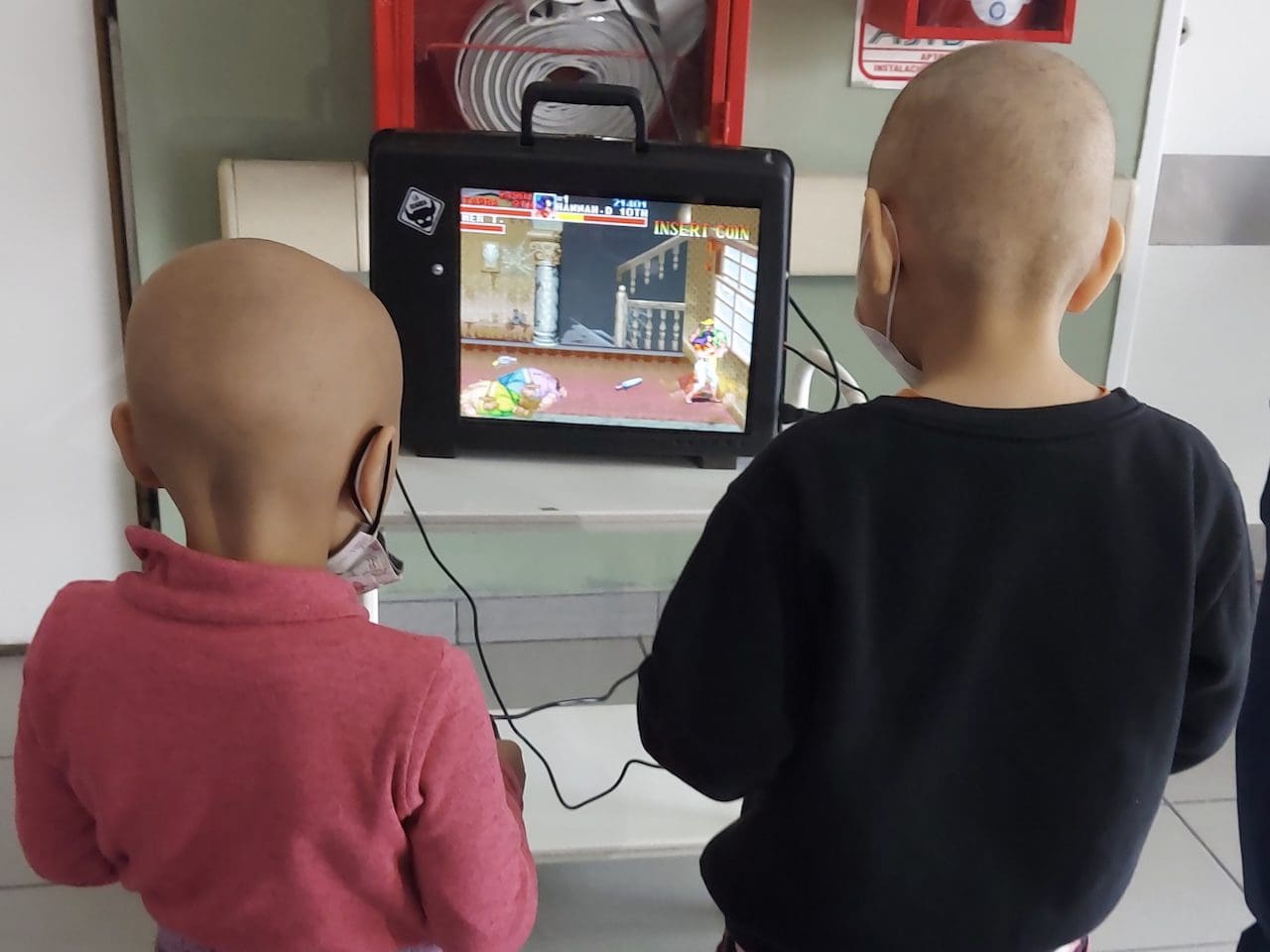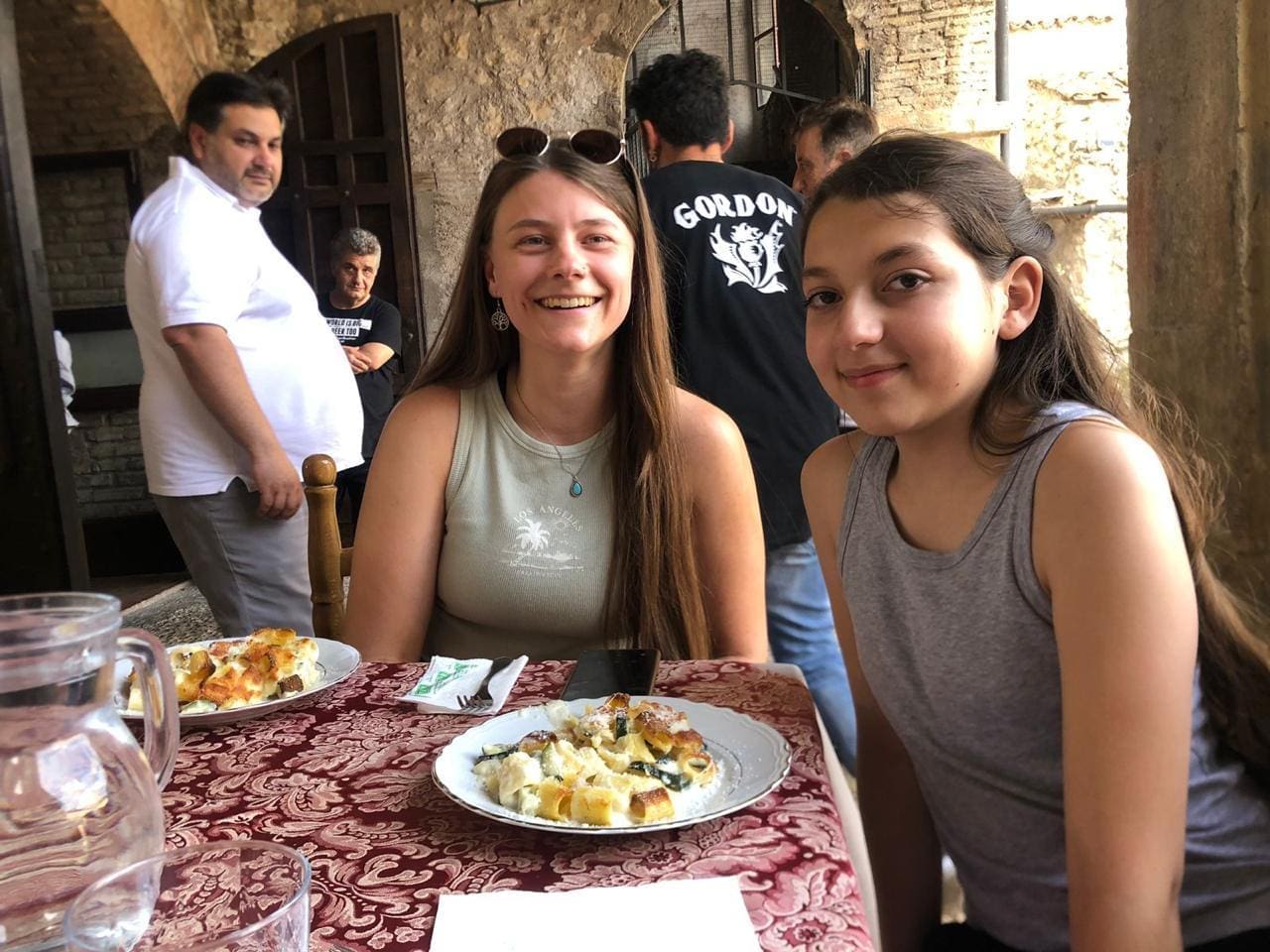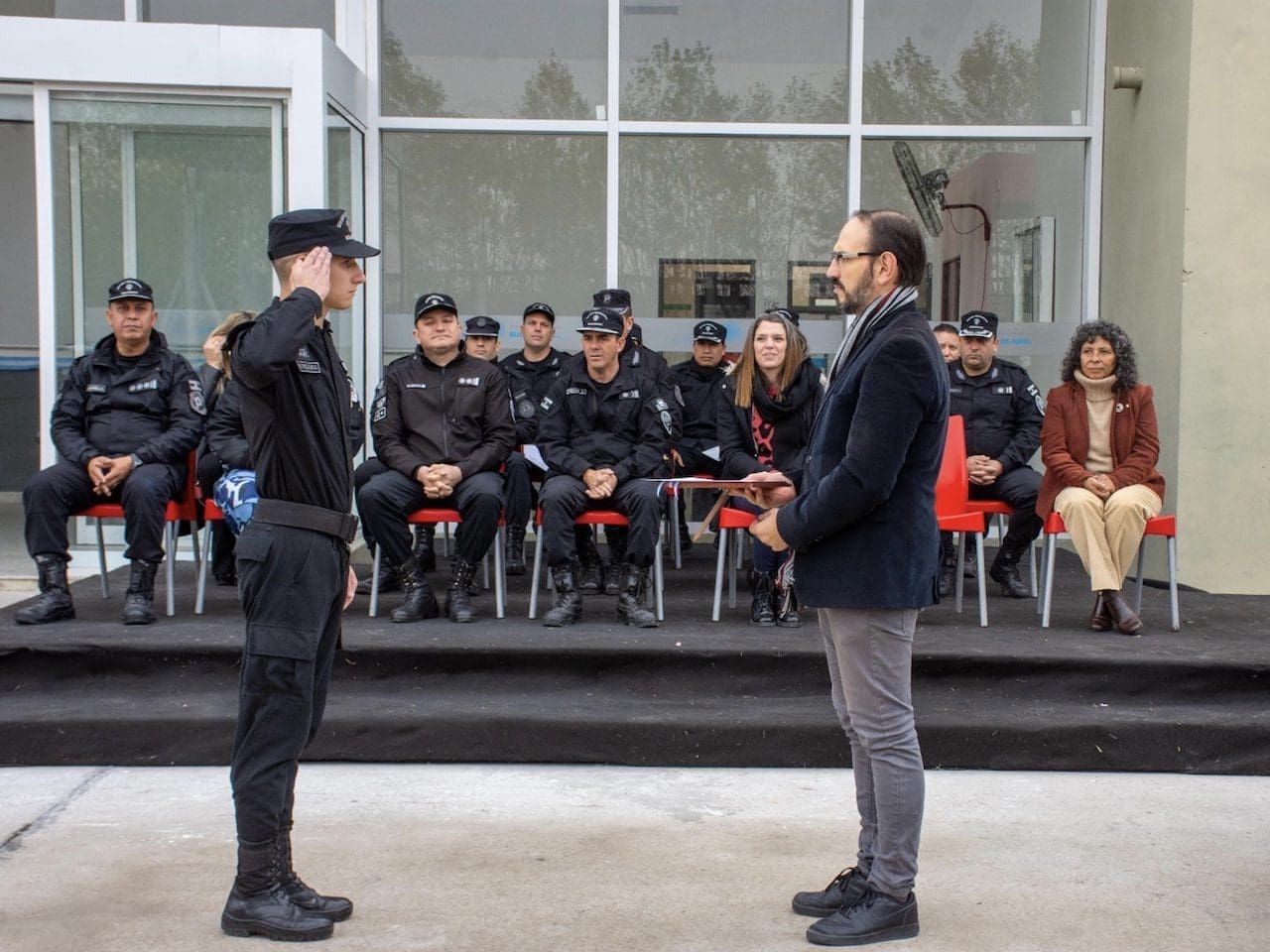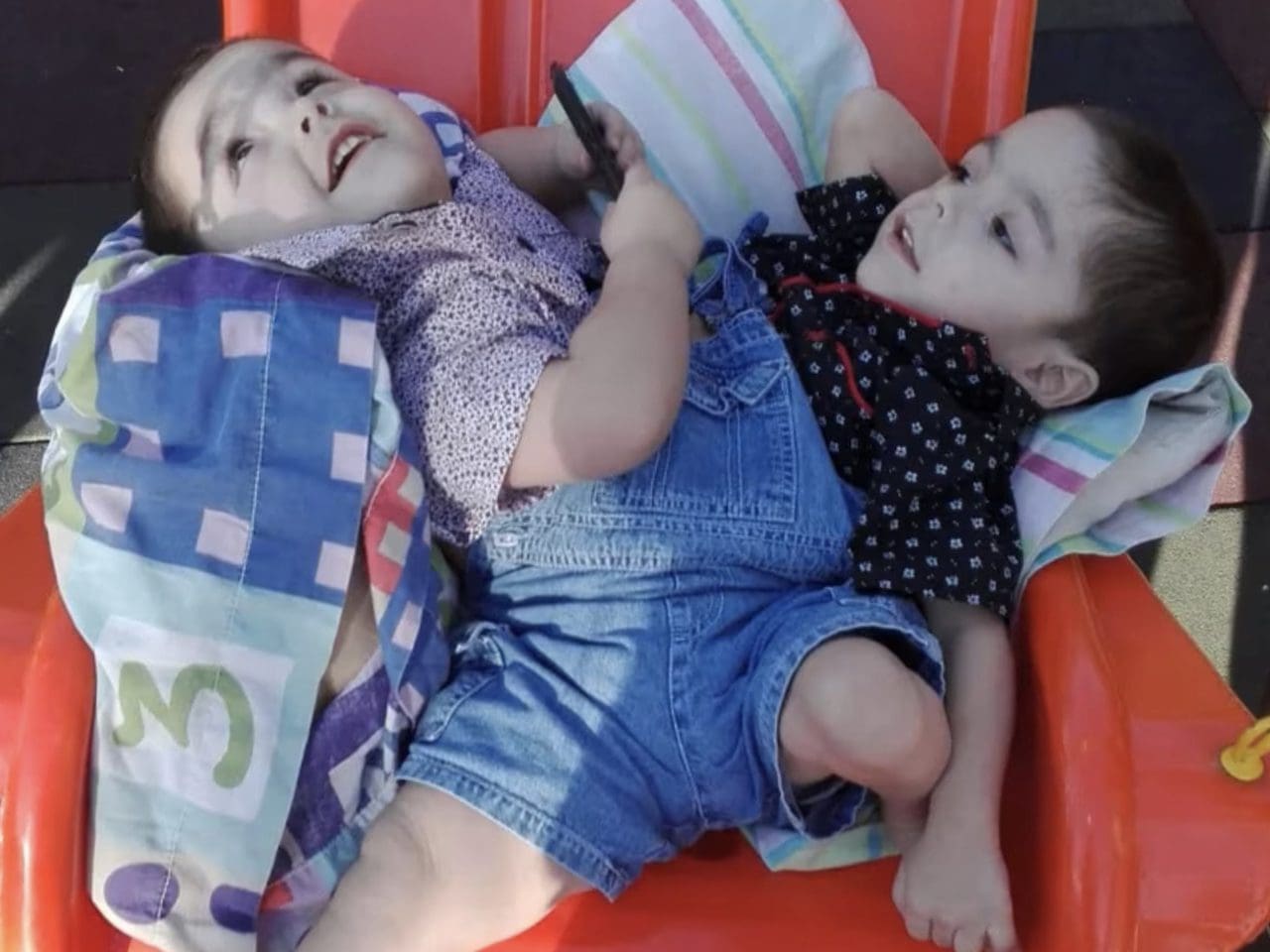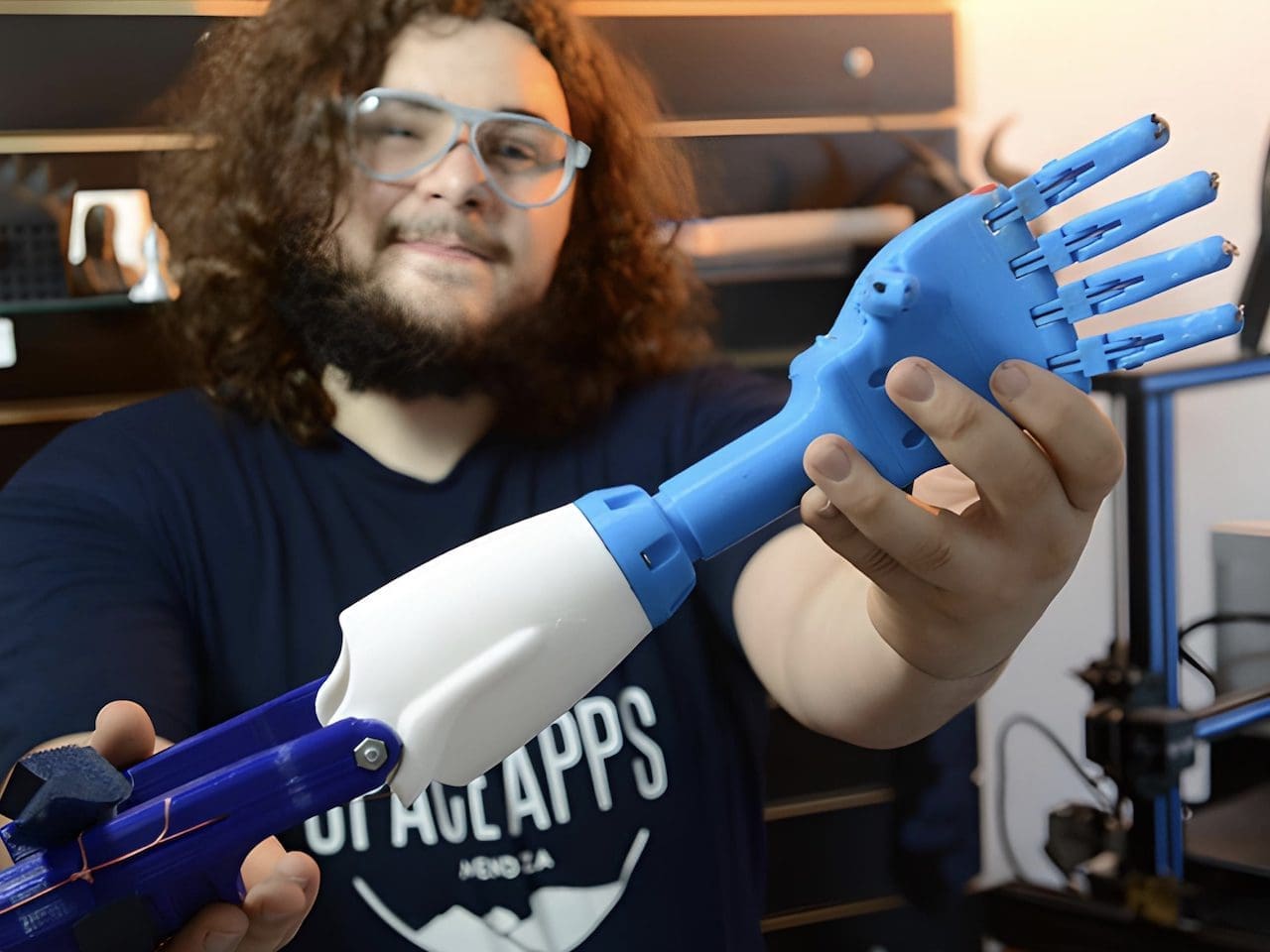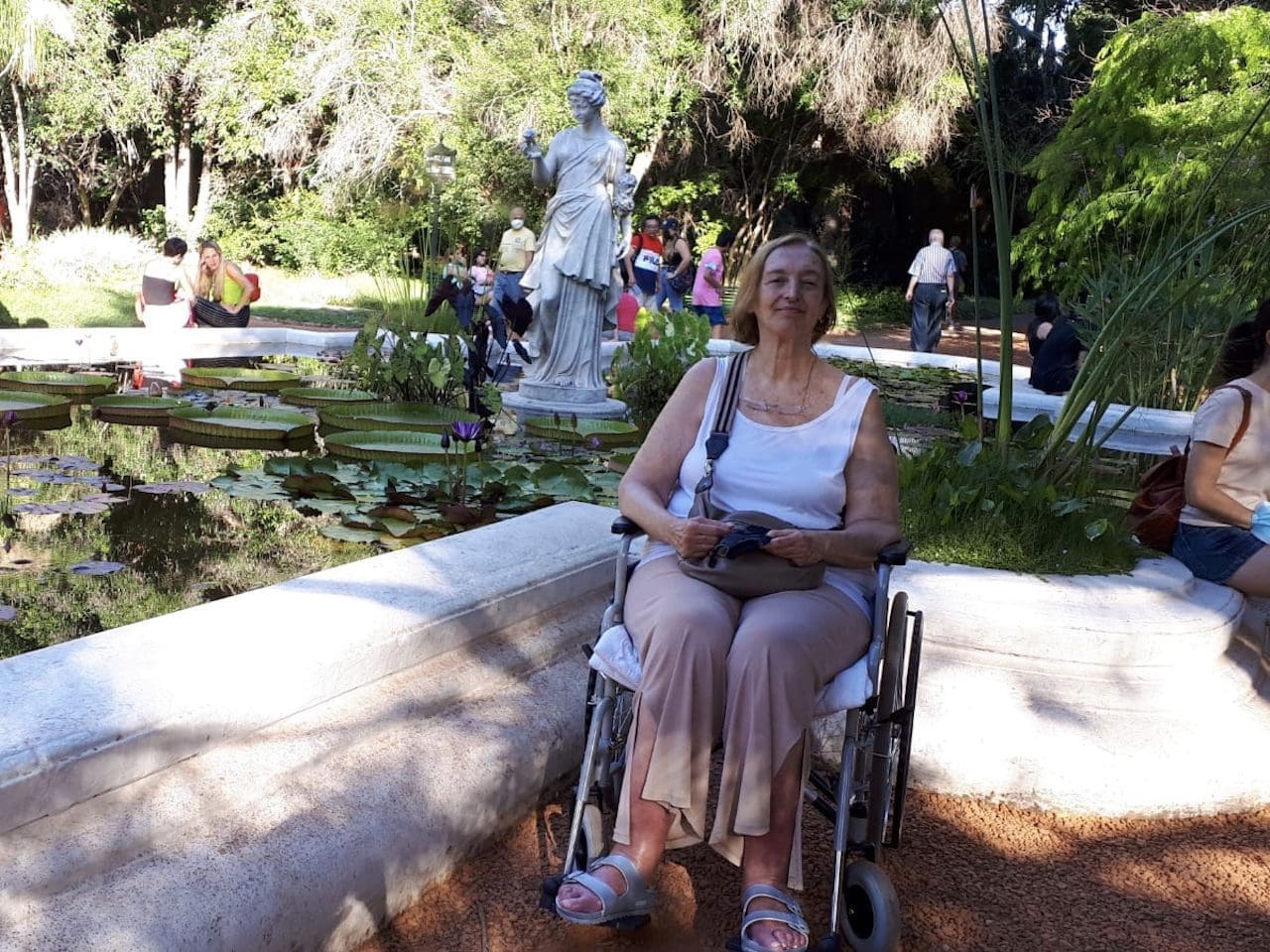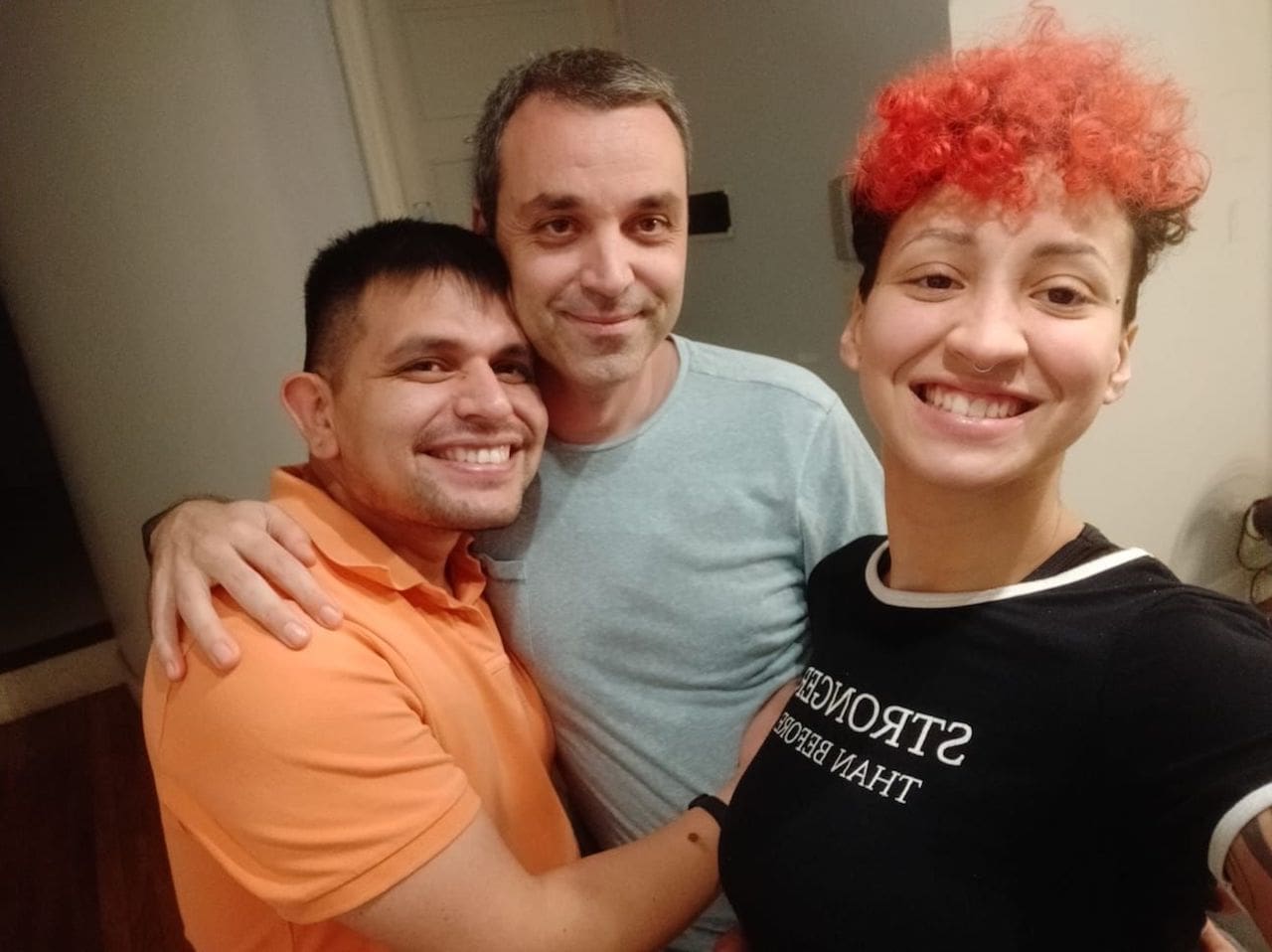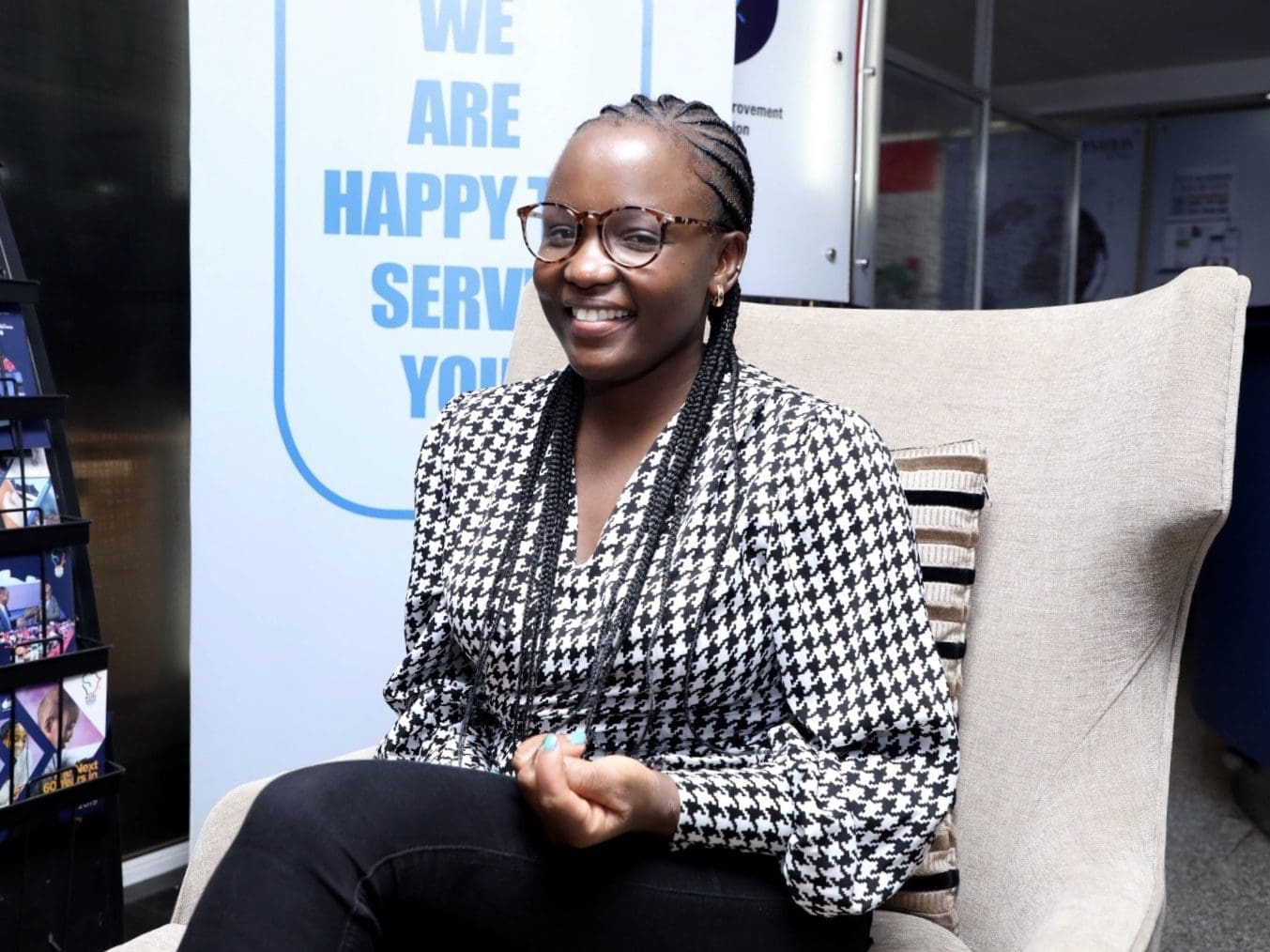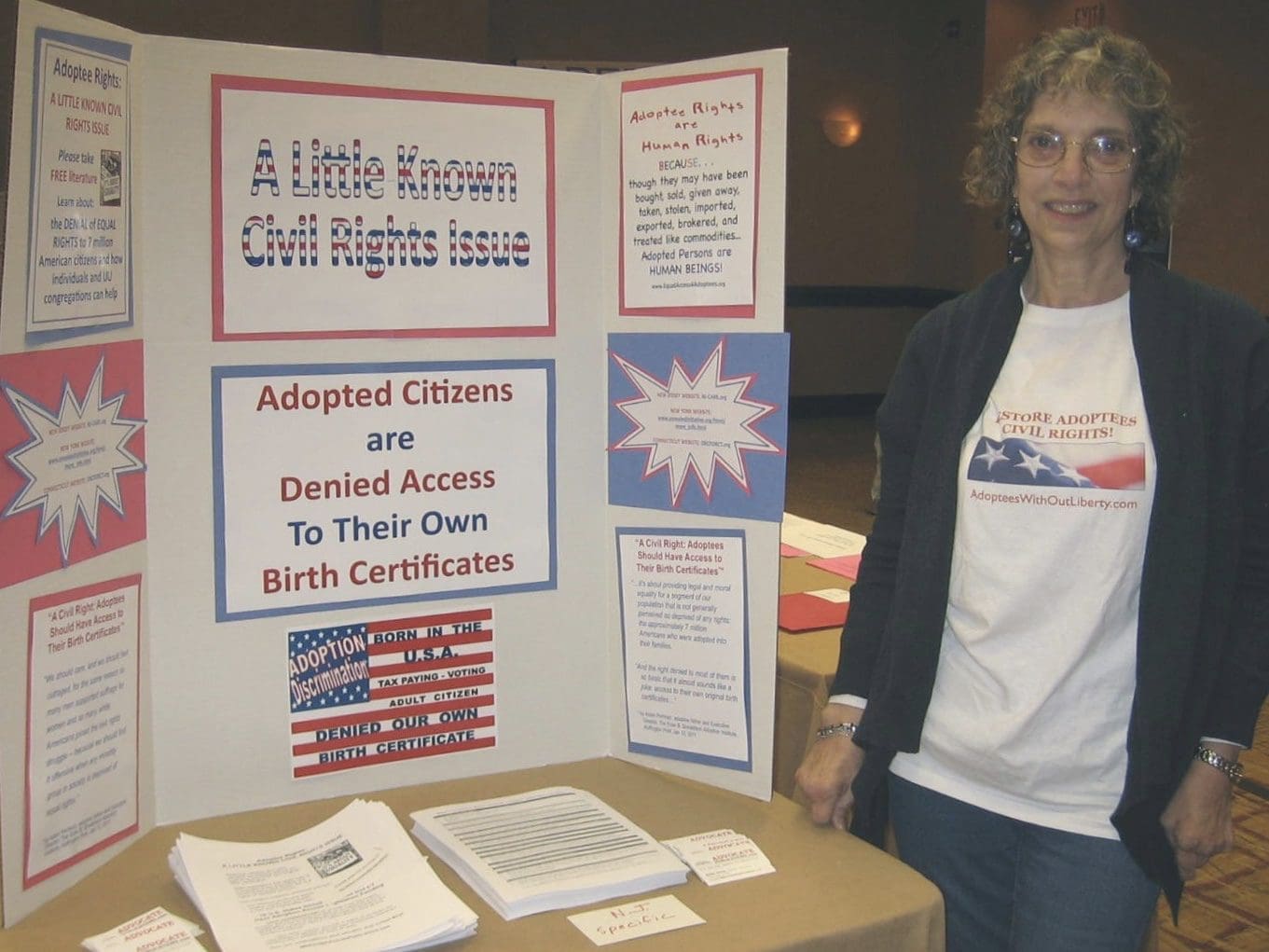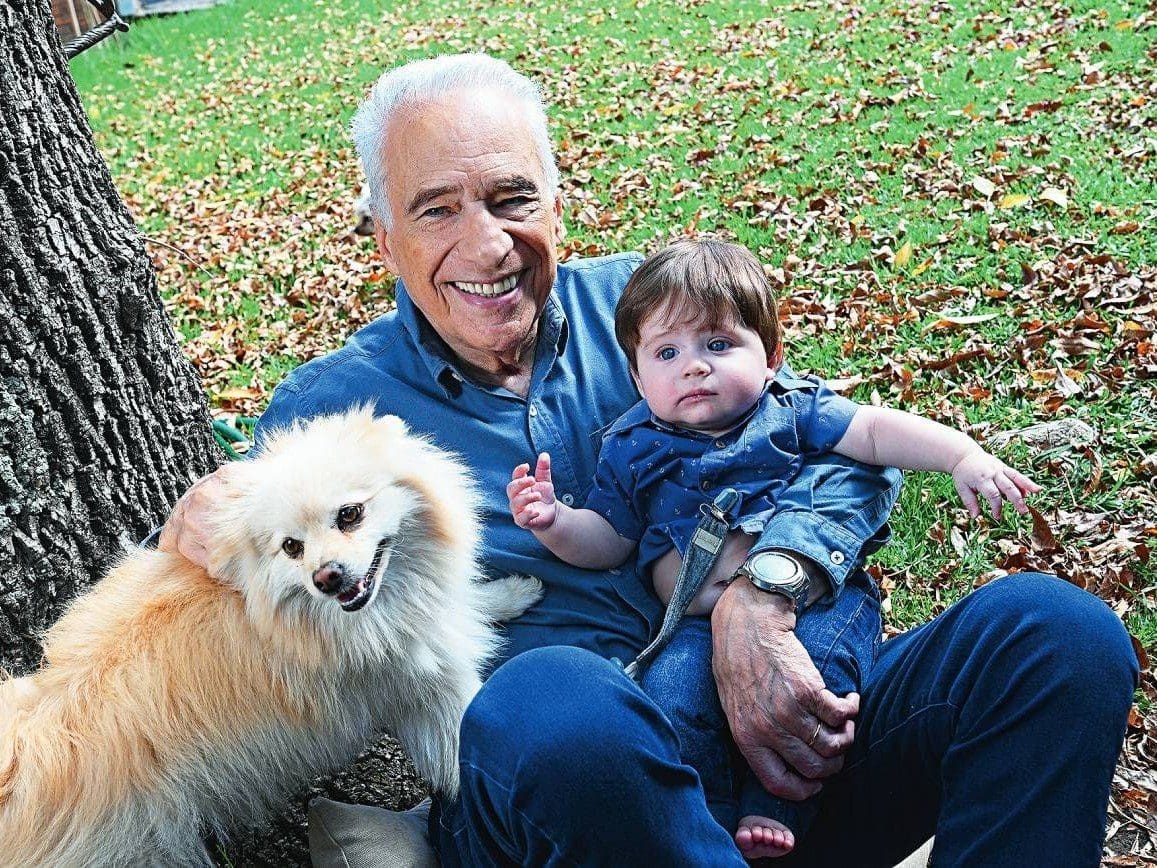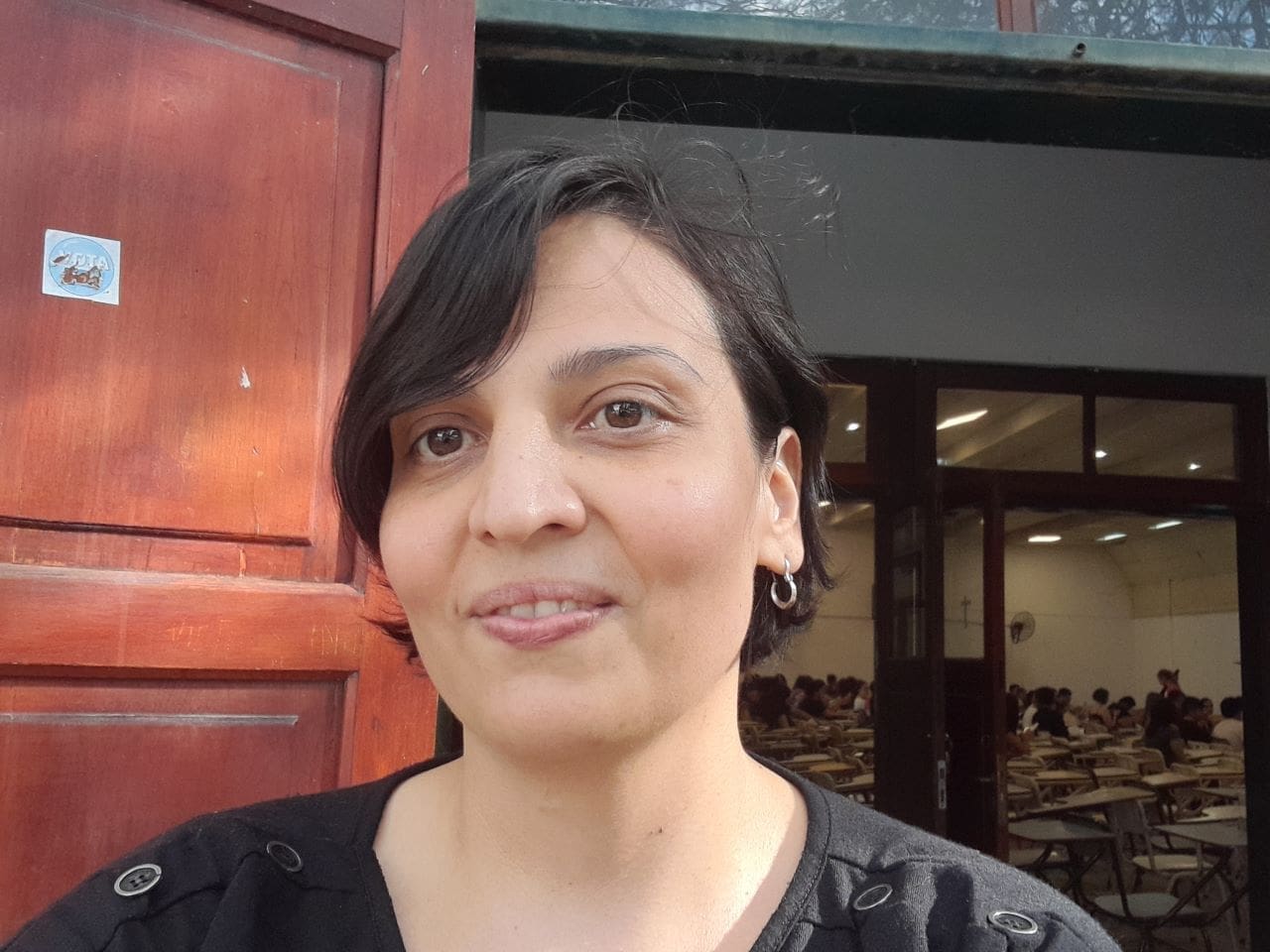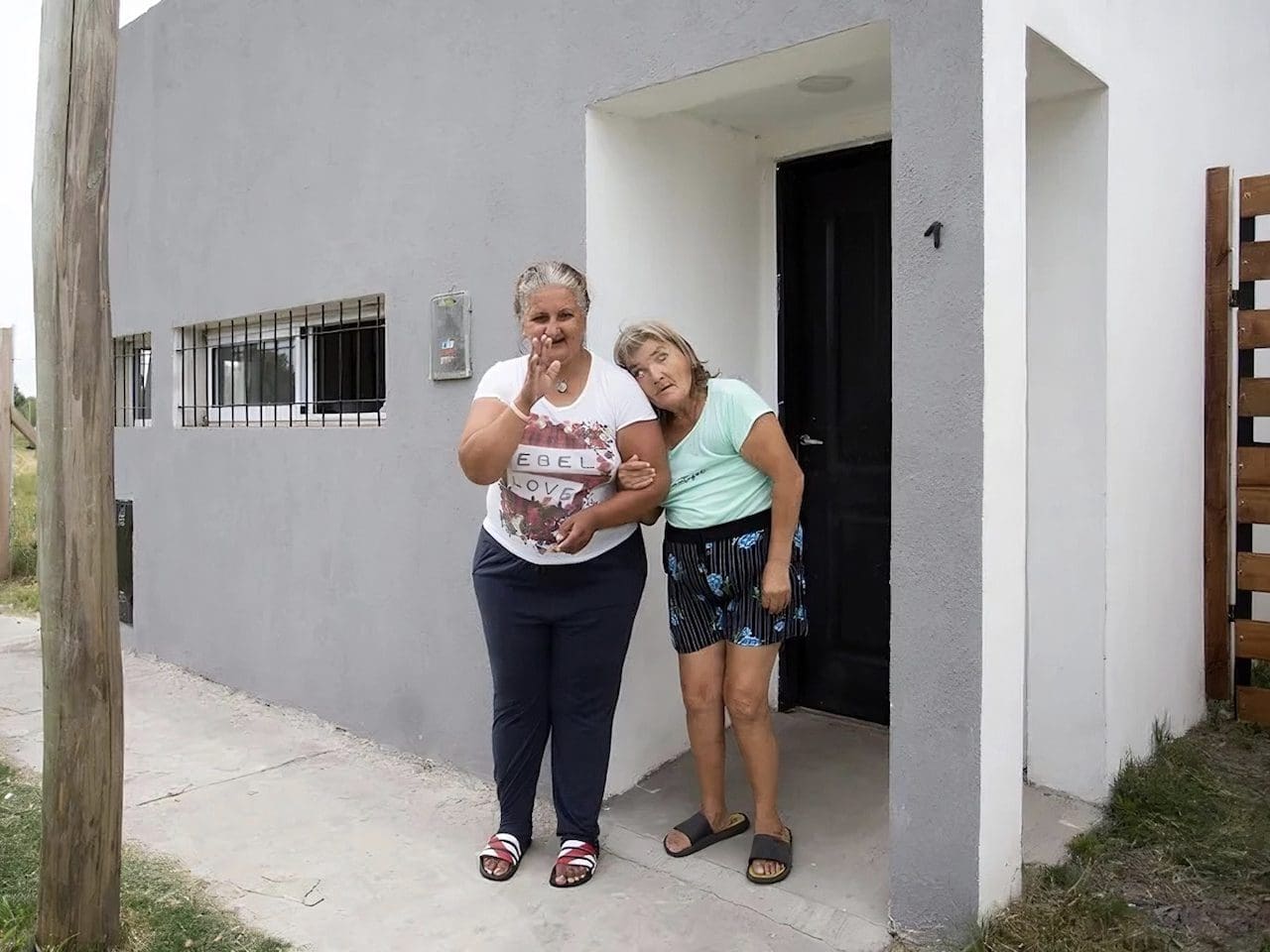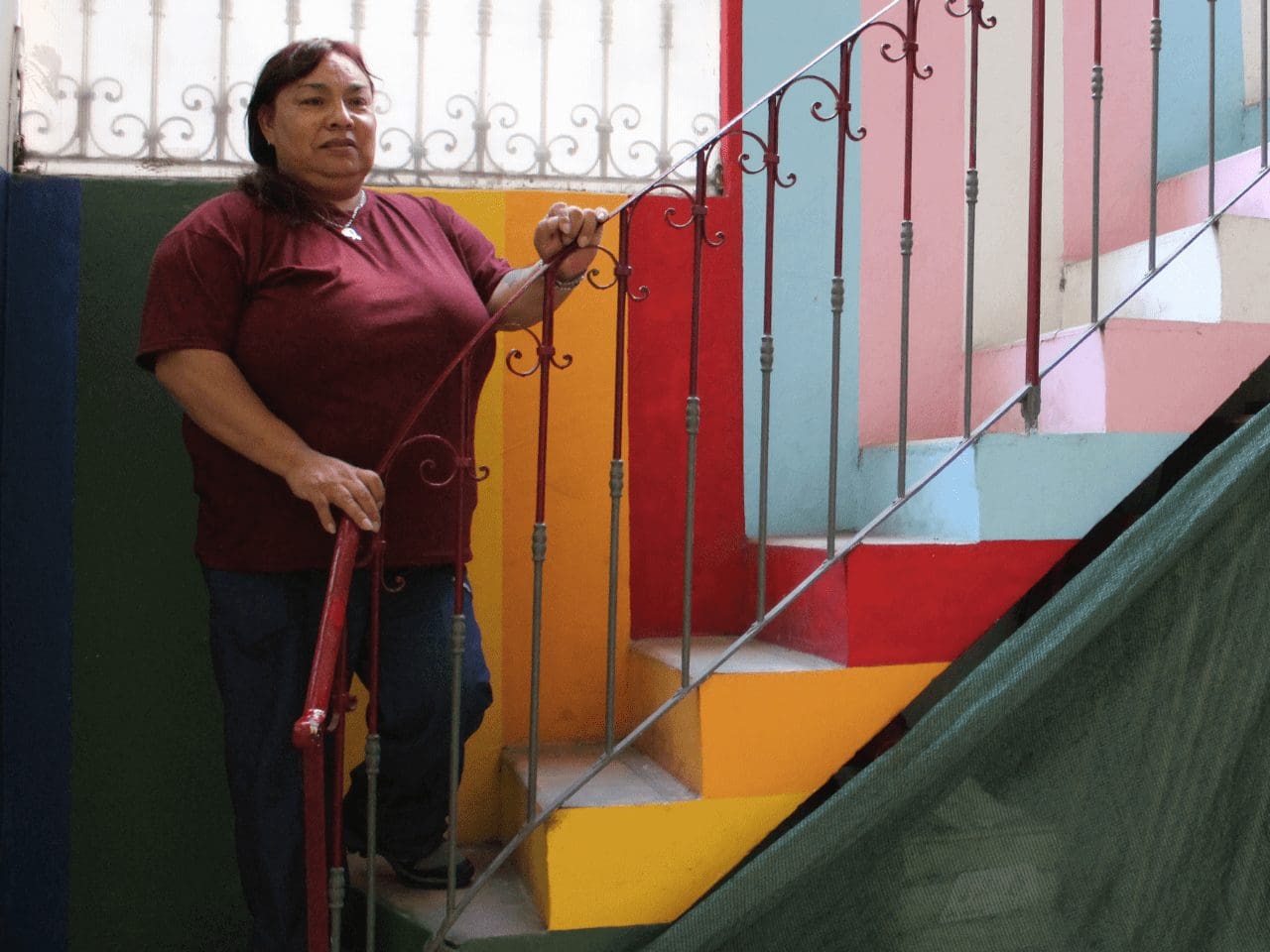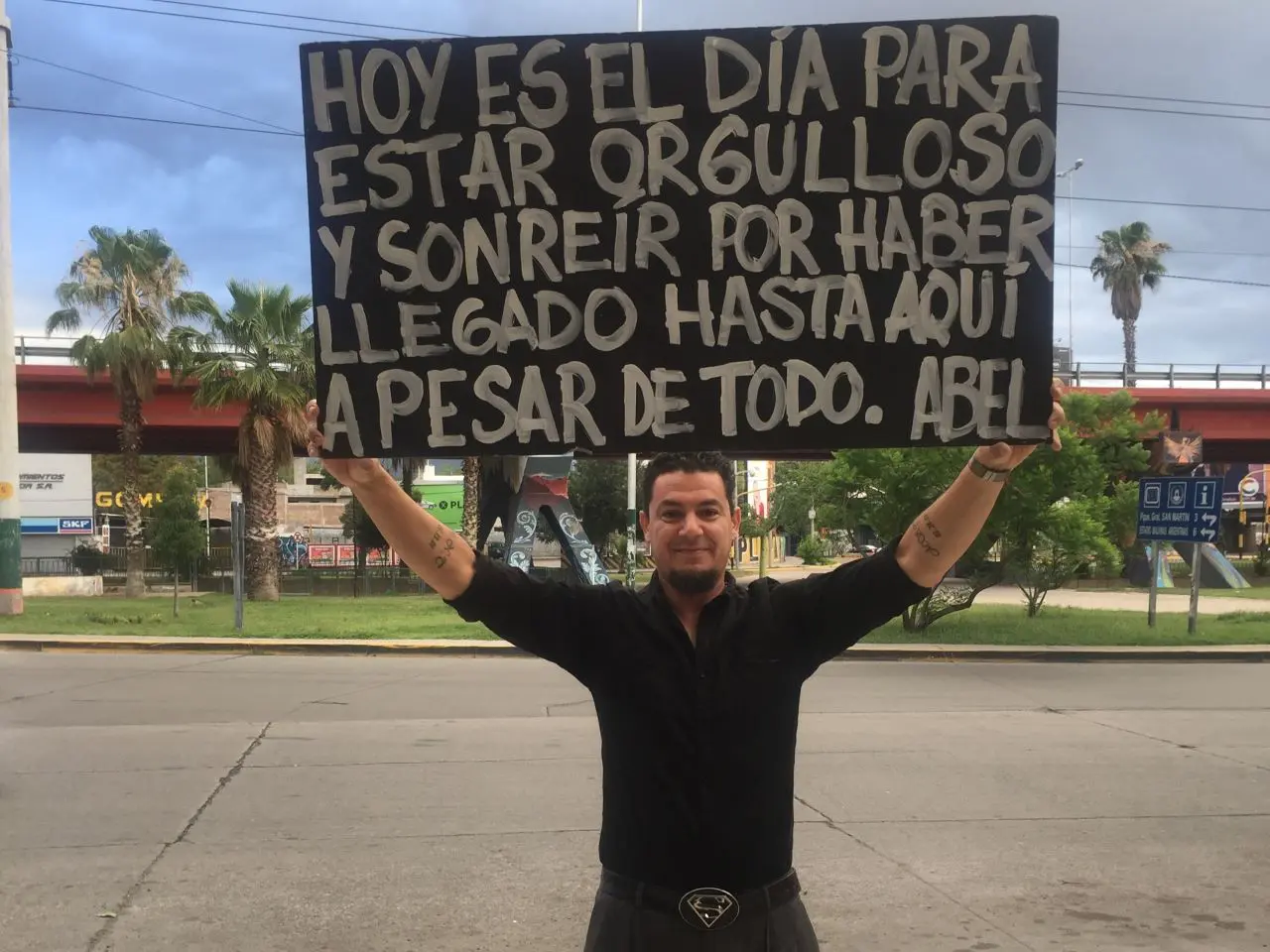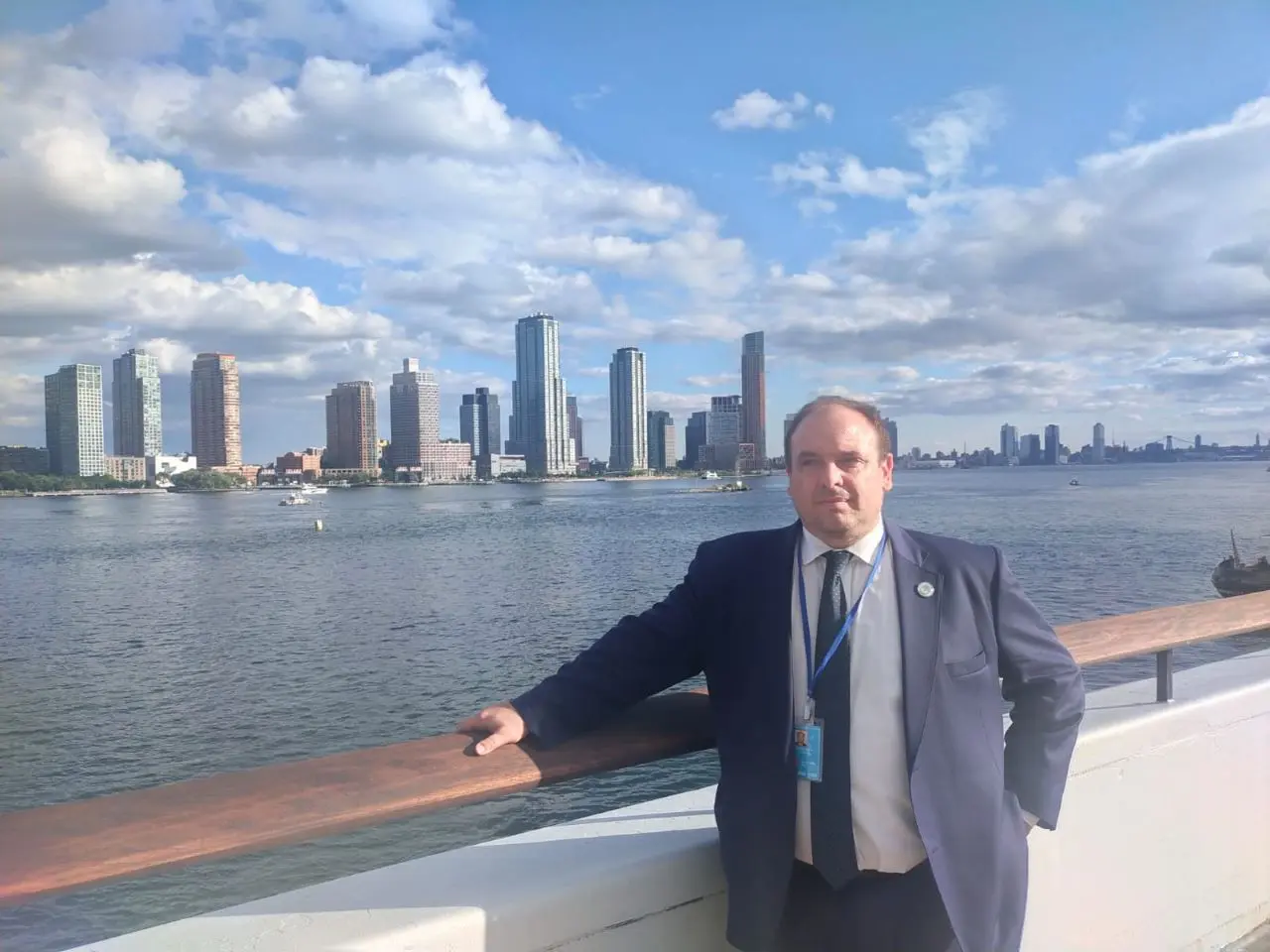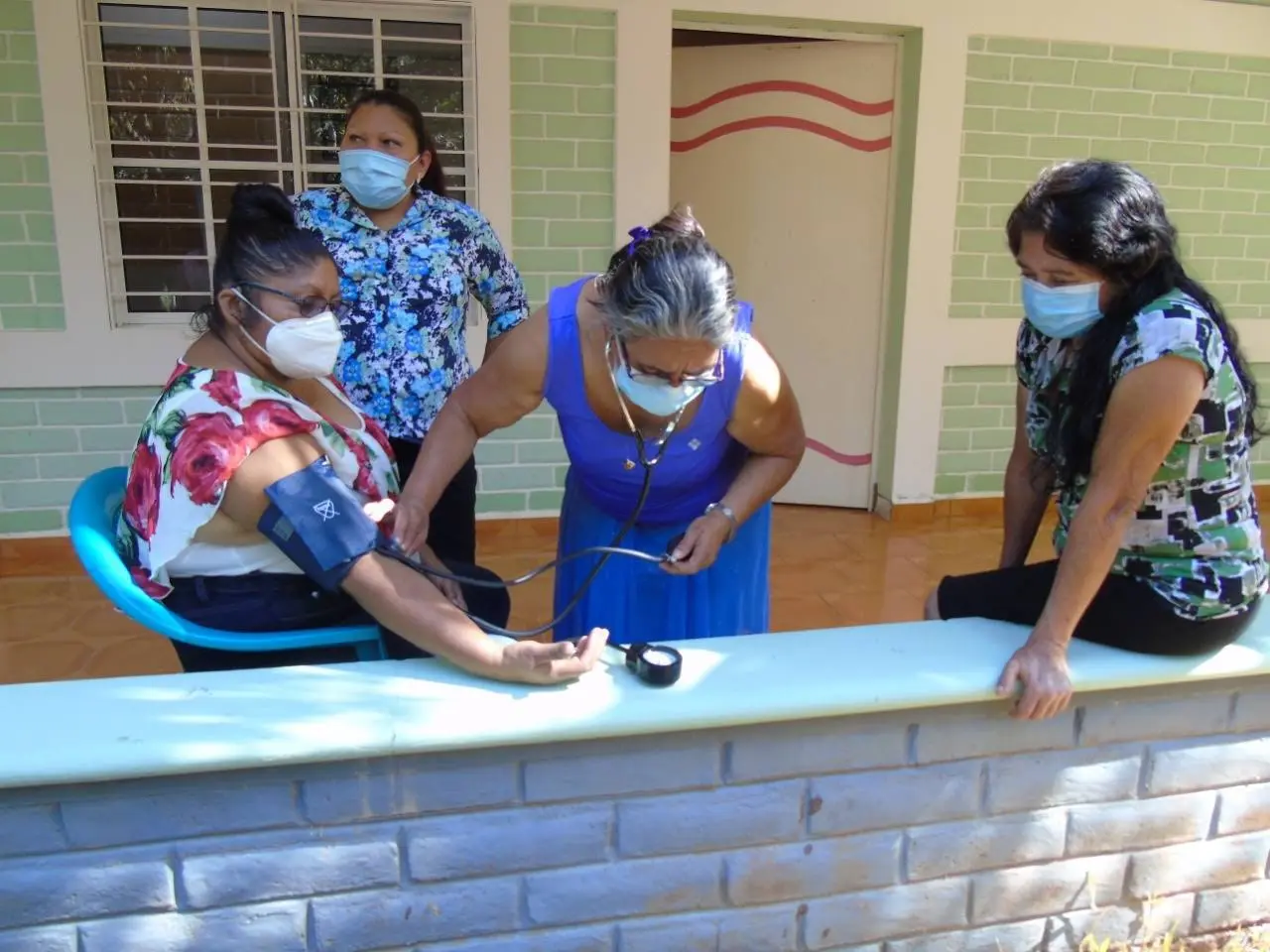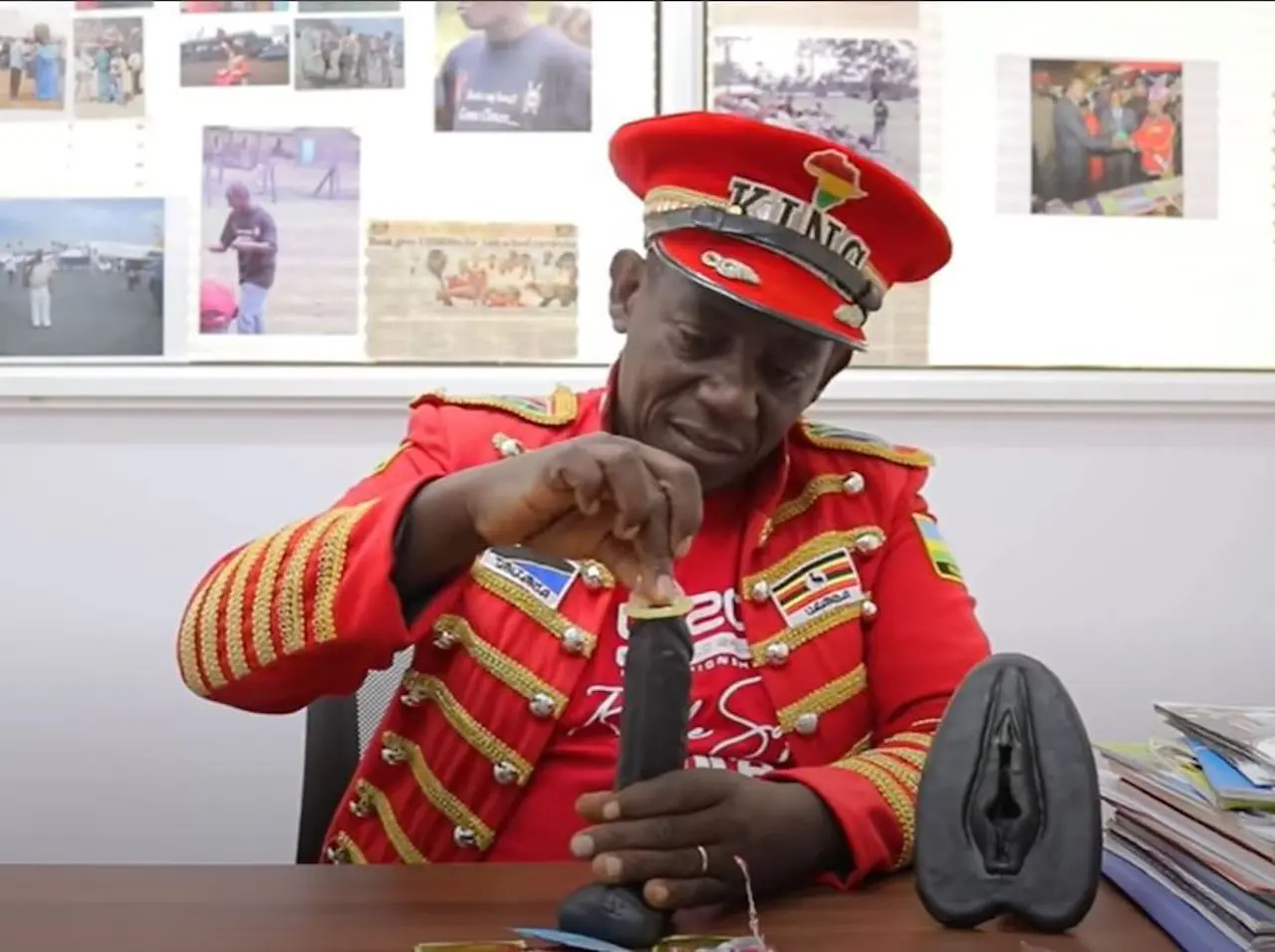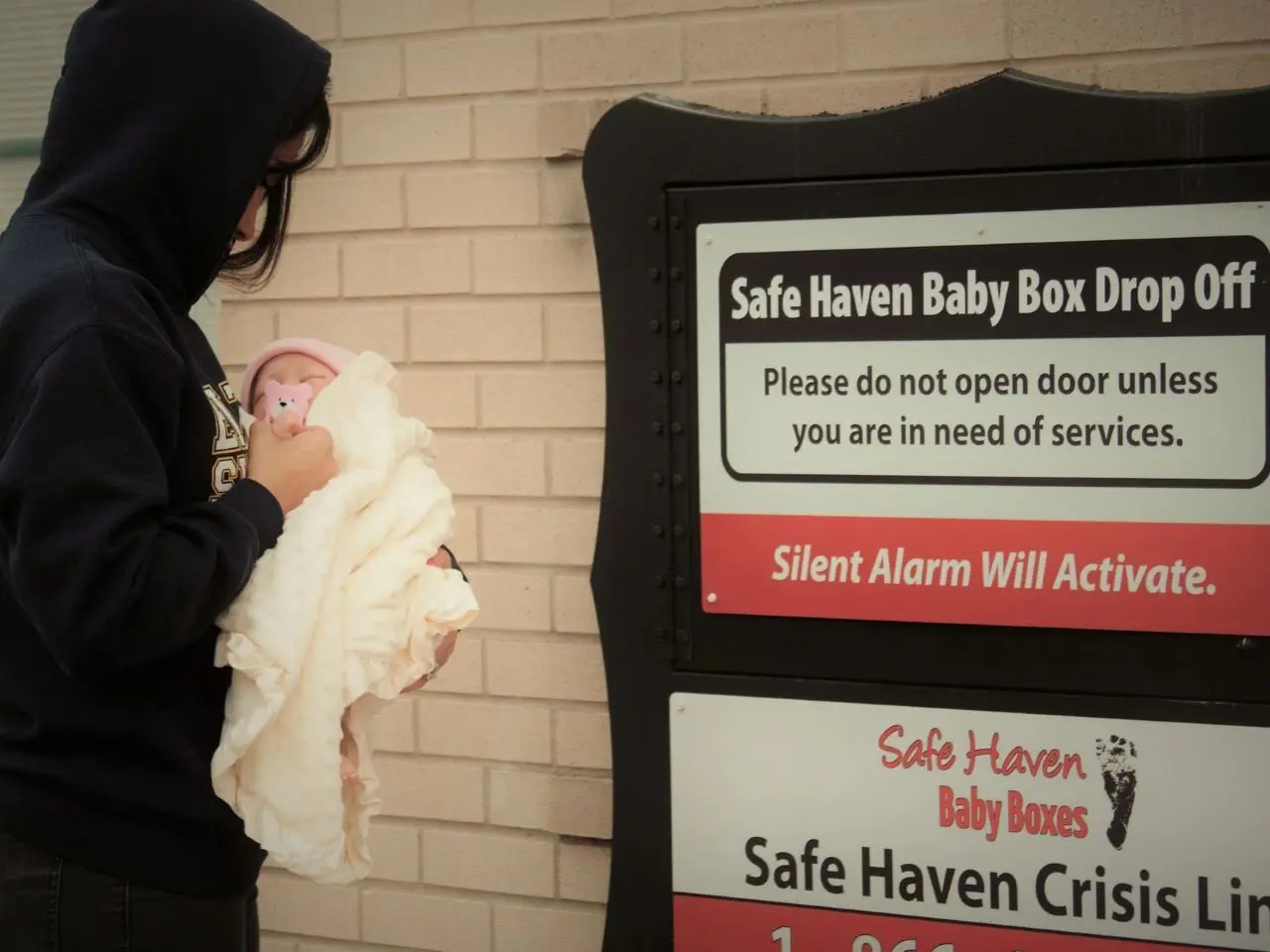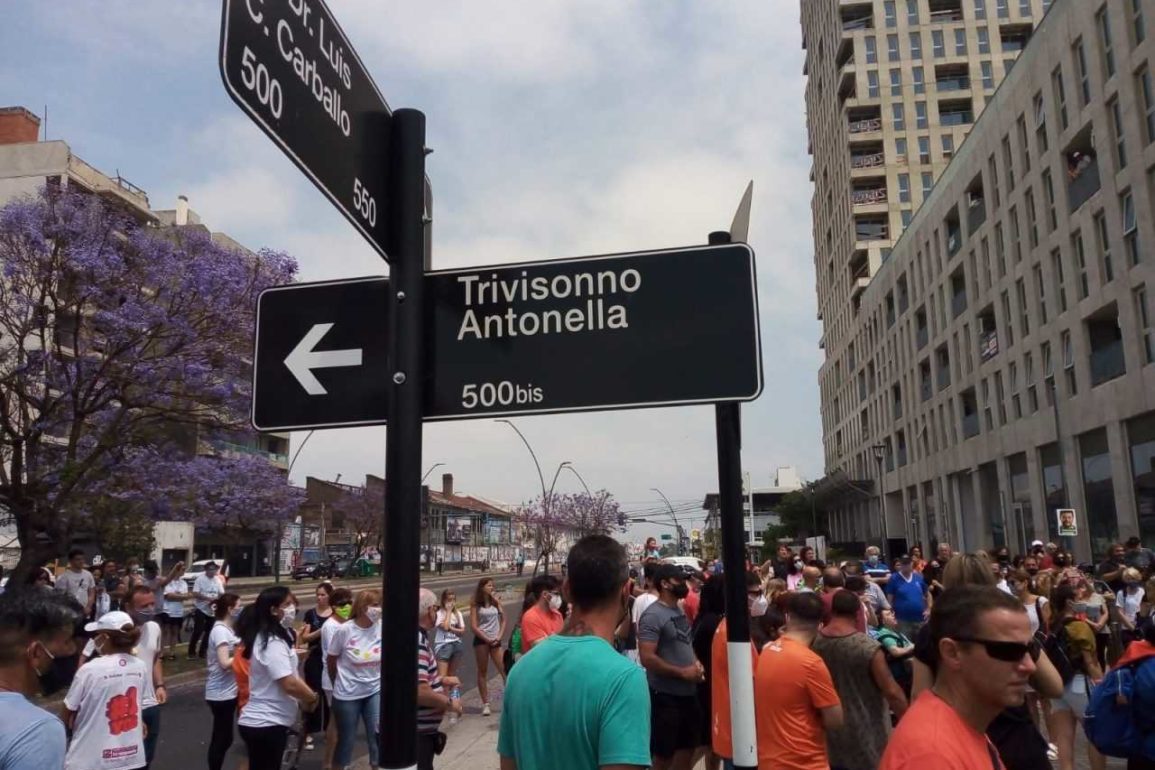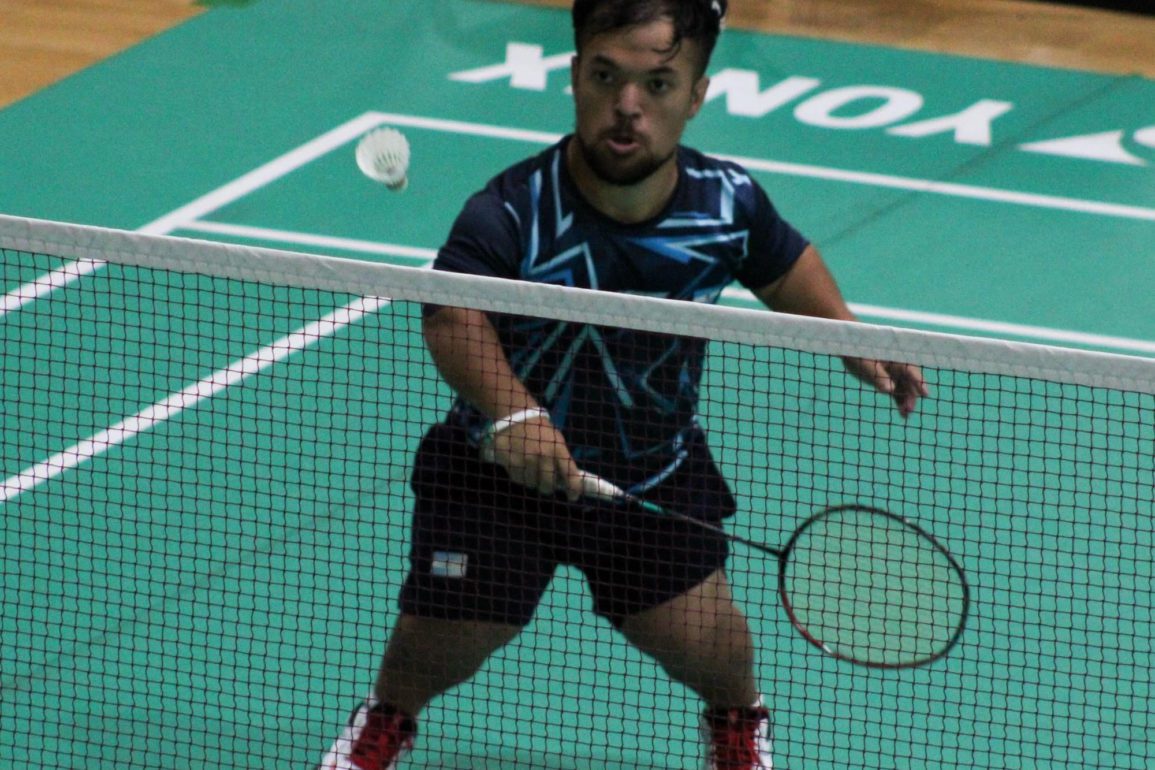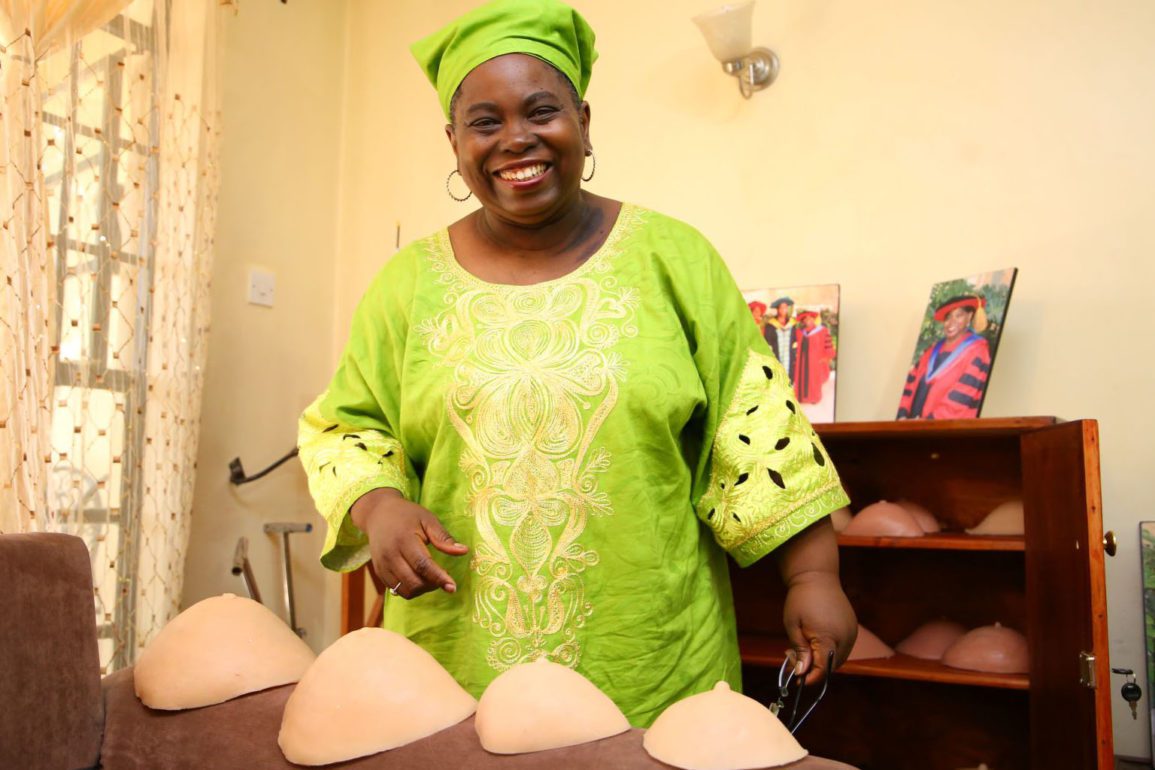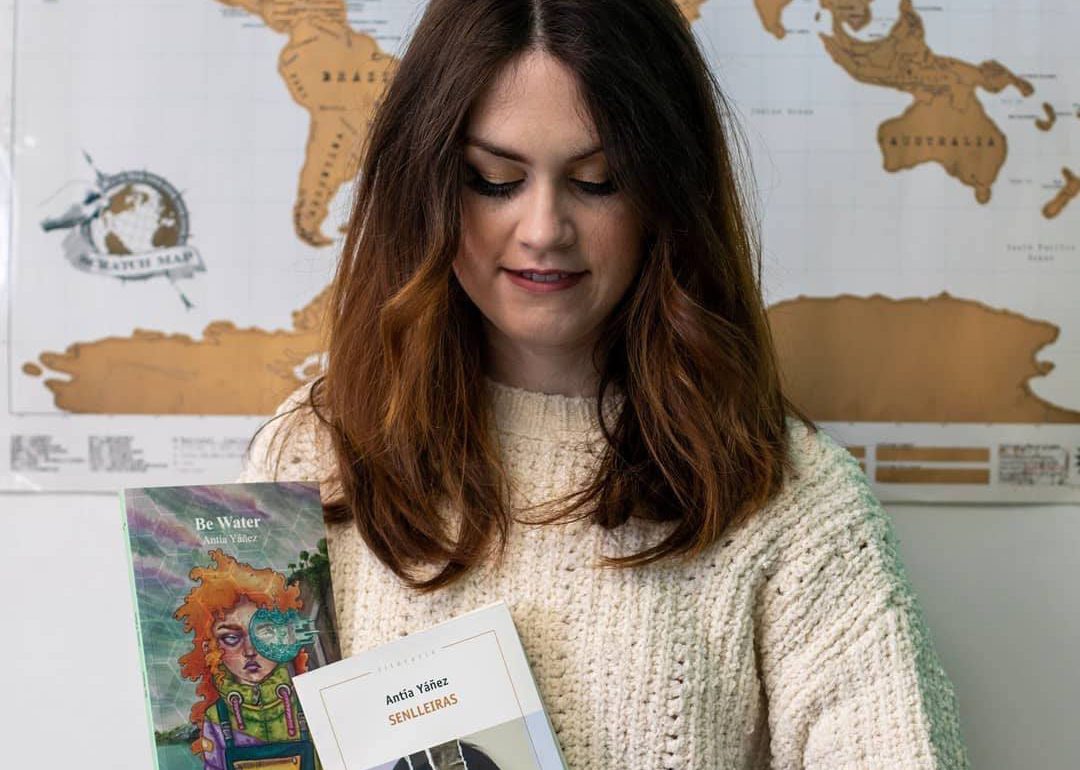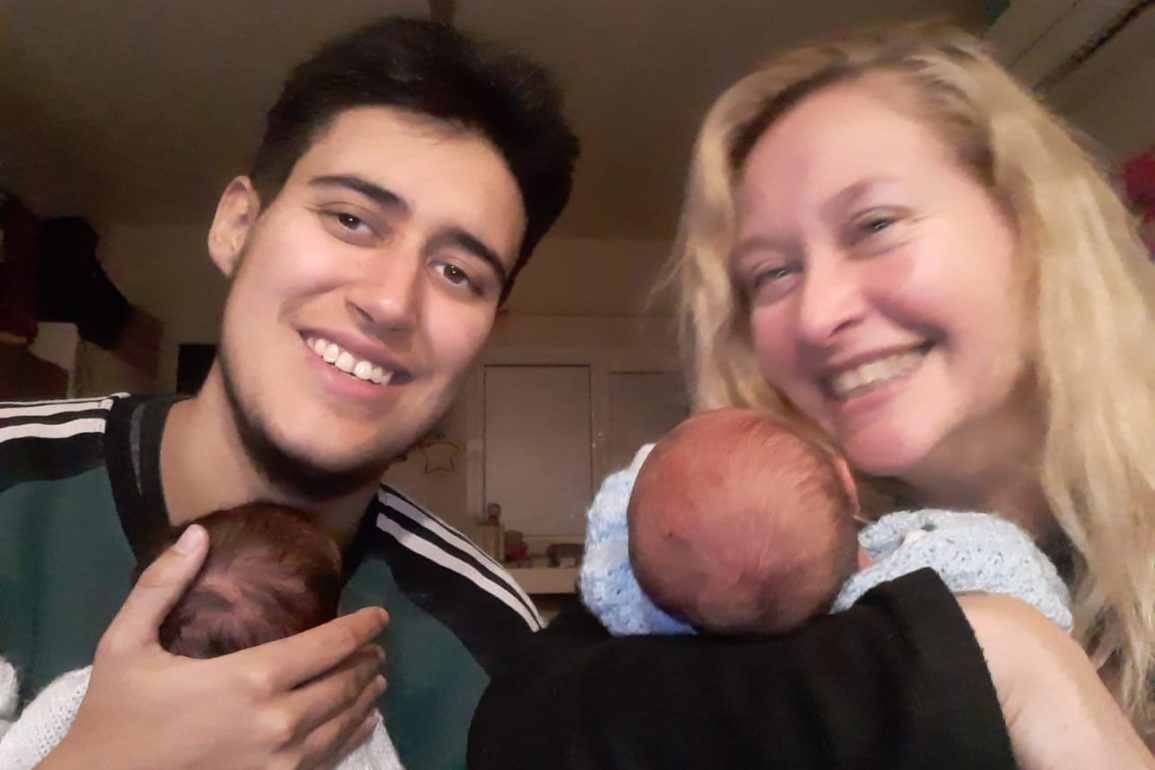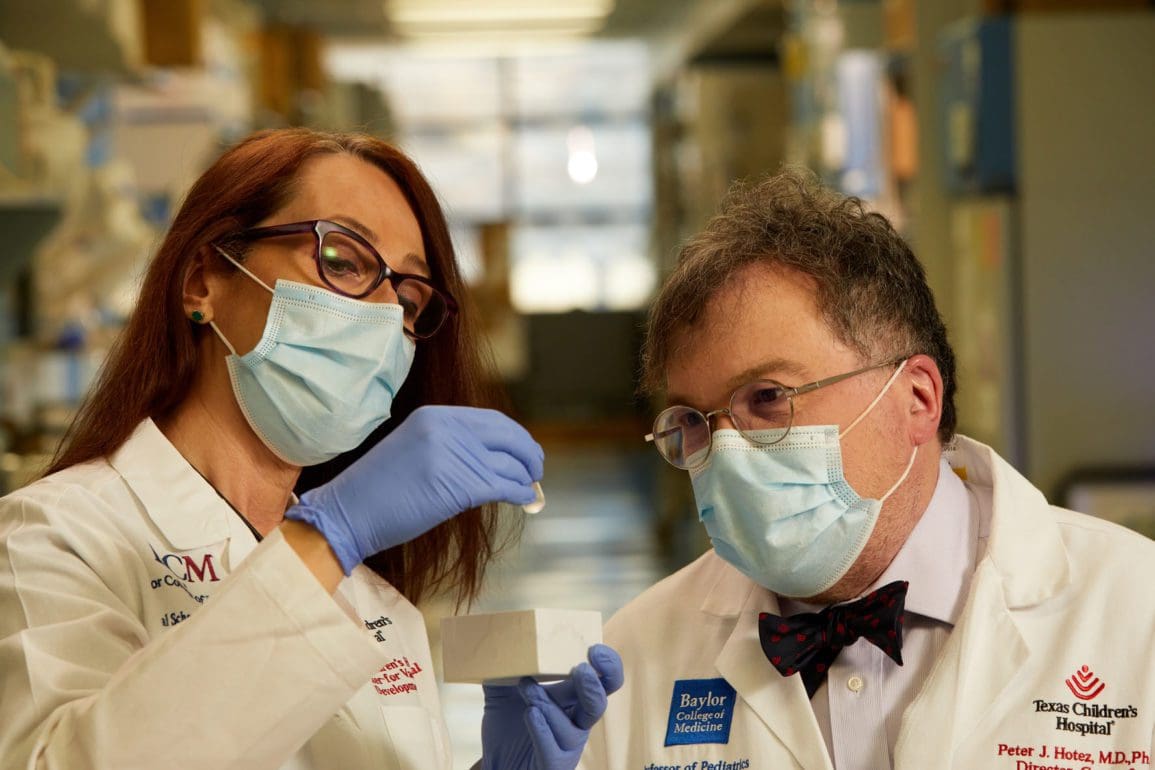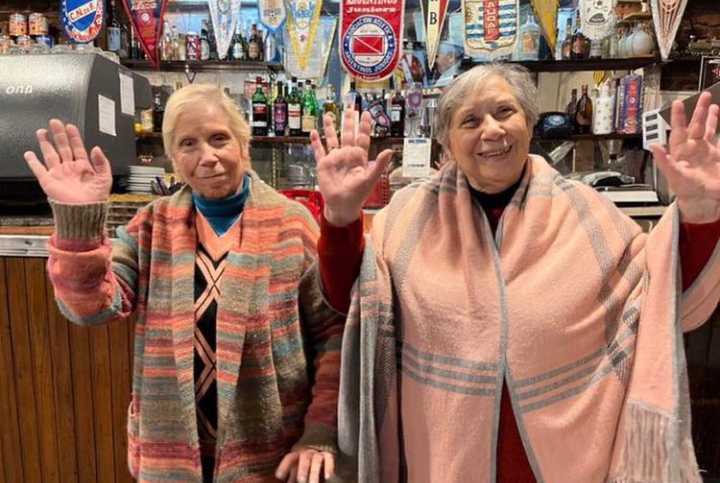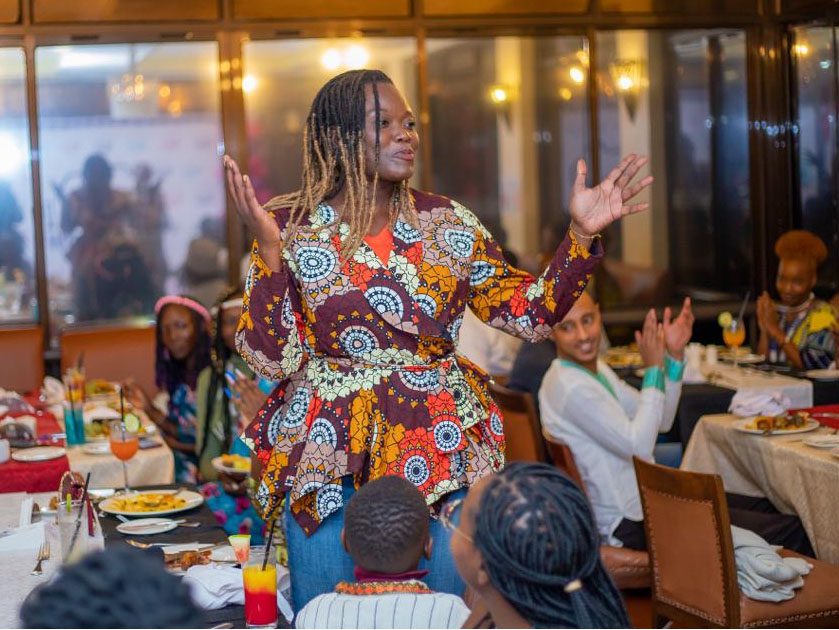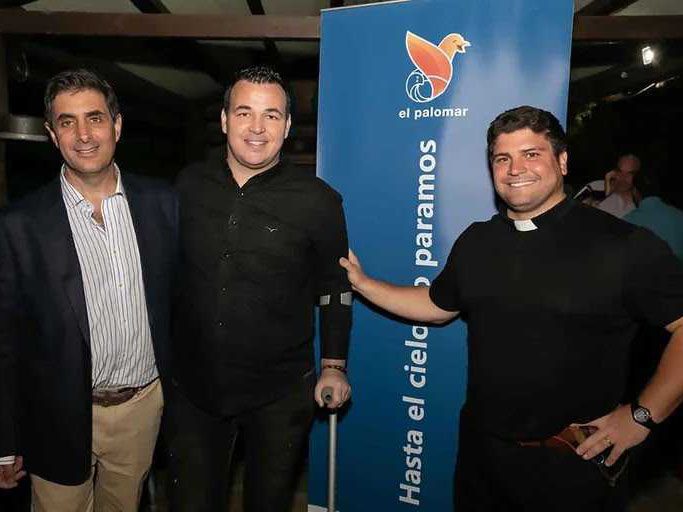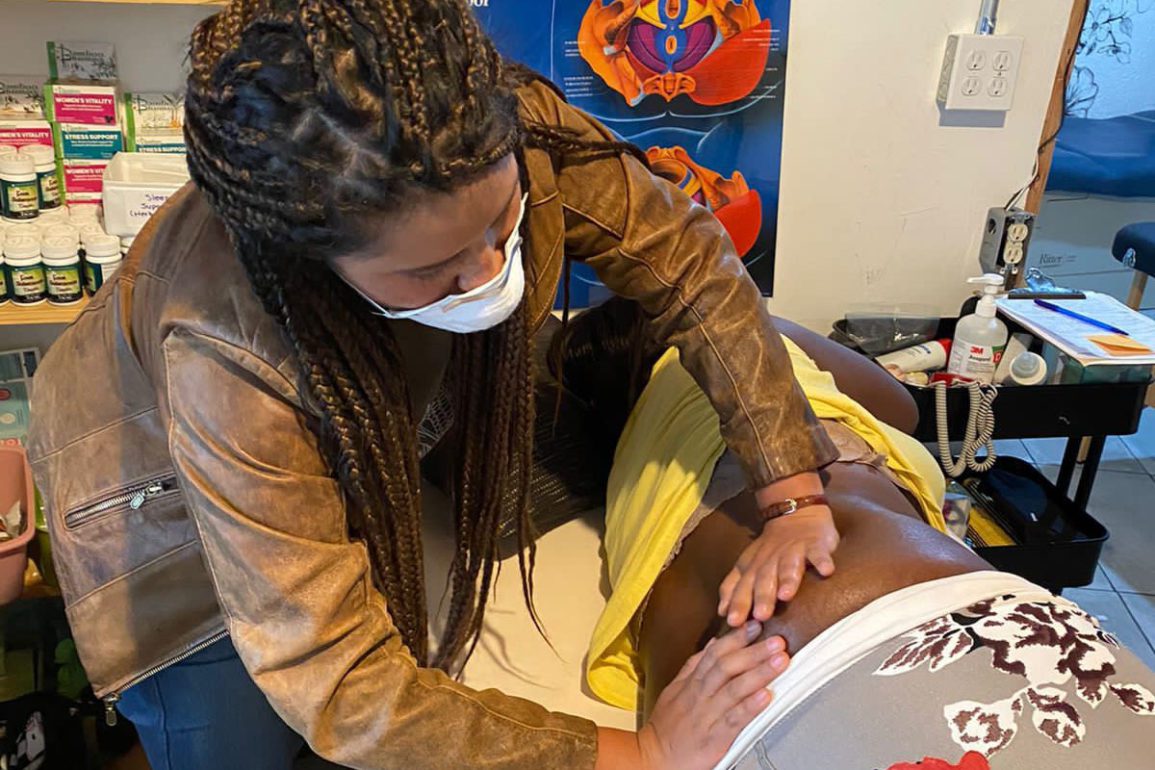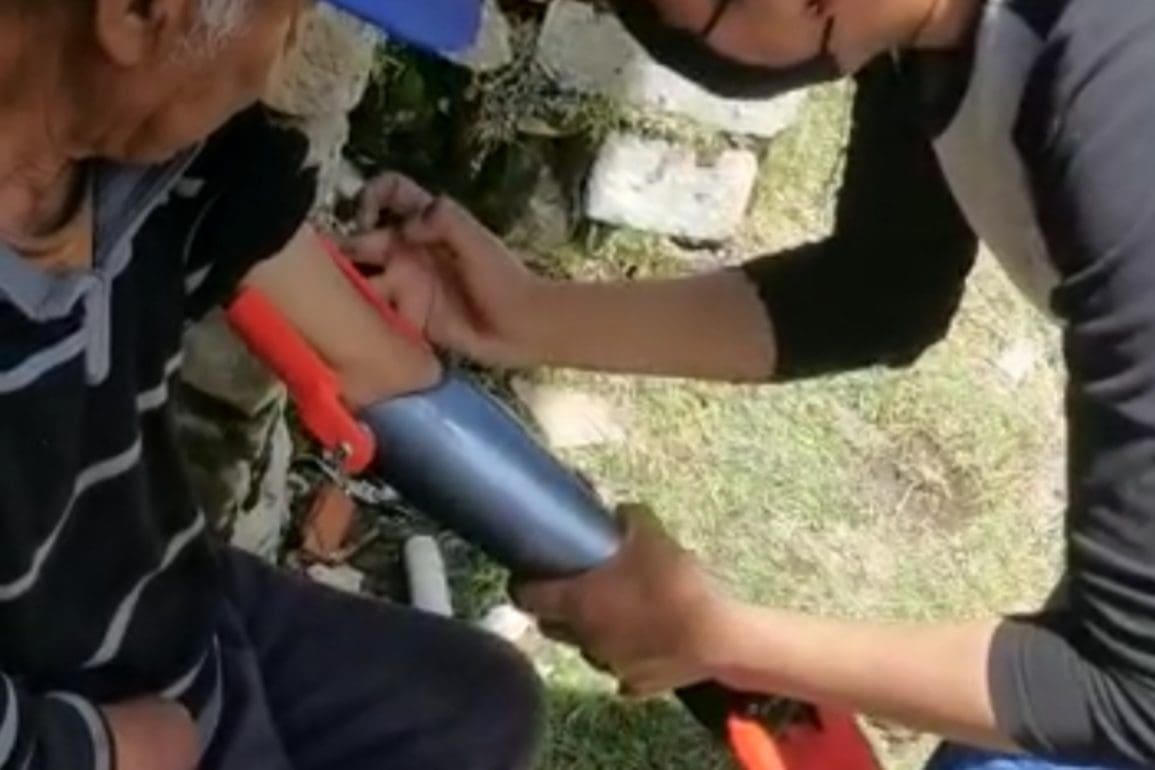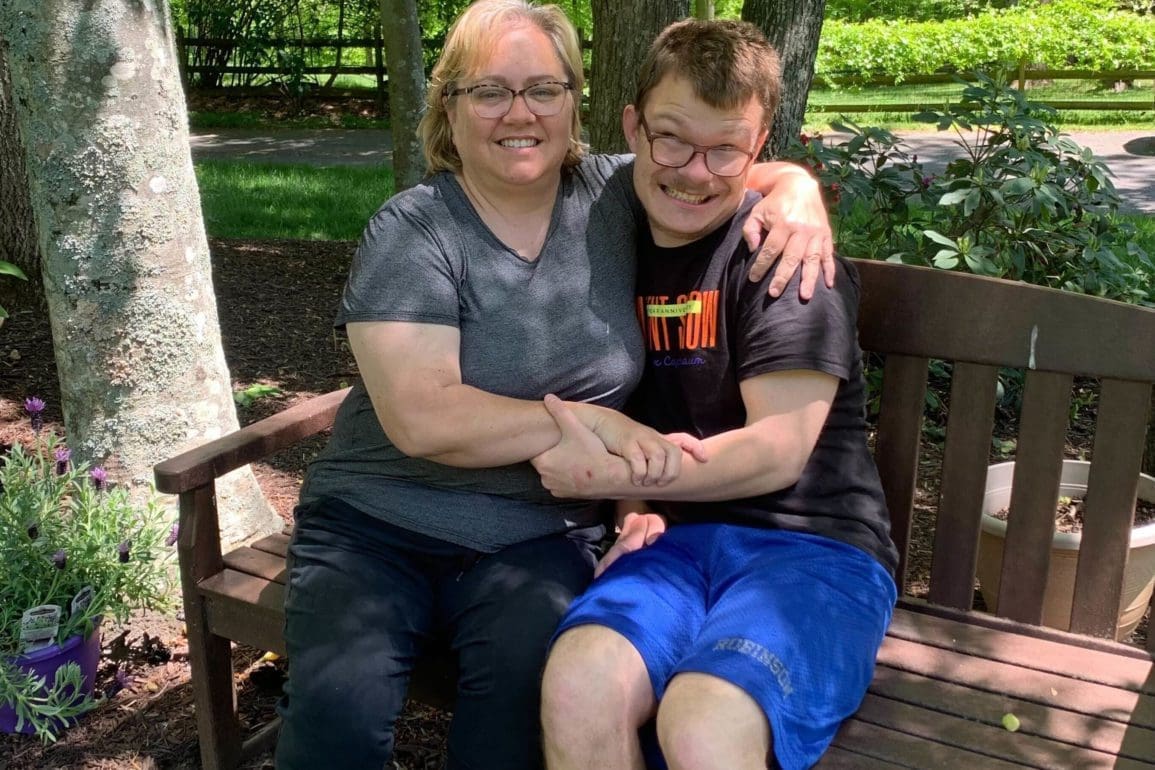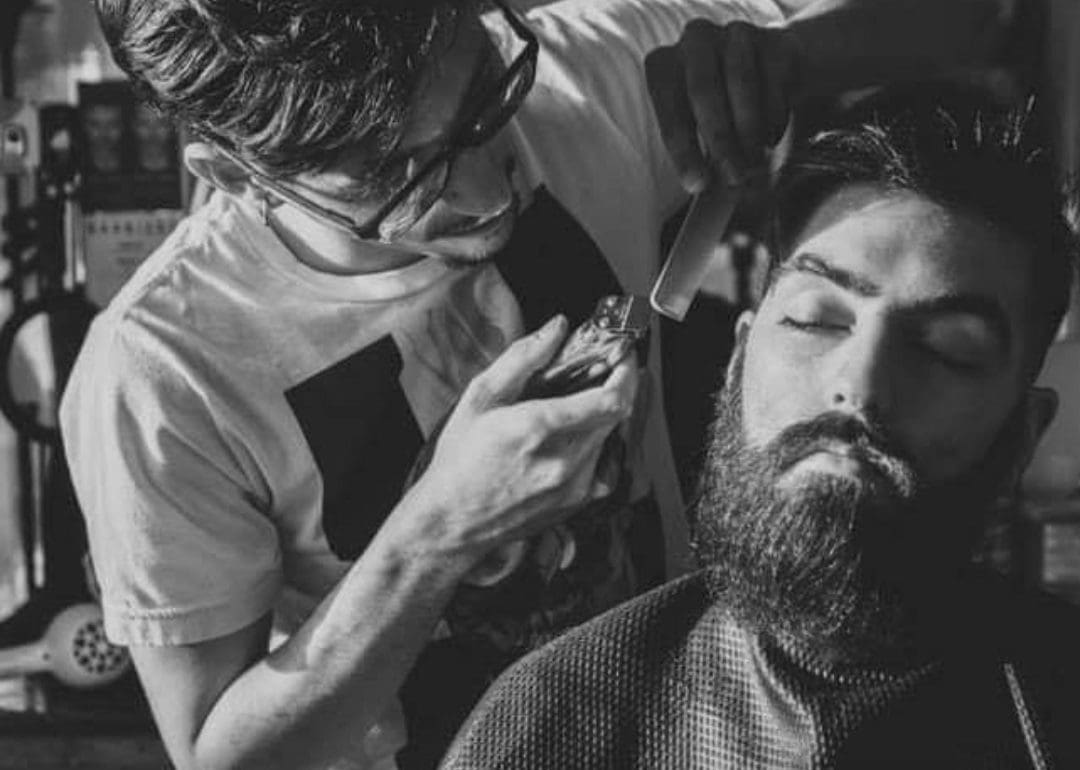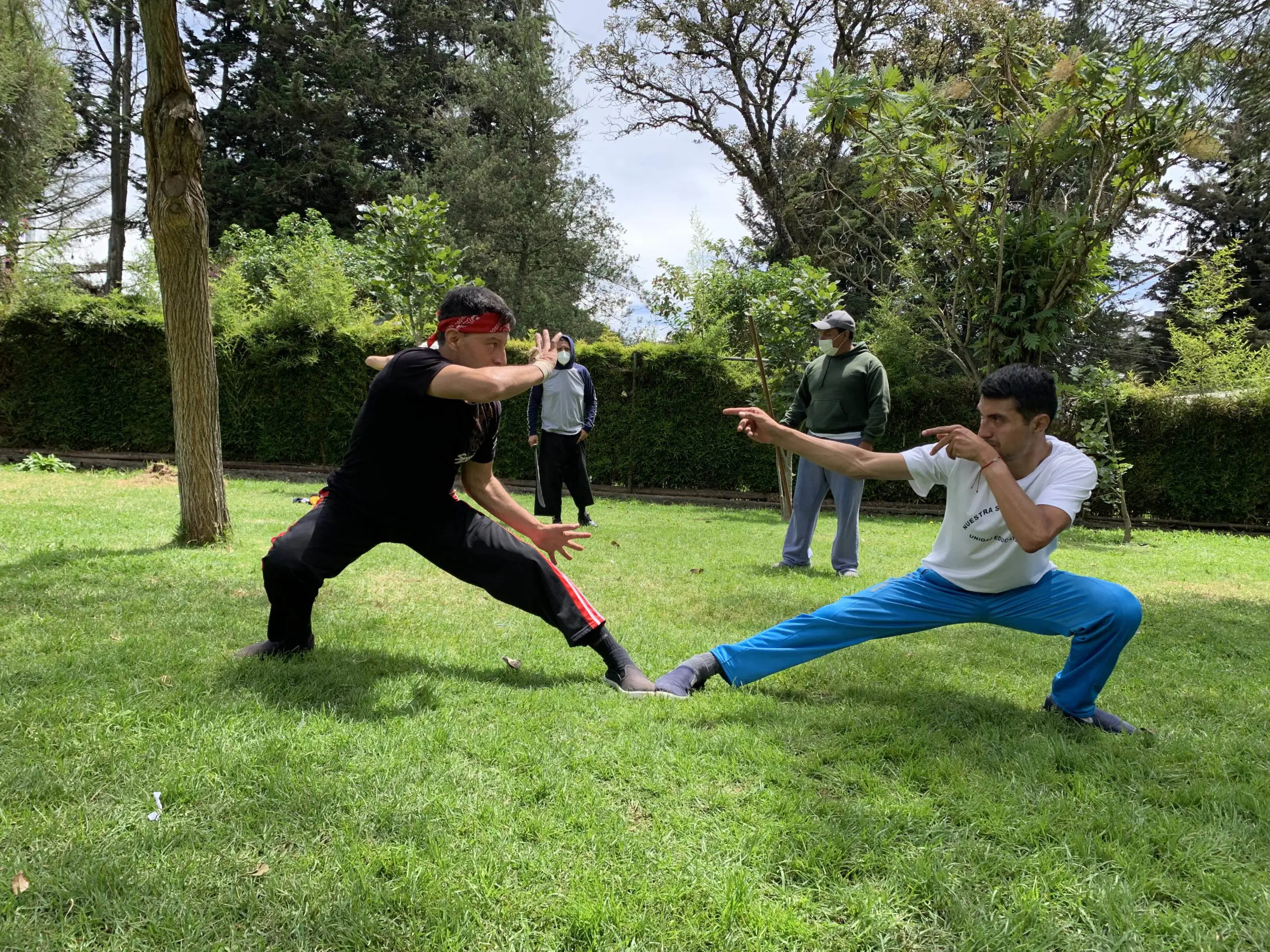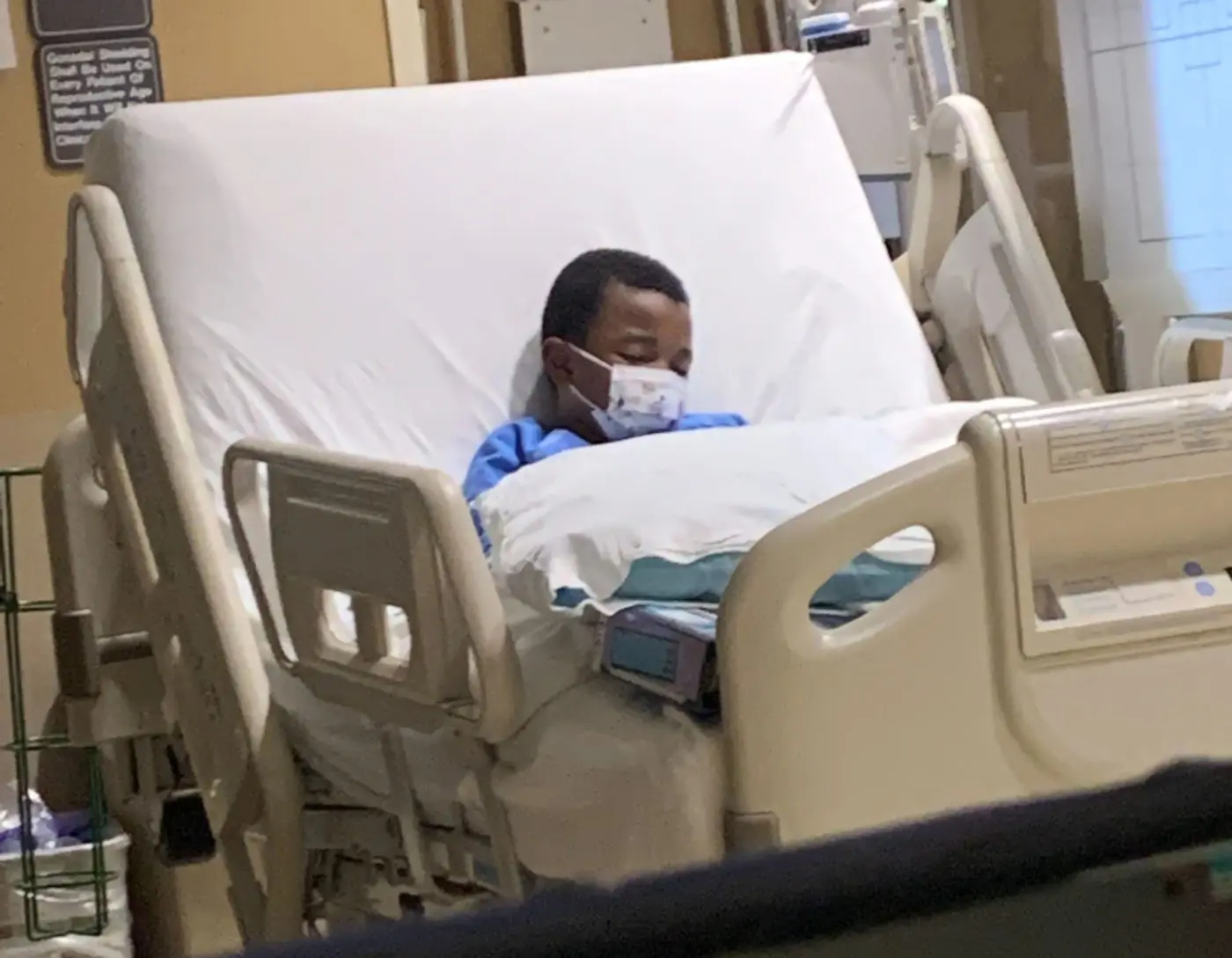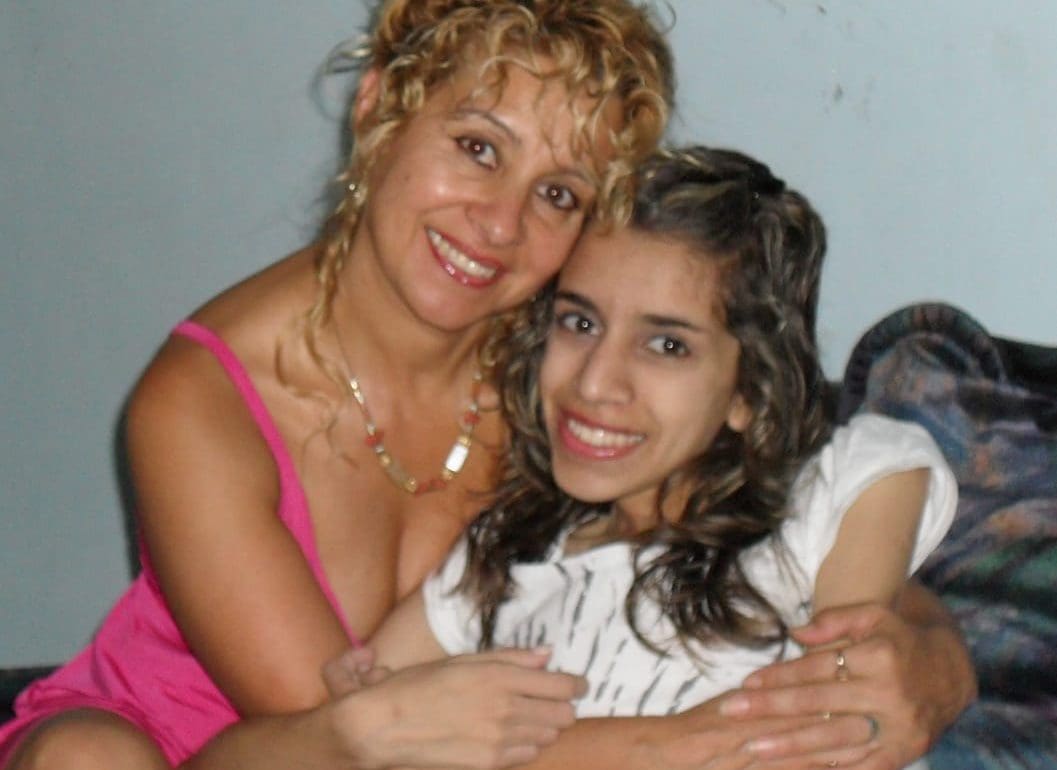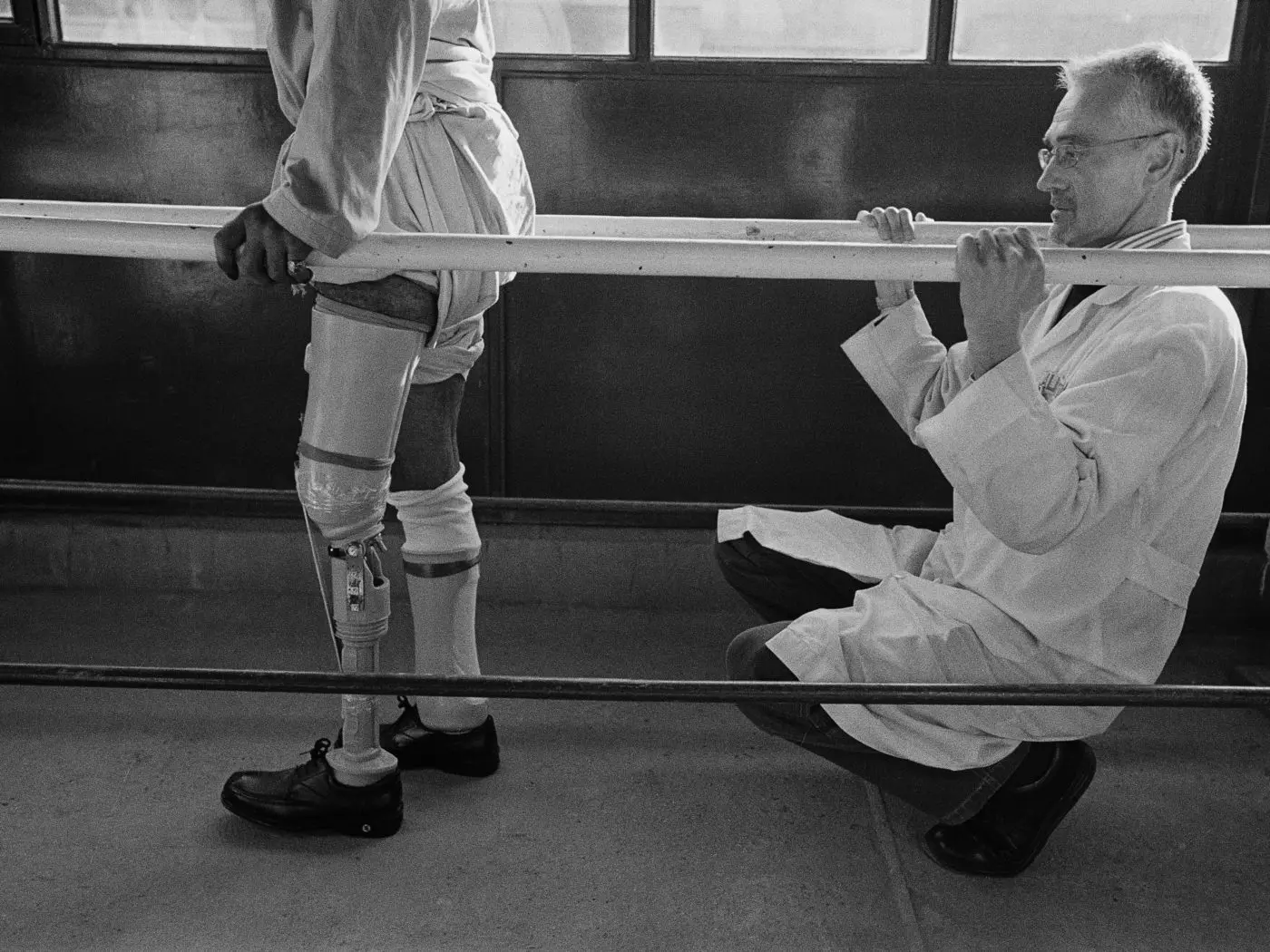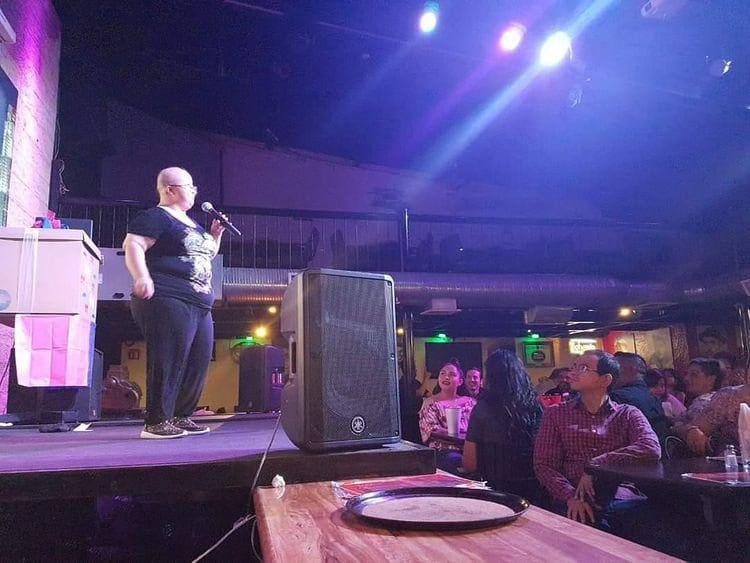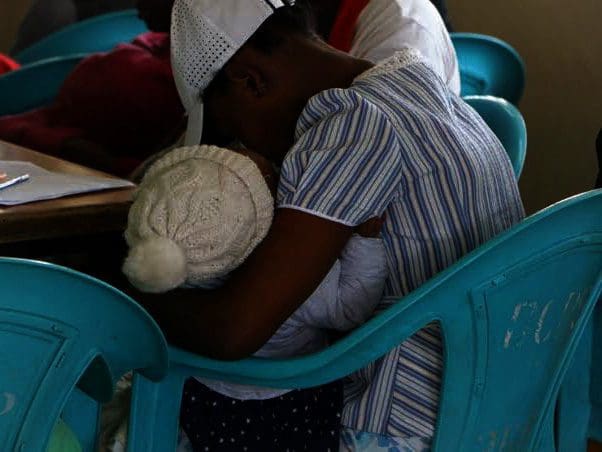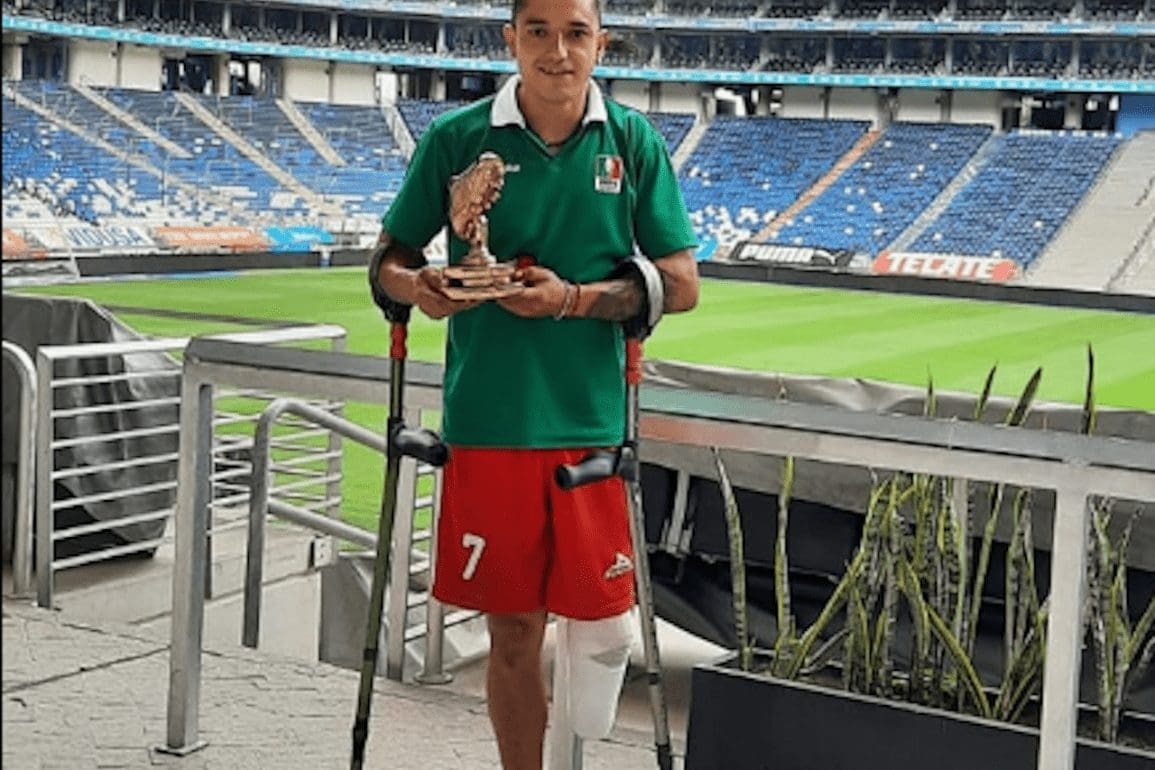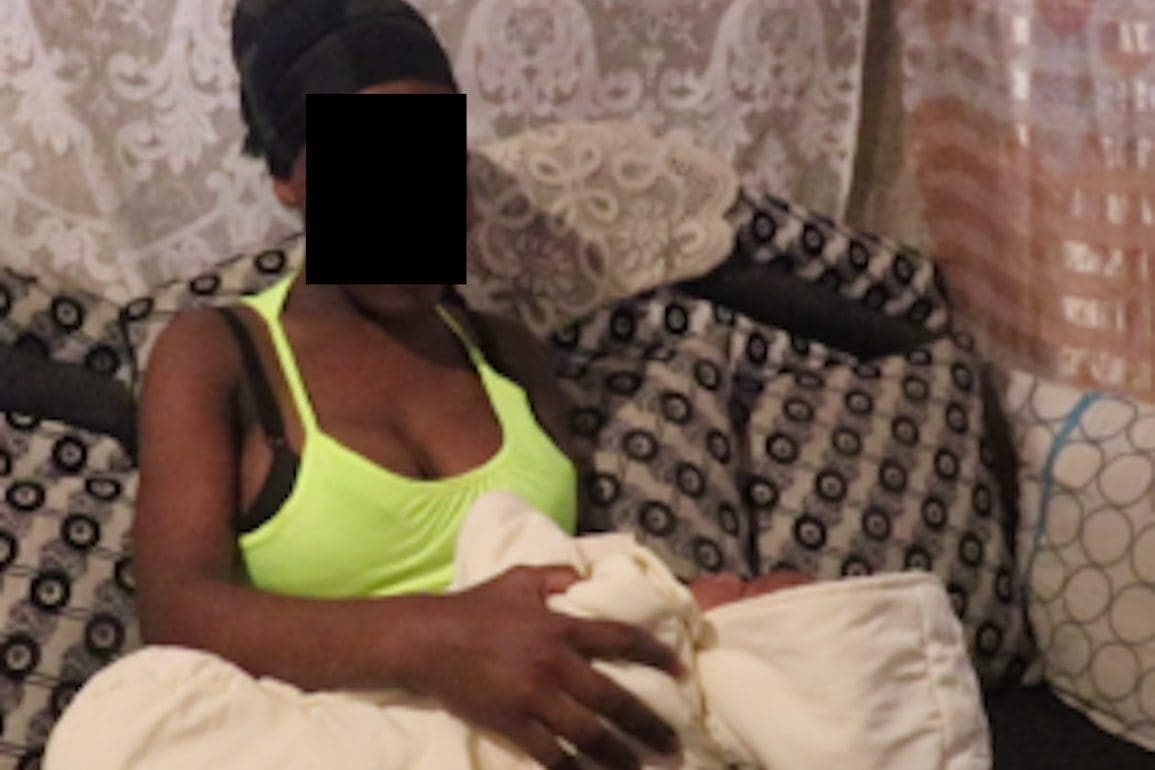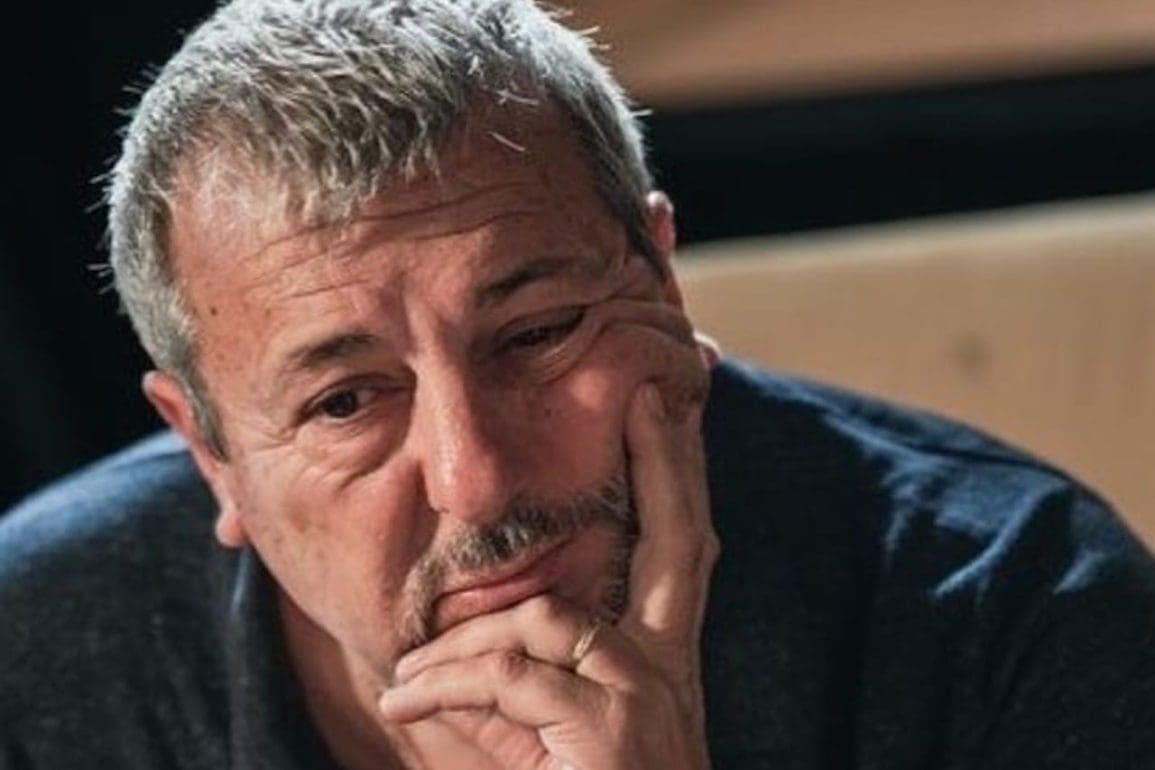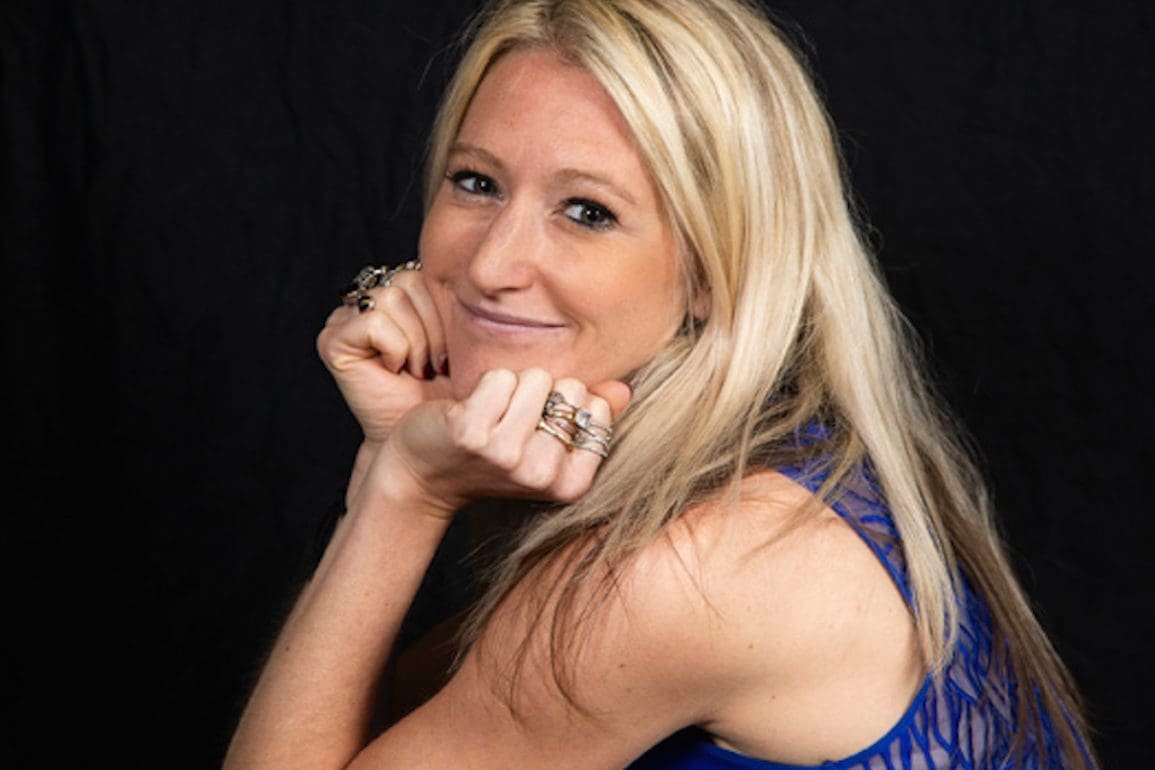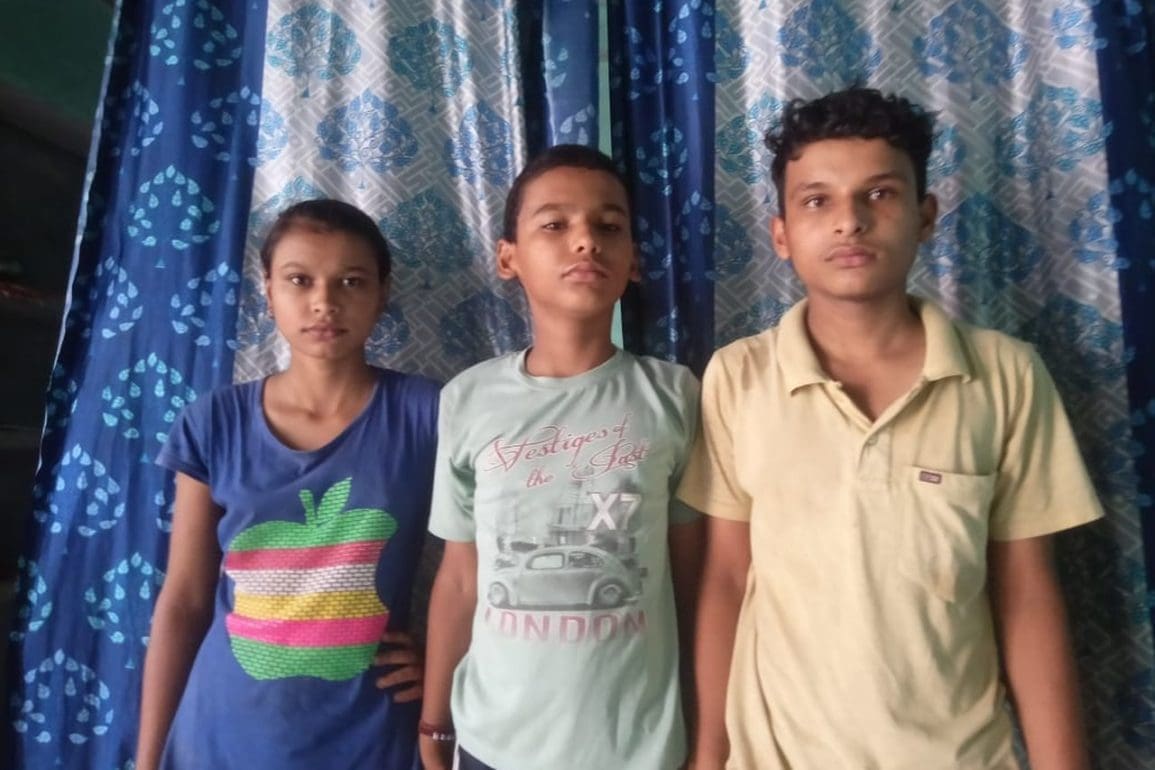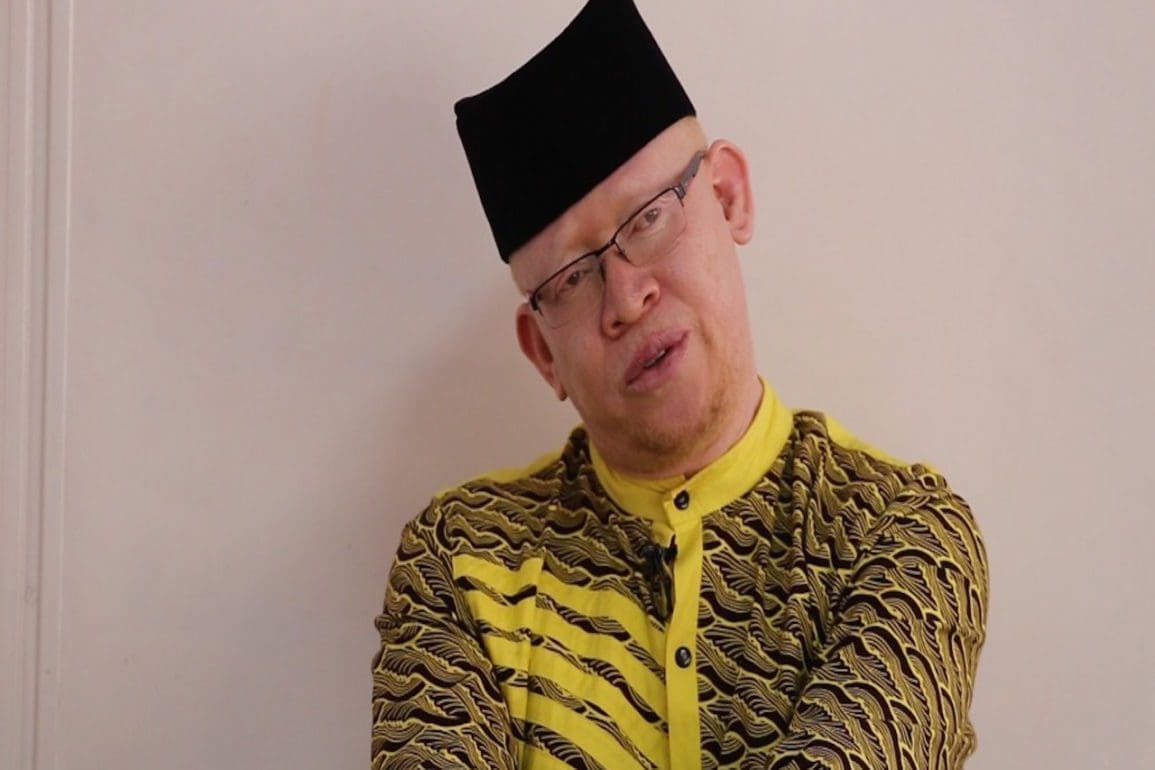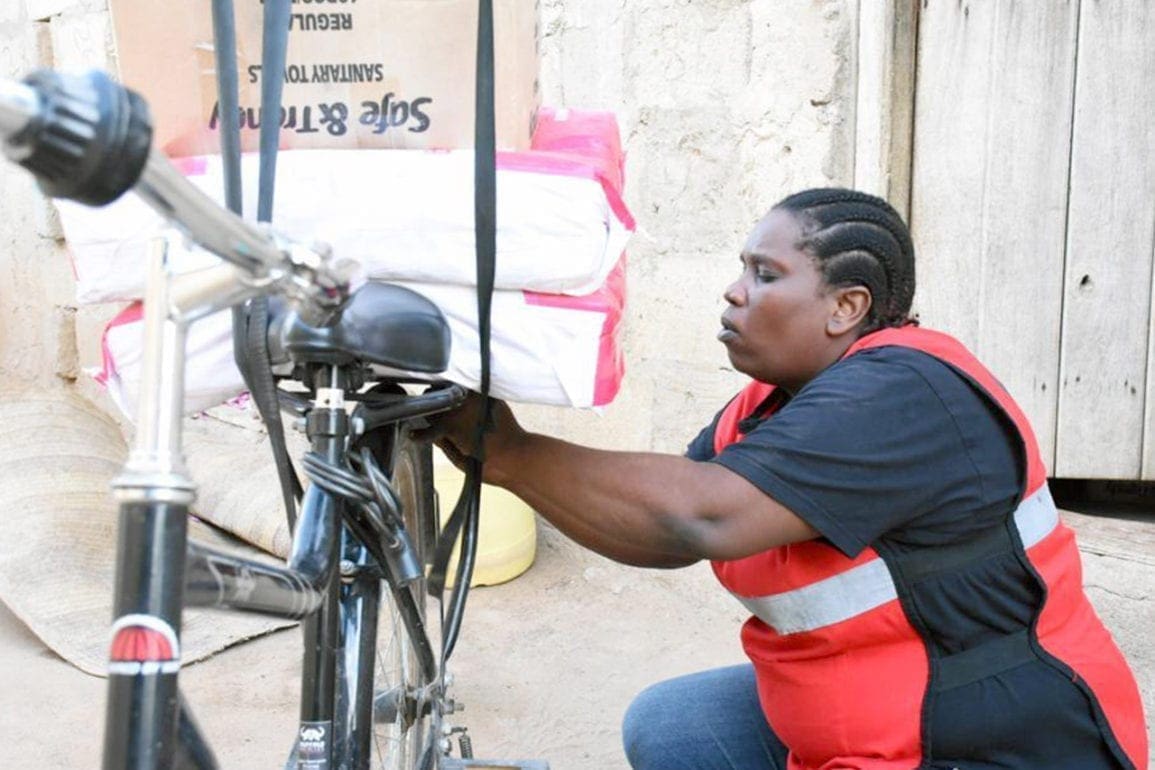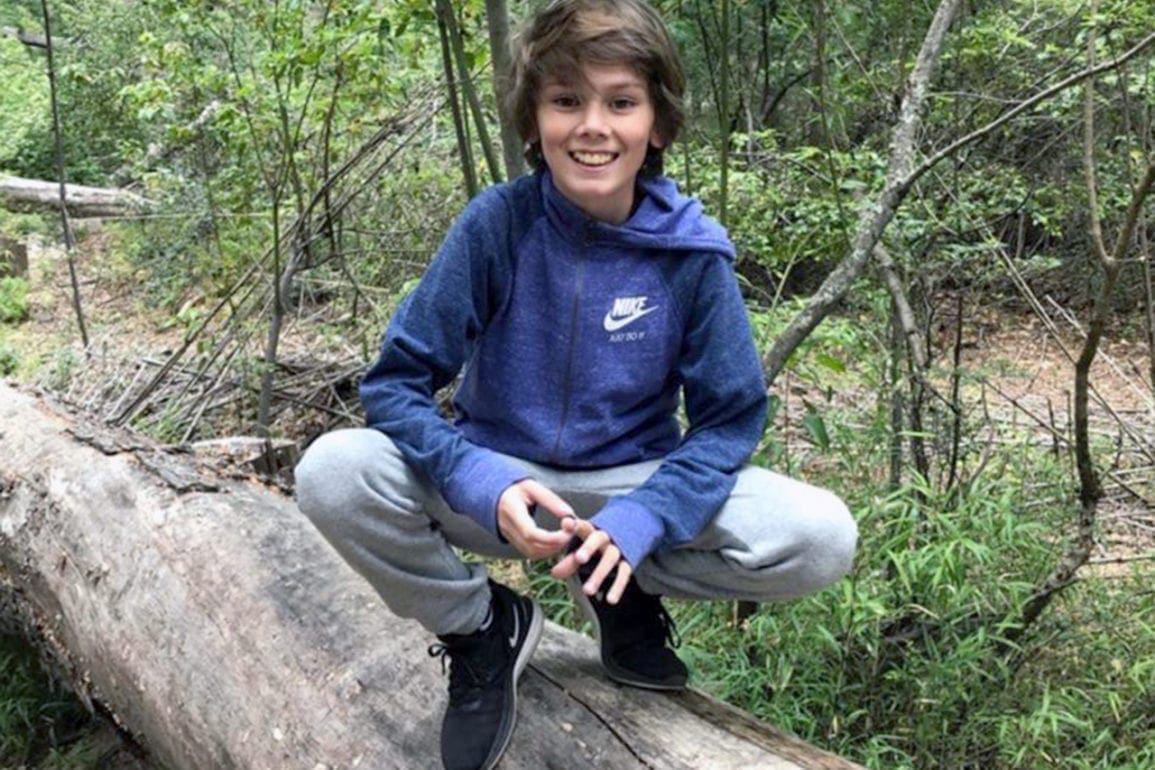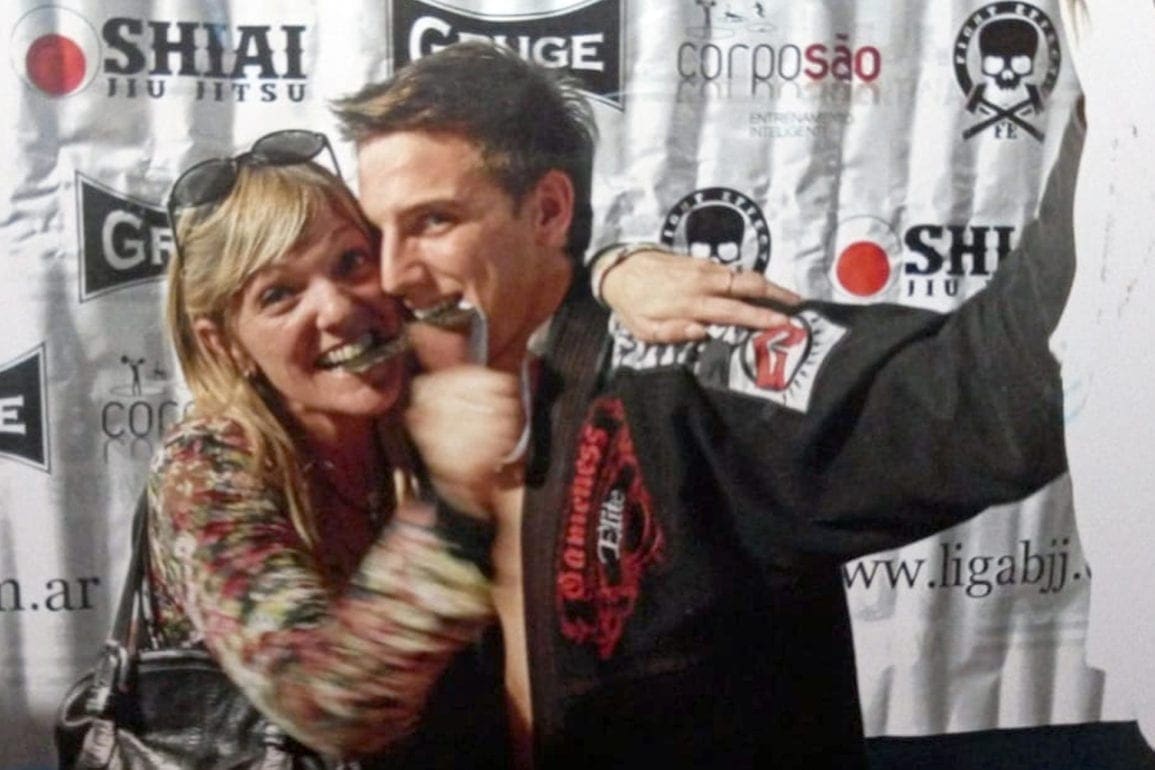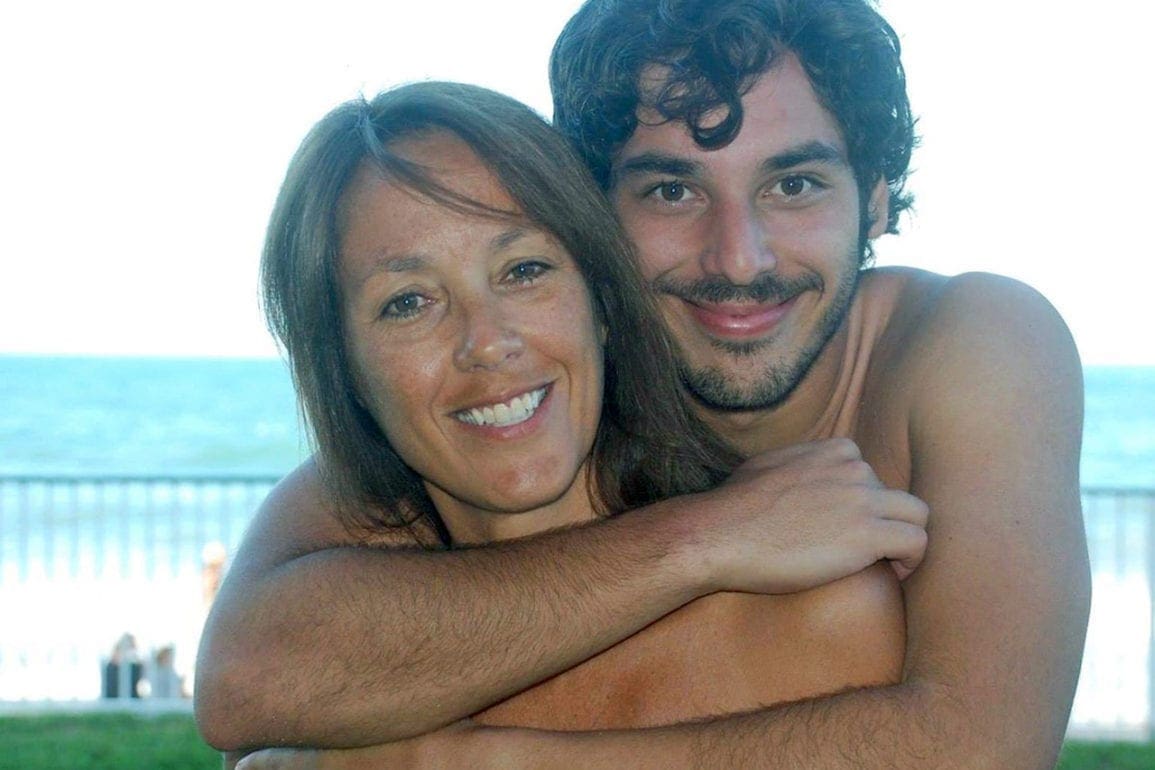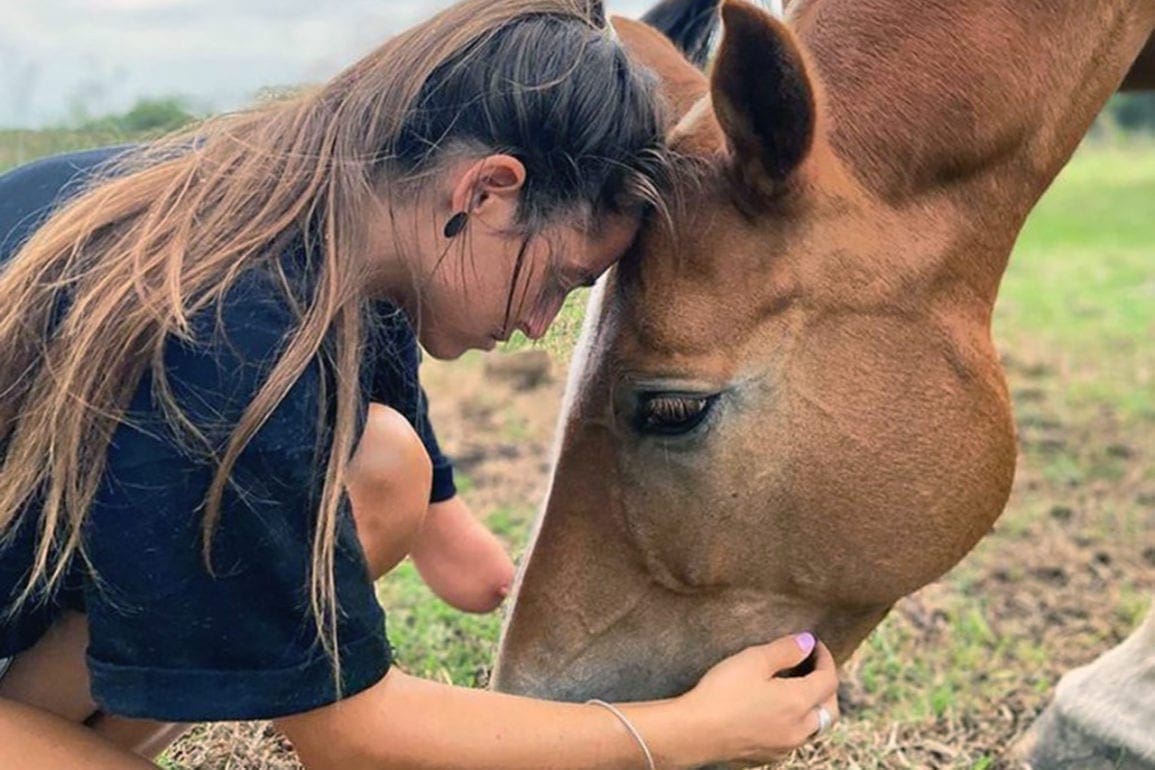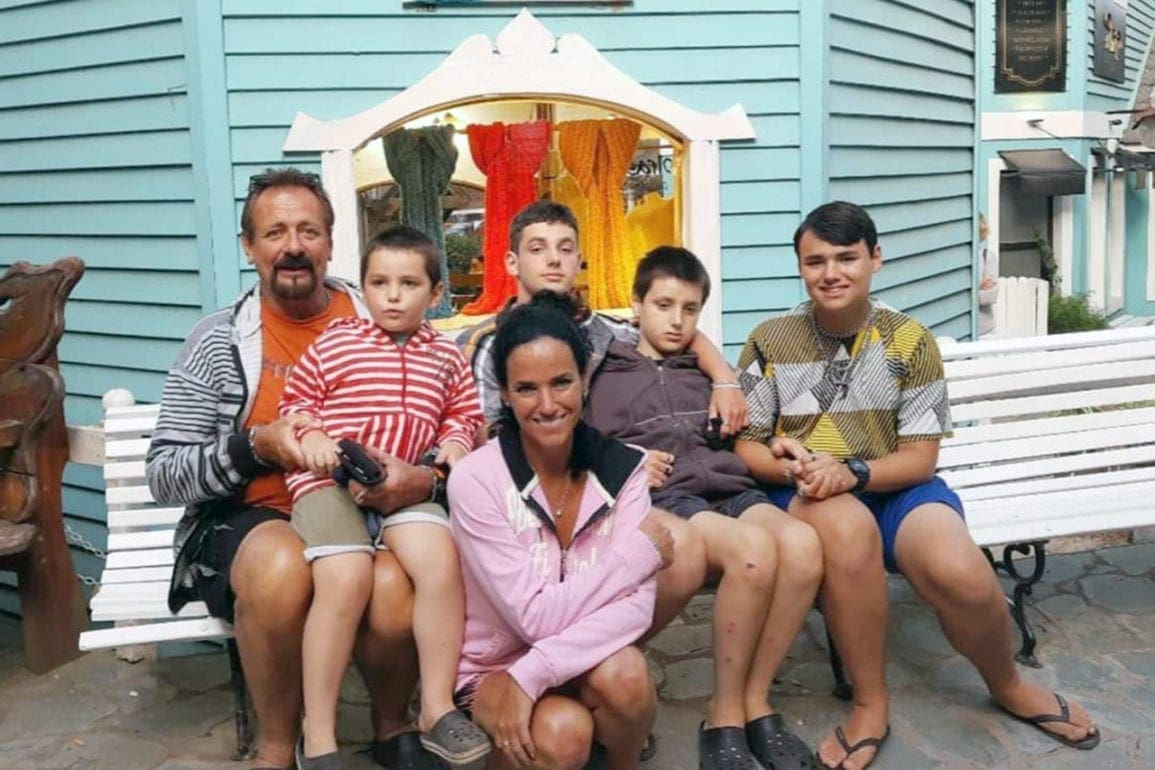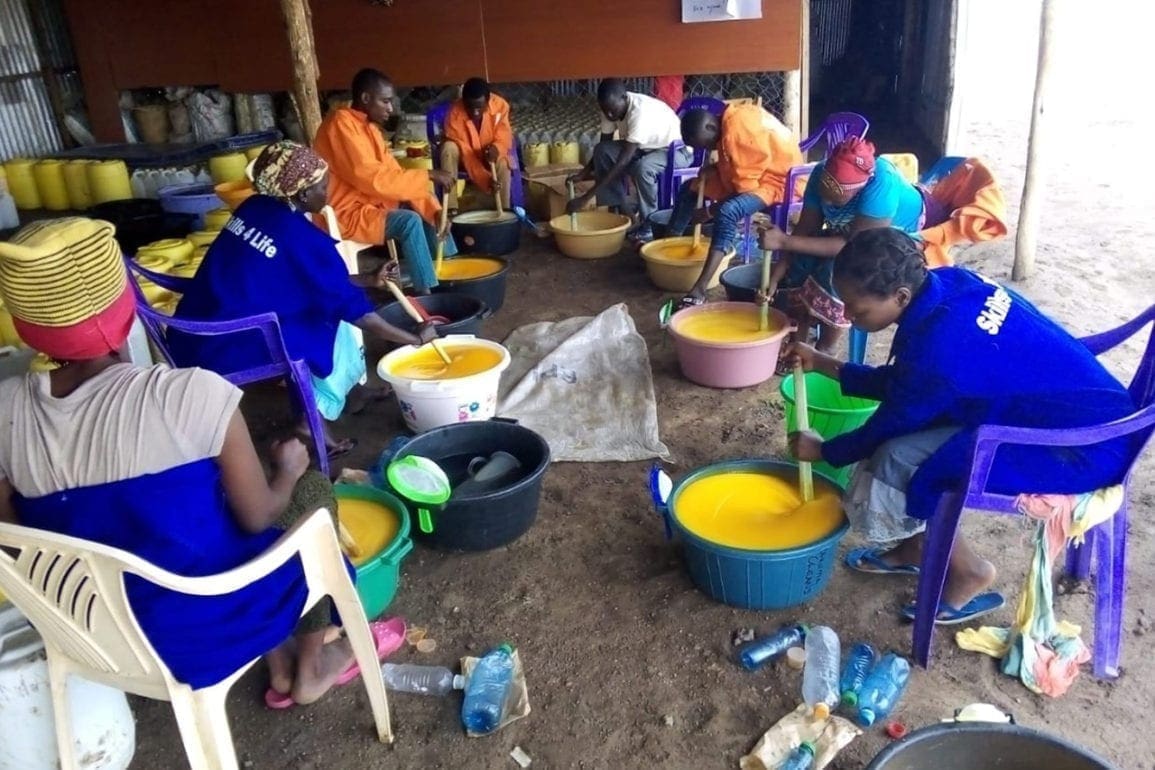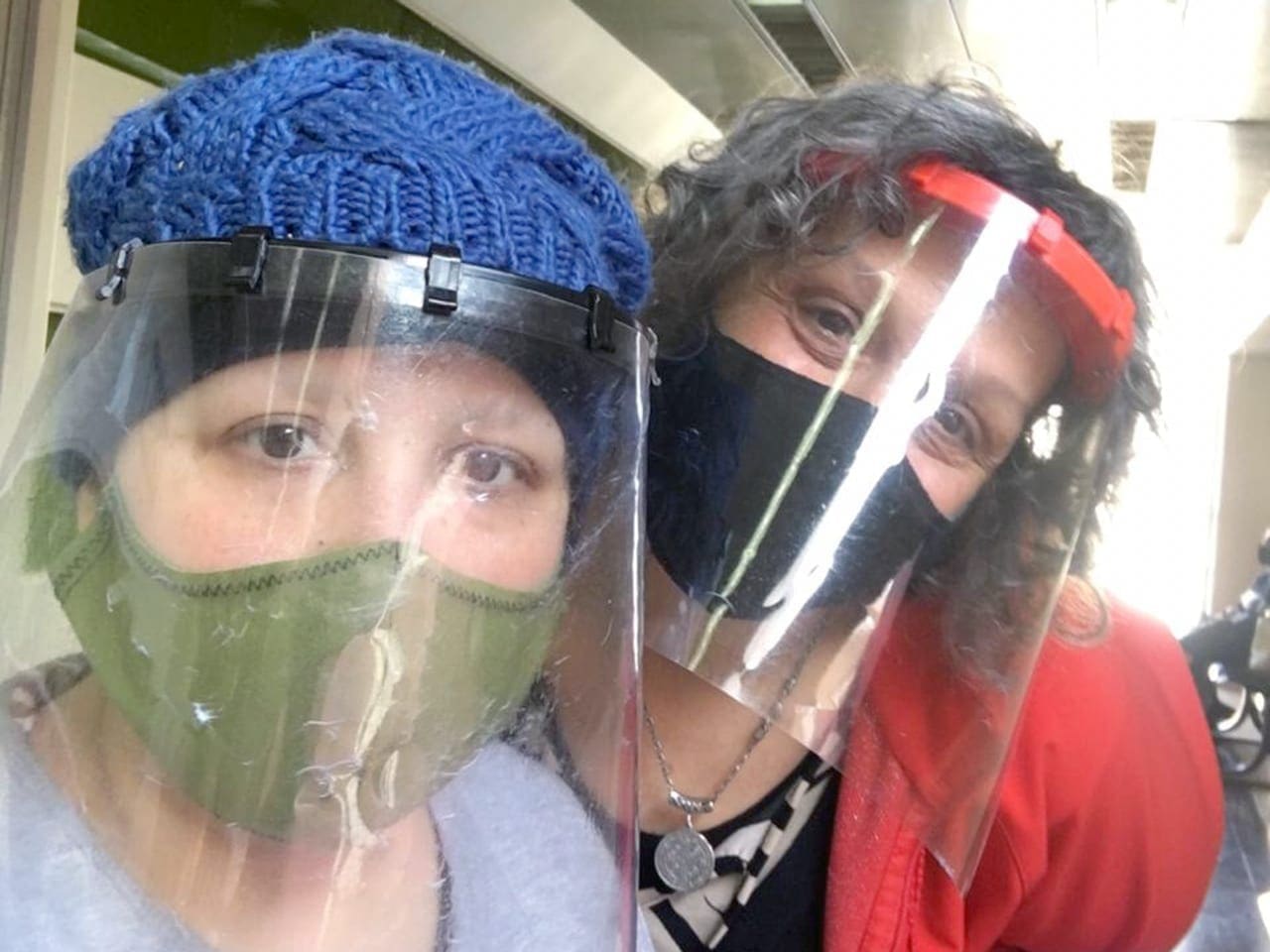Woman who struggled with compulsive cleaning turns skills into service: helping those with Hoarding Disorder
Fighting through the clutter of objects, I struggled to open the door. An overwhelming and foul odor filled the air. Inside, I encountered 17 dogs, barking and growling incessantly.
- 2 years ago
December 8, 2023
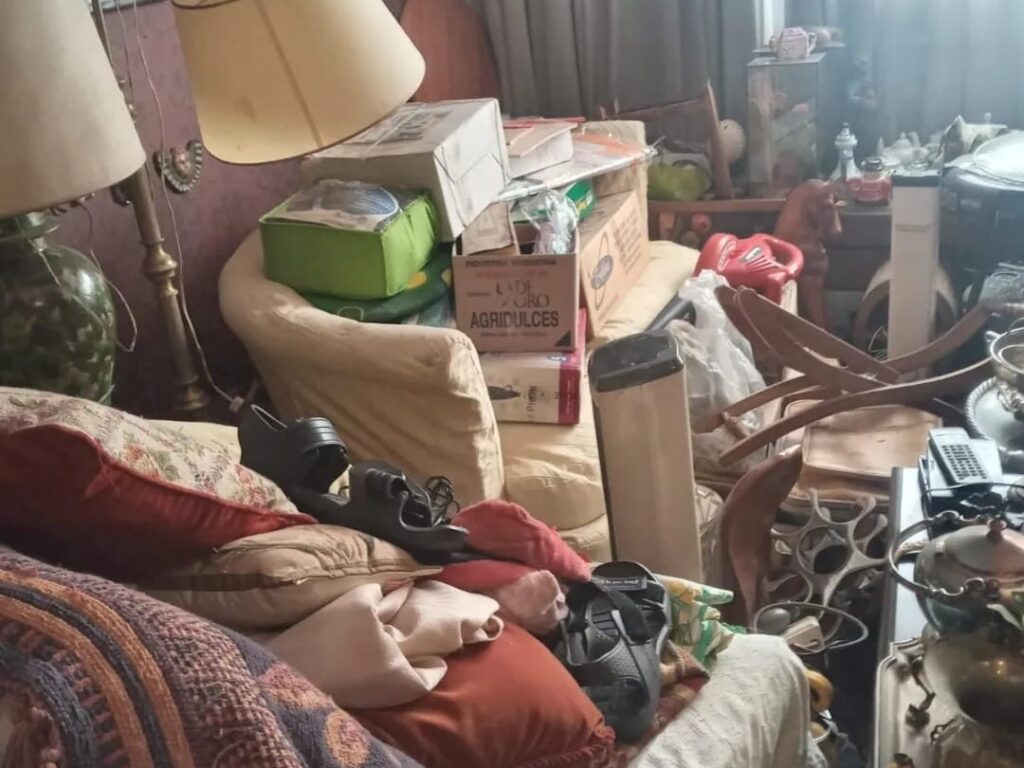
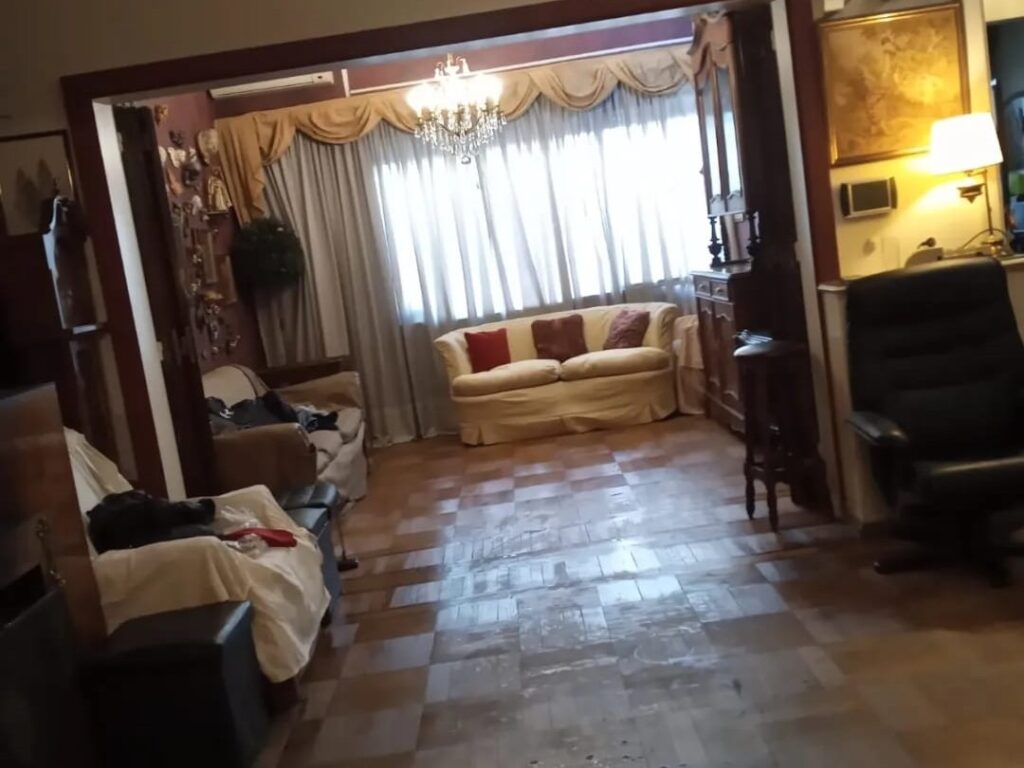
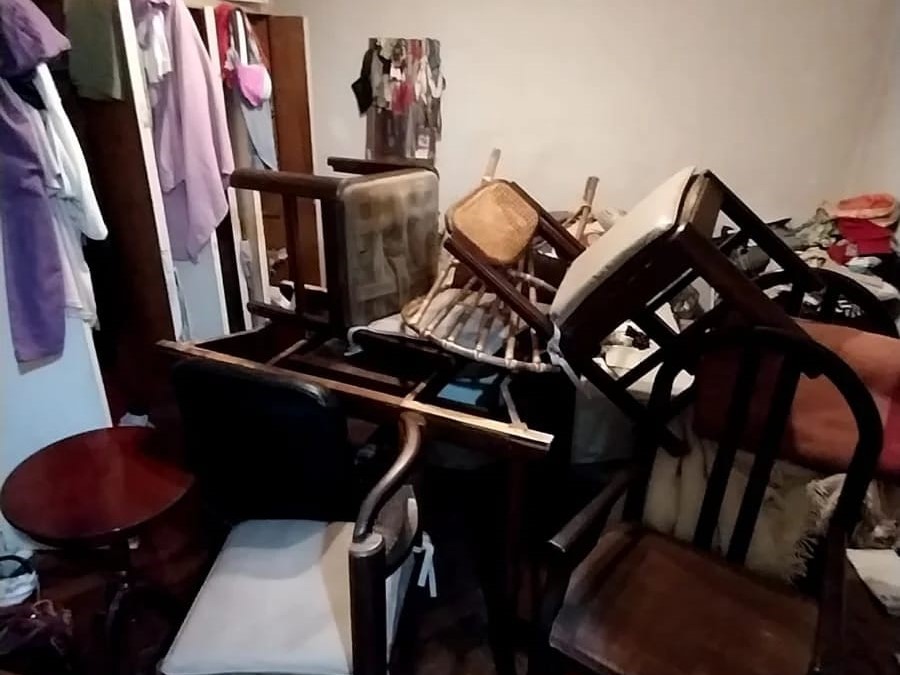
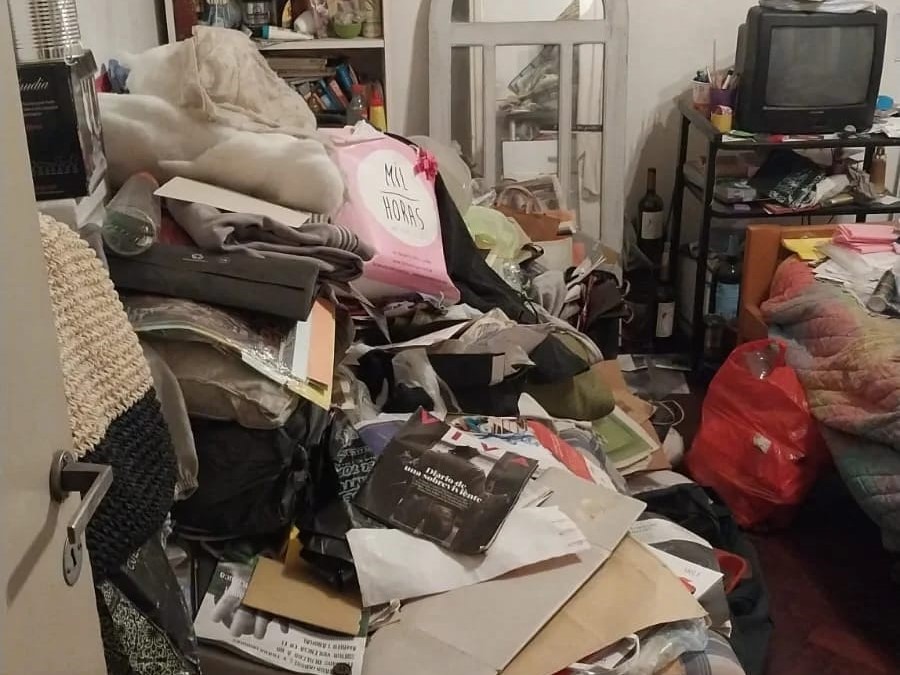
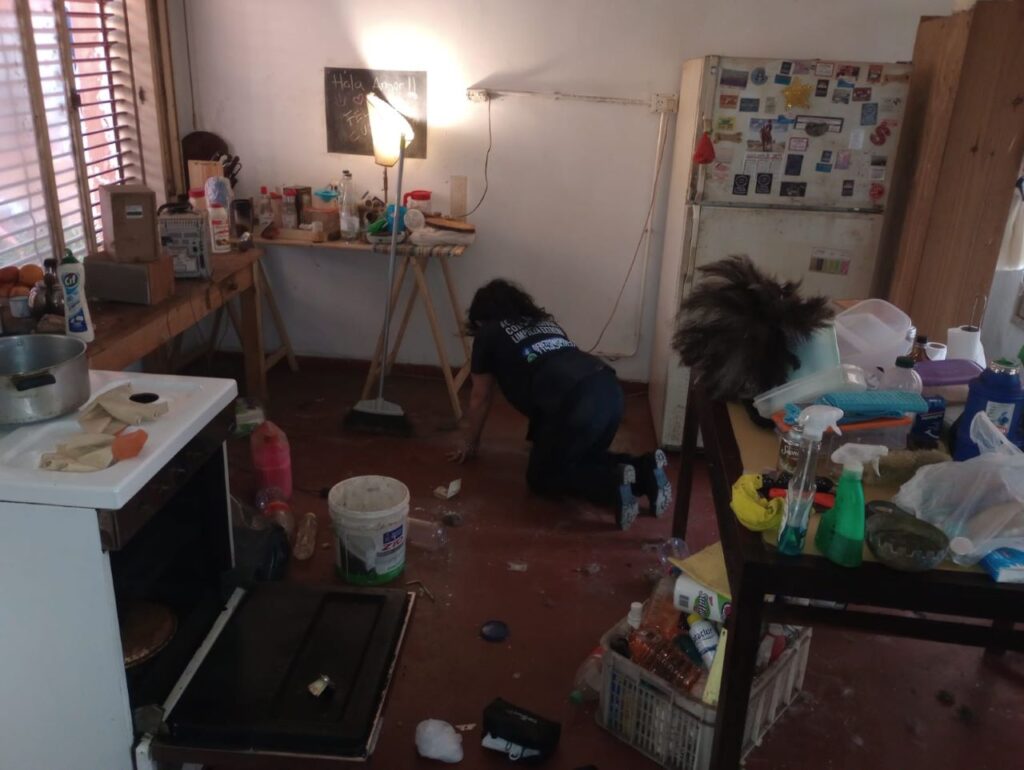
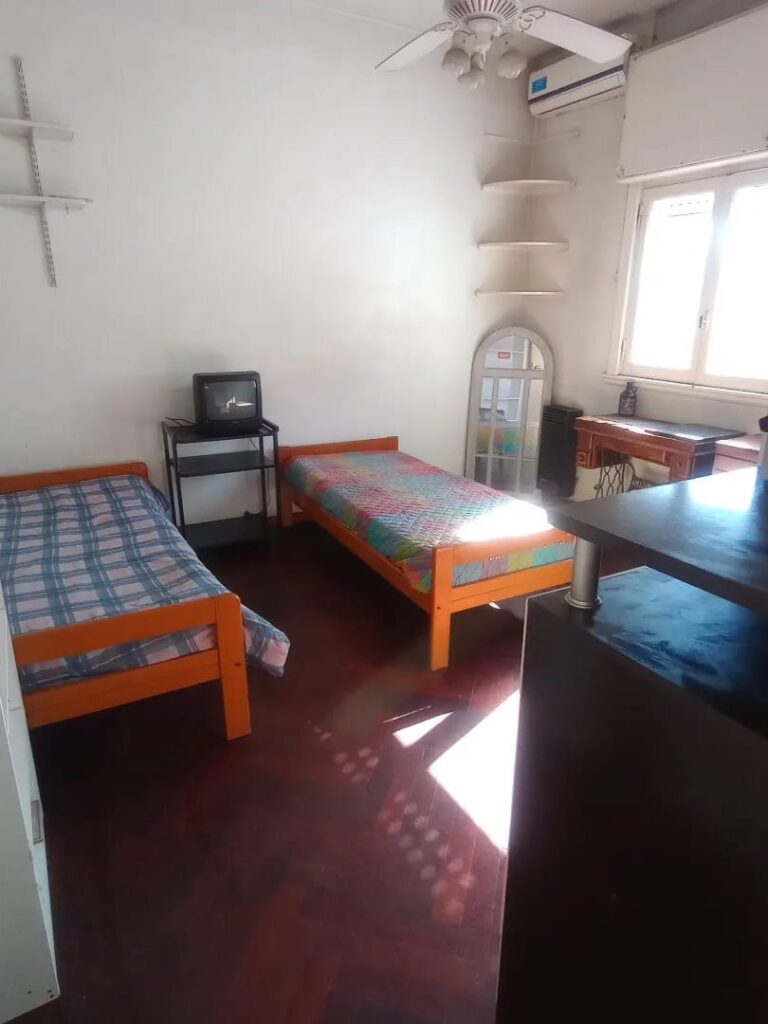
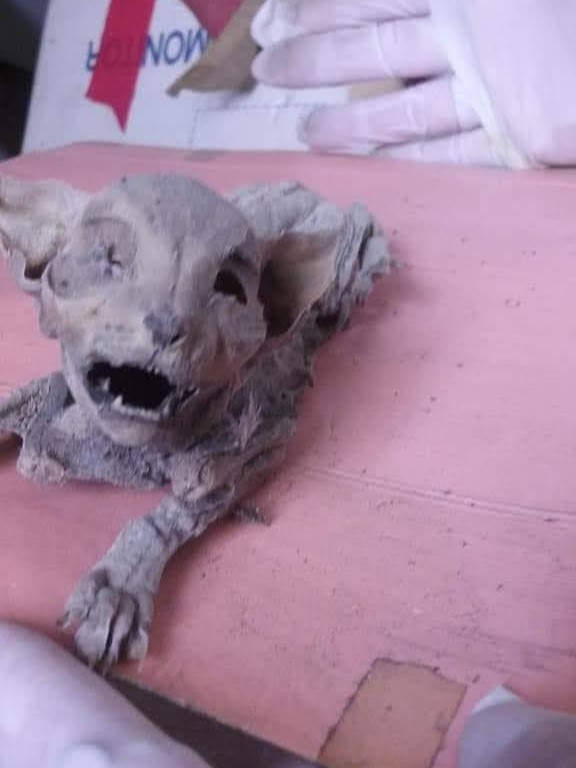
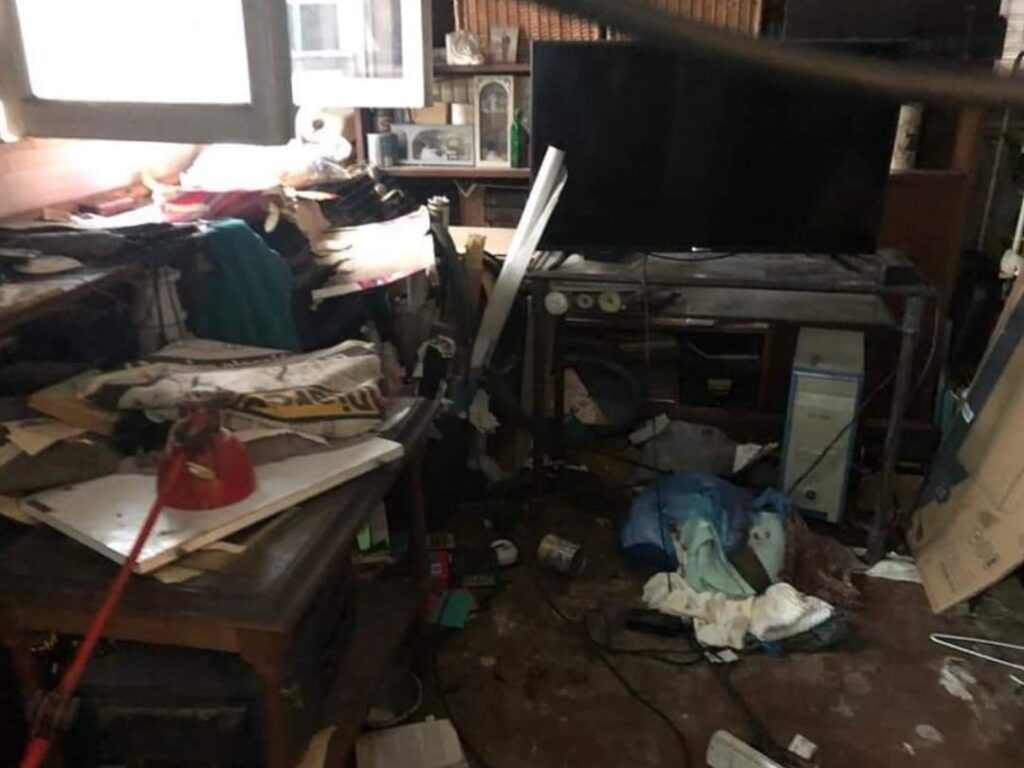
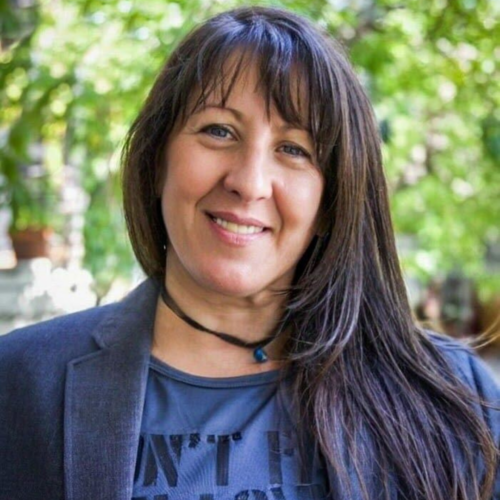
VILLA CELINA, Argentina – After facing my own struggles with obsessive cleanliness for years, I decided to give back by helping individuals with Hoarding Disorder to clean their homes. Working with families and individuals struggling with compulsive hoarding, I have the opportunity to aid those who remain buried under their possessions – converting chaos into order and finding joy in refreshed spaces.
My work involves forming deep connections, establishing trust, and supporting human beings on their journey through emotional recovery. Despite my own challenges battling compulsive cleaning and fibromyalgia, I am firmly committed to continuing my work and making a difference.
Read more stories on health related topics at Orato World Media
My cleaning sessions lasted long into the night until my therapist made a novel suggestion
For over three decades, I cleaned houses. It began as a routine job but transformed when I began working in the home of a woman obsessed with cleanliness. Her meticulous approach gradually consumed me, turning the task of cleaning into an obsession. Soon, my own home had to be spotless.
I began compulsively washing my hands to eliminate any trace of dirt and visits from friends became a source of stress rather than enjoyment. I fixated on their every touch – the chairs, the table, even their footsteps on the floor. All I saw were germs invading my space.
While there, I could barely wait for my friends to leave so I could begin my cleaning ritual. If they left at 3:00 a.m., I cleaned until dawn, disinfecting every inch. These cleaning sessions stretched late into the night, and I started to lose myself.
I needed change, so I sought out psychological support through therapy. It marked a turning point. My therapist suggested a novel approach: channel my behavior into my profession as a cleaner and keep it out of my personal space.
After uploading photos to Facebook, a family member of someone with Hoarding Disorder reached out
From that moment forward, when I went into homes to clean, I paid special attention to detail, zeroing in on tough spots like ovens and spending hours to make them shine. I began capturing my progress through photos and uploading them to a Facebook page I created.
One day, a family member of a compulsive hoarder reached out to me, marking the start of my journey working with clients struggling with Hoarding Disorder. When I went to the woman’s house for the first time, I sensed her fear immediately. The distress shone on her face as her eyes fell upon me. She clearly felt worried I might destroy her things.
Fighting through the clutter of objects, I struggled to open the door. An overwhelming and foul odor filled the air. Inside, I encountered 17 dogs, barking and growling incessantly. They were the true masters of the house. The floor remained hidden under layers of feces, hair, and years of neglect.
This older woman lived alone and even her bed lay covered in filth. My heart ached for her but I refused to let grief or shock distract me from my mission. I resolved to make her home livable again. The initial work took weeks.
I began by unclogging the pipes just to access water for cleaning. Once water flowed again, I began removing layers of dirt and the house revealed its true form. This cleaning process gave me a sense of pleasure, akin to a sculptor discovering a figure inside a block of marble. During breaks, I worked on building trust with the homeowner, who shared her pain-filled life story with me. I felt inspired to work more cases like this.
Helping compulsive hoarders became my life mission
In Argentina, few people specialize in helping people with Hoarding Disorder. Typically, companies charge exorbitant fees. I view my work as a community service, not just a commercial venture. My primary purpose is not to clean, but to help people.
Before I start my work in someone’s home, I converse with them. By building a relationship based upon mutual trust, I watch as they accept me and allow me to persuade them to let go of items worth discarding. I never deceive them or discard something they cherish.
As I move through the house, they accompany me, watching closely as I clean. I see how their homes mirror their internal state, and how cleaning and organizing can help heal them. I remember one woman who lived with numerous cats. Cleaning her home took weeks and involved the removal of seven dump trucks of trash.
The sheer number of cockroaches I encountered astounded me. They covered the walls and floors. When we moved furniture, we discovered deceased cats and rats, crushed under the weight of the garbage. Every step felt like a challenge as I constantly encountered obstacles. The absence of any livable space felt heartbreaking. I could barely imagine someone living there.
Despite the emotional and physical toll, my team and I push on to help as many as we can
Two years ago, the emotional toll of immersing myself in the stories of people with Hoarding Disorder began to weigh heavily on me. It felt like their struggles seeped into me and the impact went deep. In addition, I began experiencing physical challenges.
One day, I ended up in the hospital from severe back pain, which spread to my legs and left half my body numb. Diagnosed with fibromyalgia – a chronic condition often triggered by stress – I knew I needed to shift my role, but could not imagine giving up this important work.
Today, I continue to work alongside my team and the passion I feel keeps me involved with our clients. I want to delve into each of their stories, to understand their needs, and make sure they feel heard. If I could, I would do this job for free! My team and I – along with the occasional contractors who join us to address necessary repairs on the homes – charge the bare minimum.
If someone cannot afford our service, we provide it regardless. When I consider the human beings out there struggling with Hoarding Disorder, leaving them alone in dire conditions is not an option for me. Life isn’t just about money. My purpose in life is to help others.



